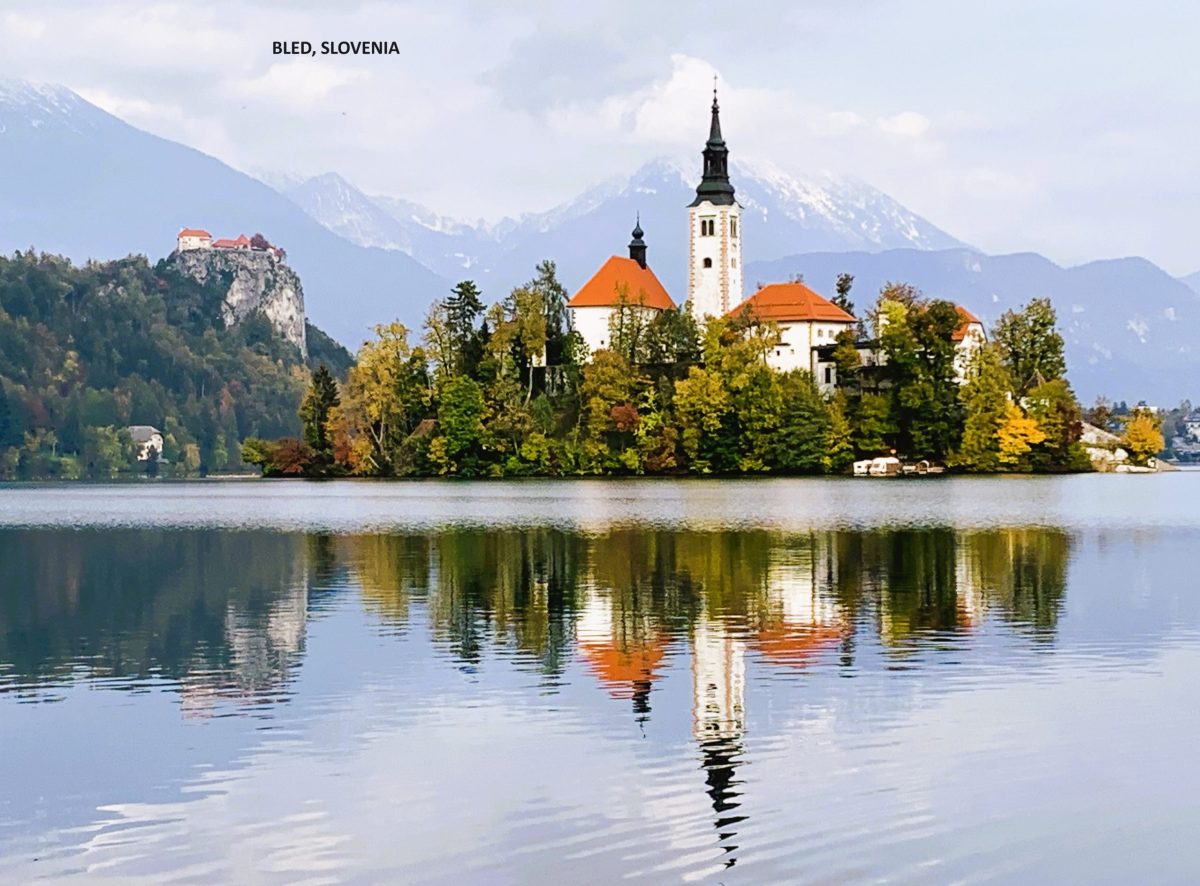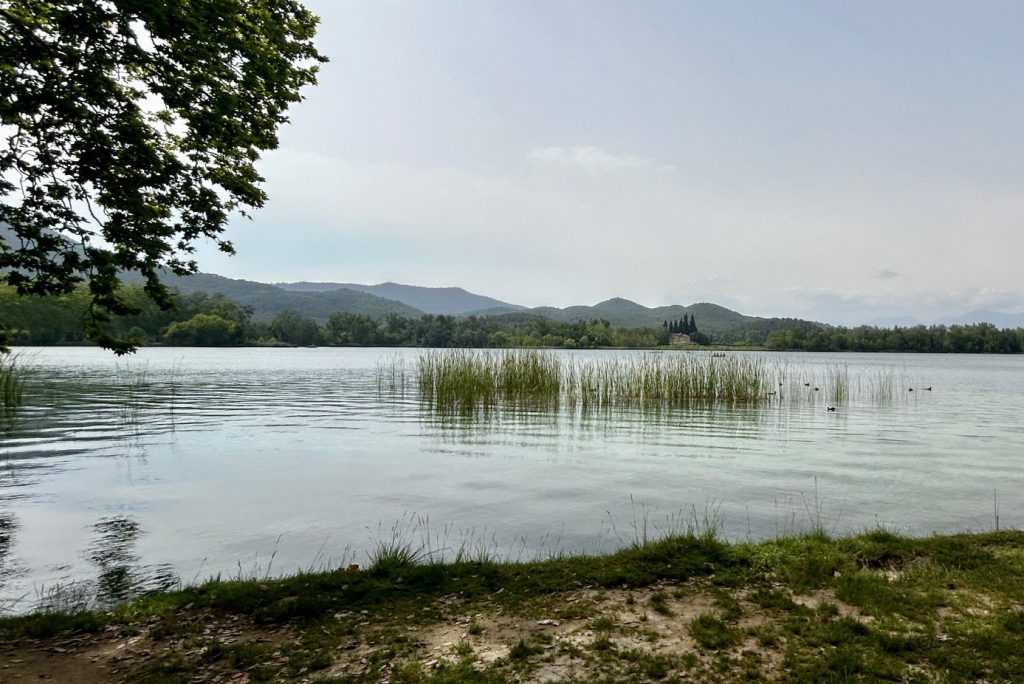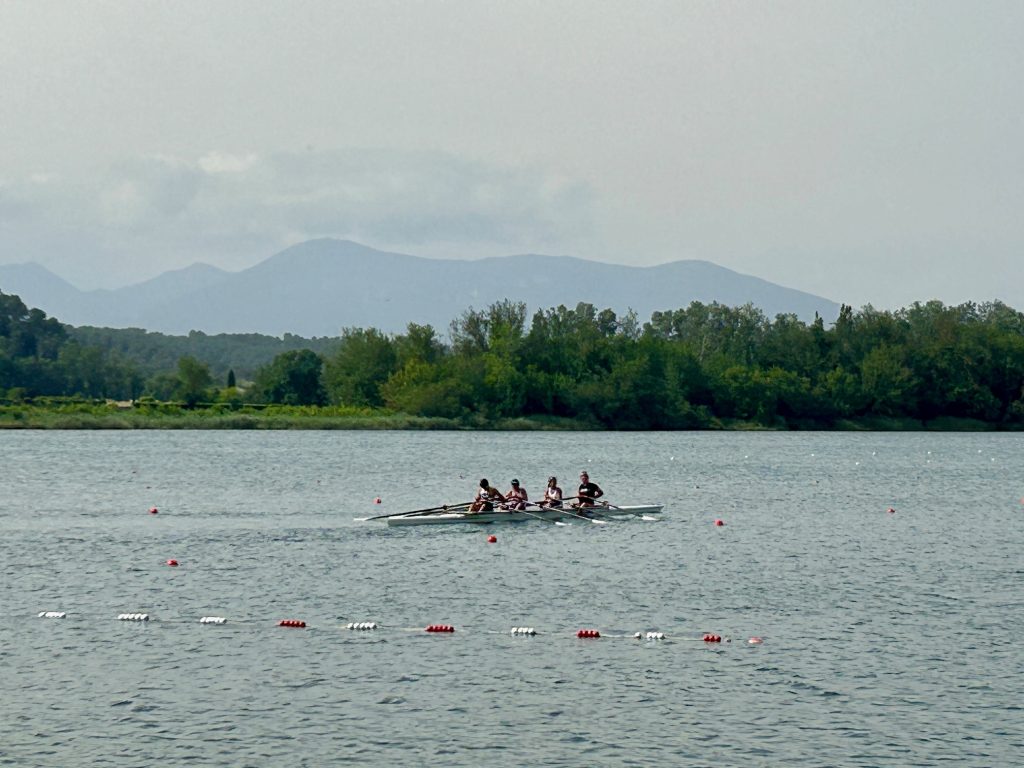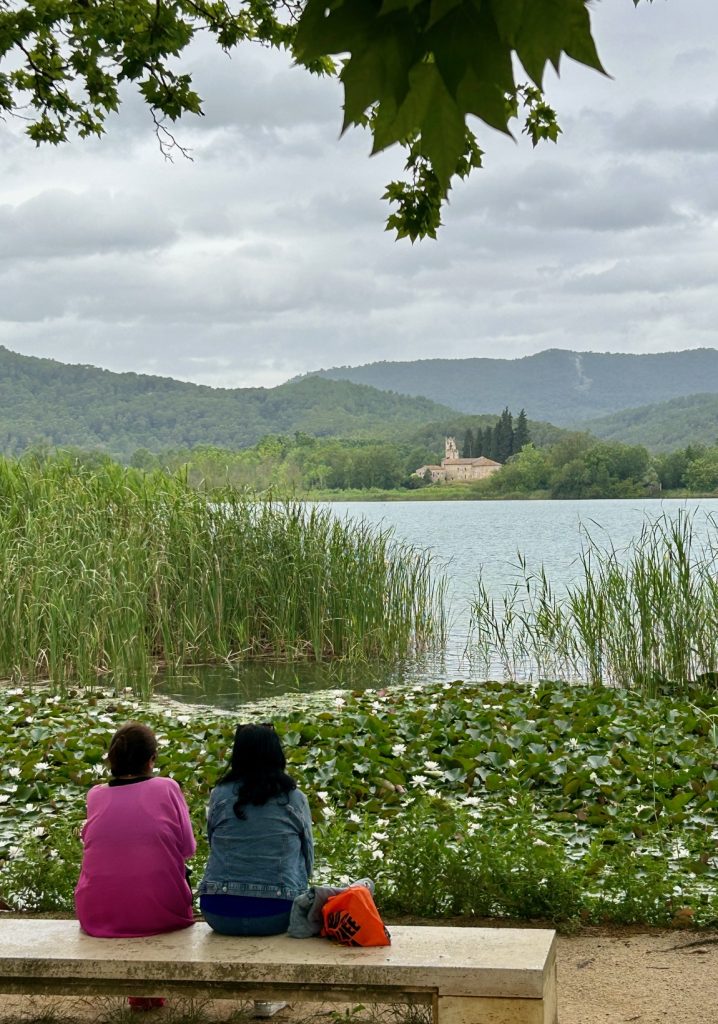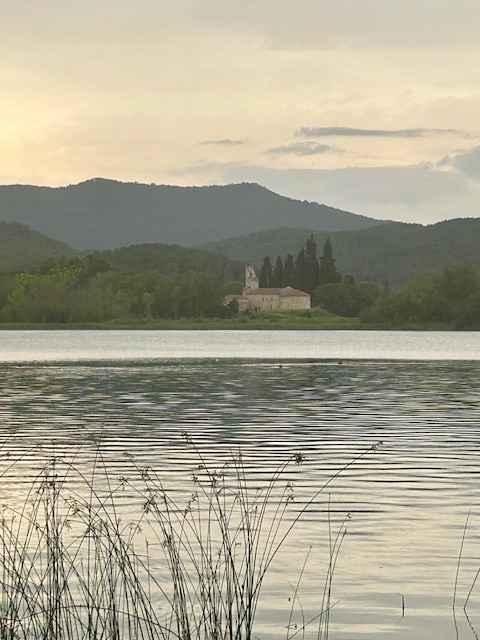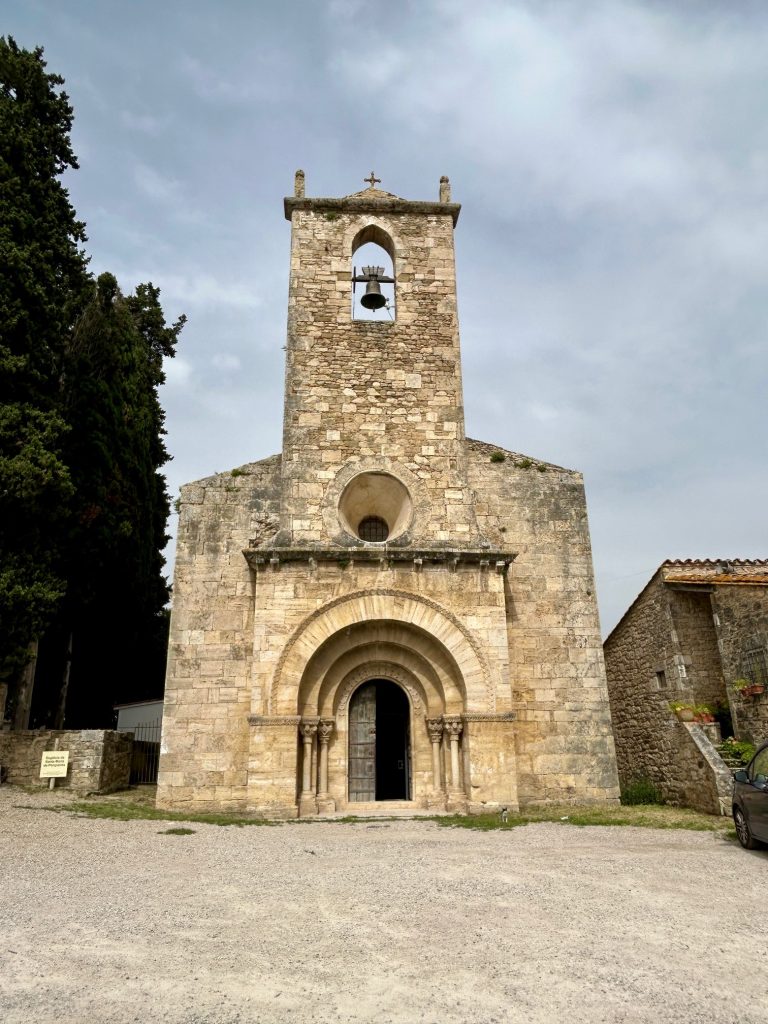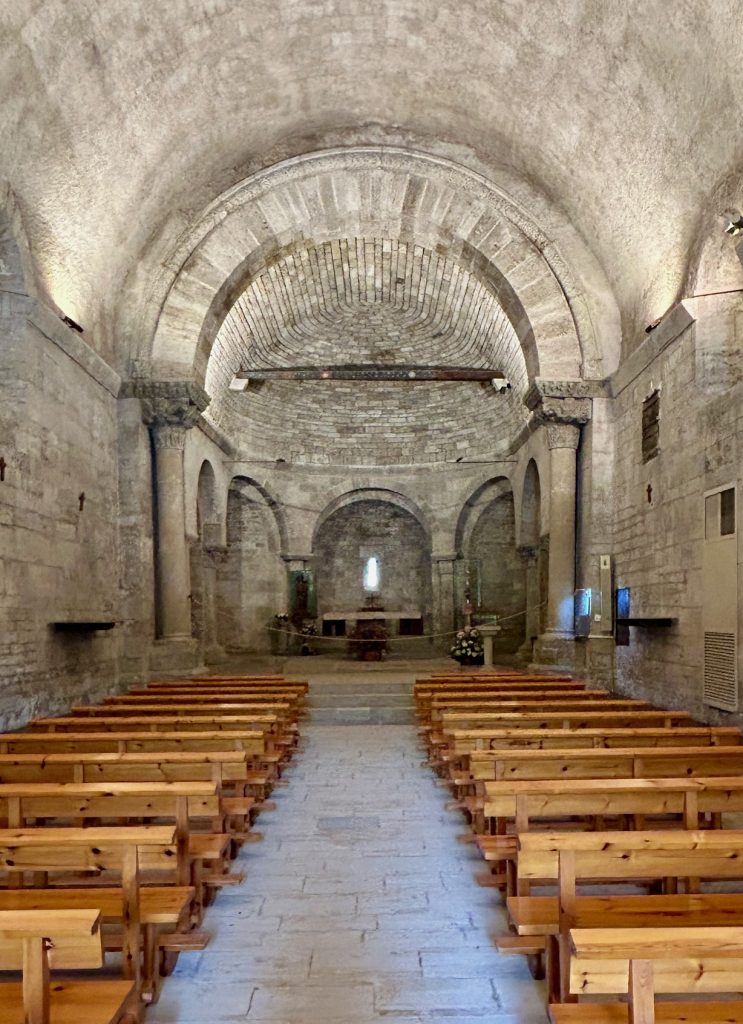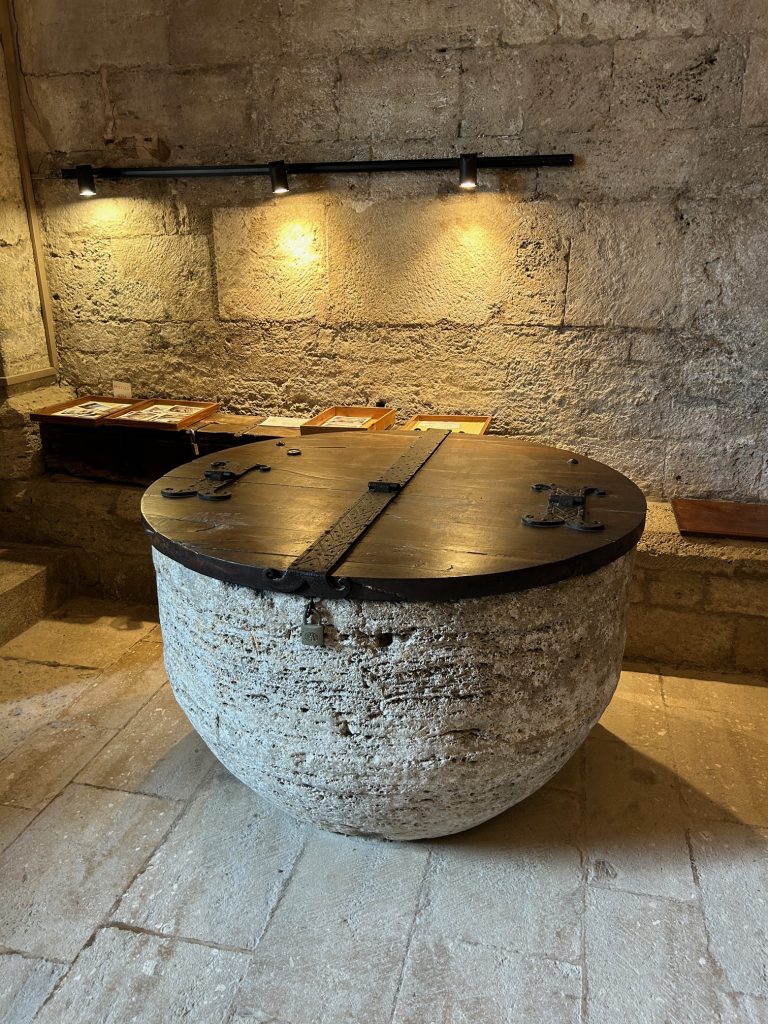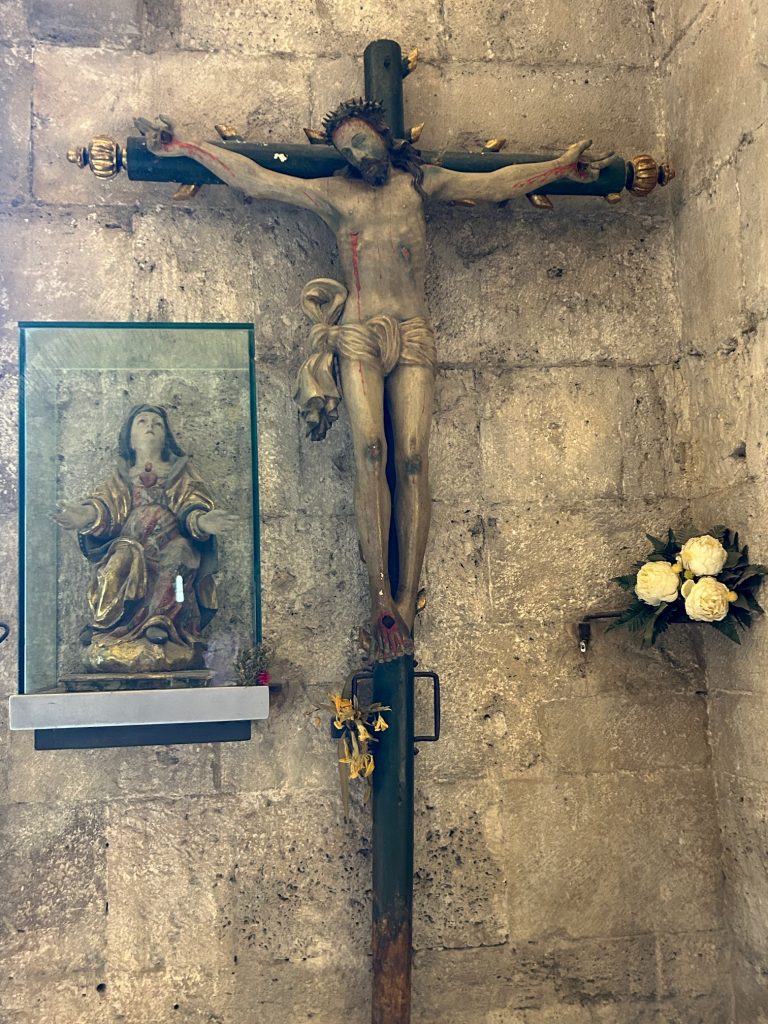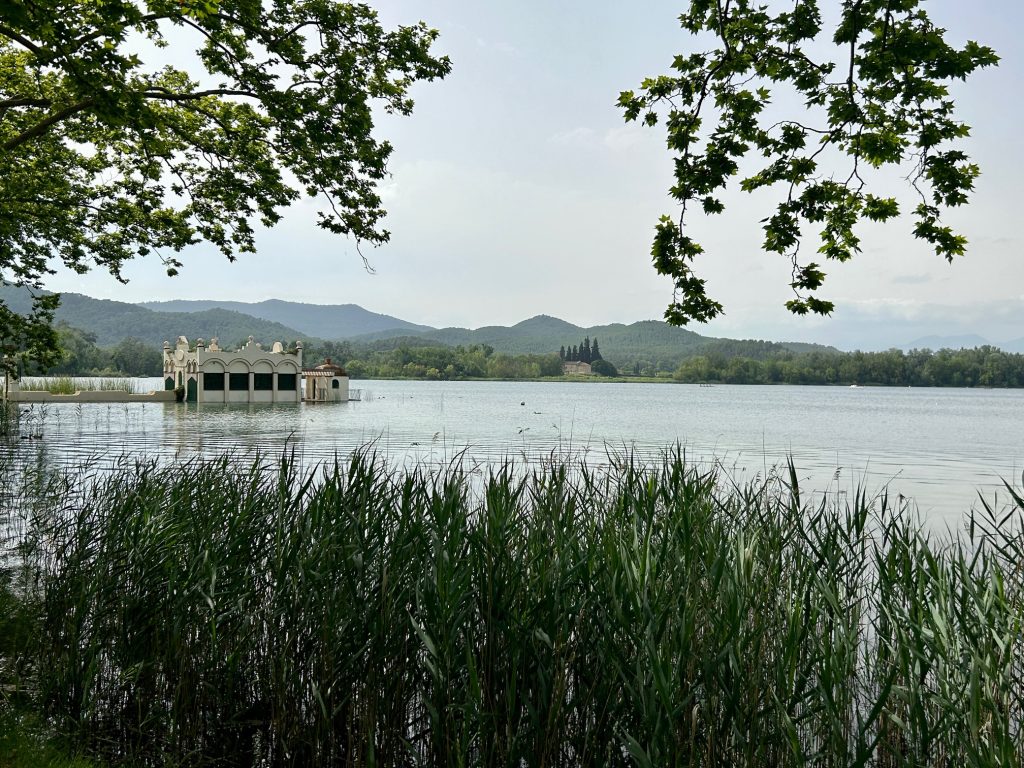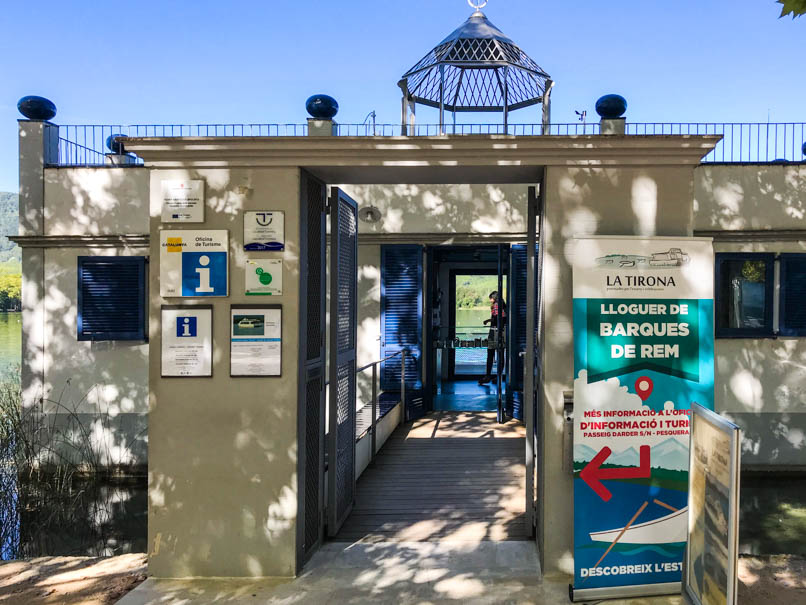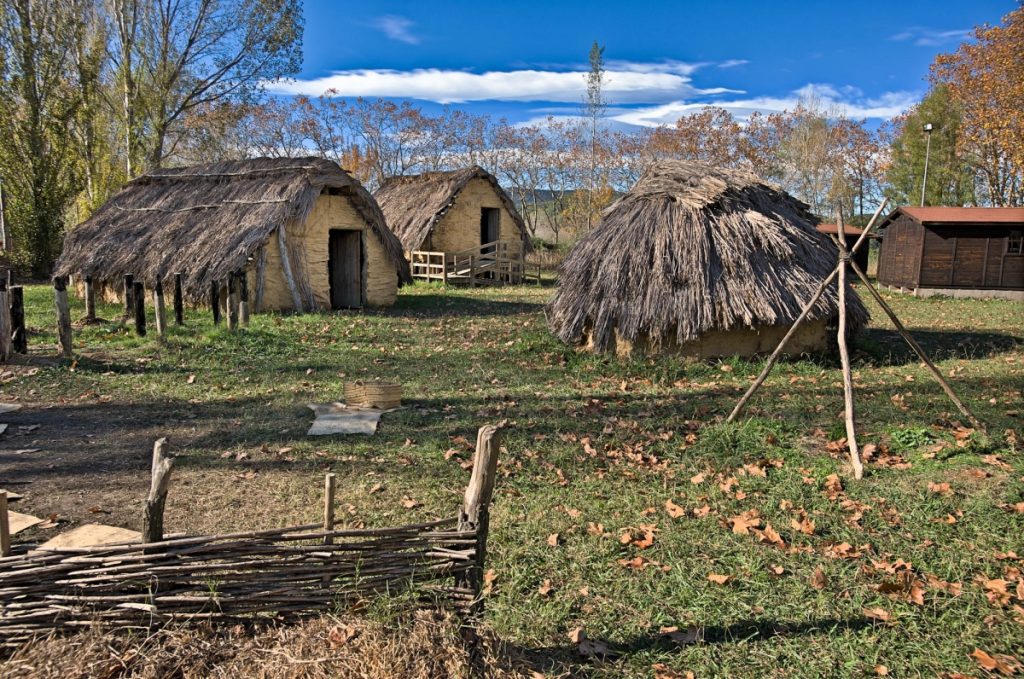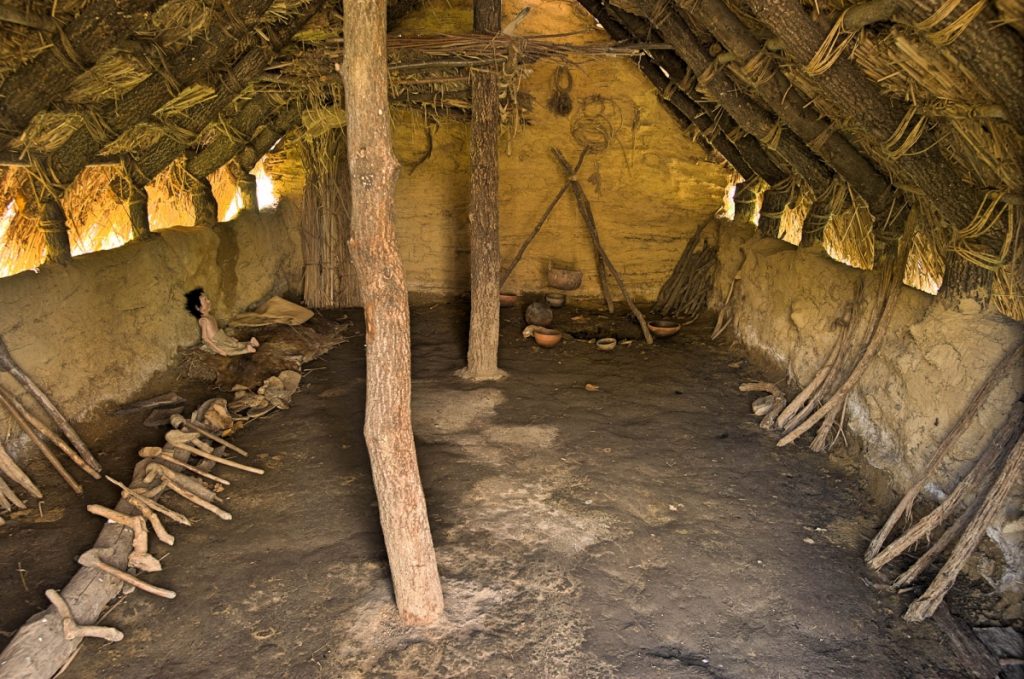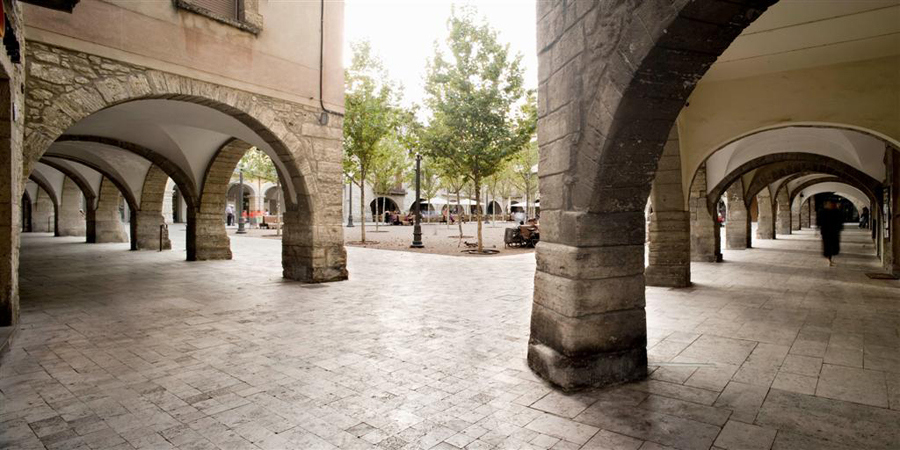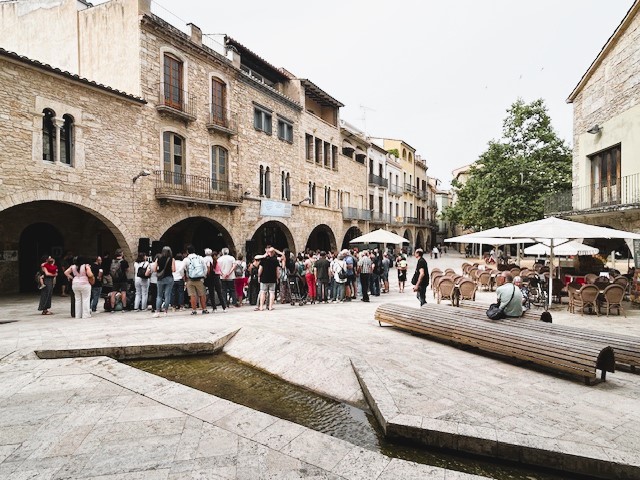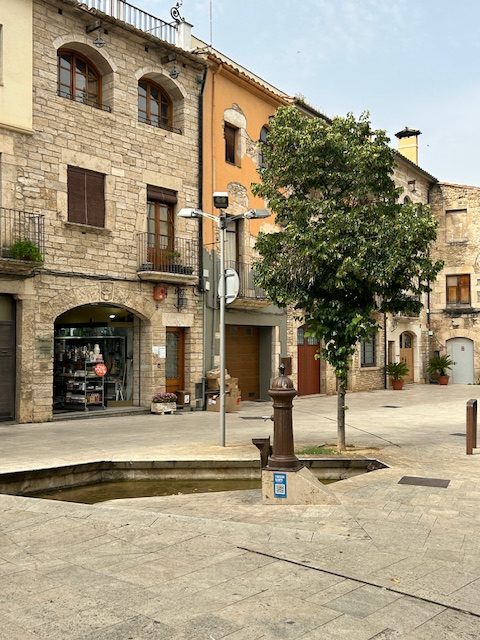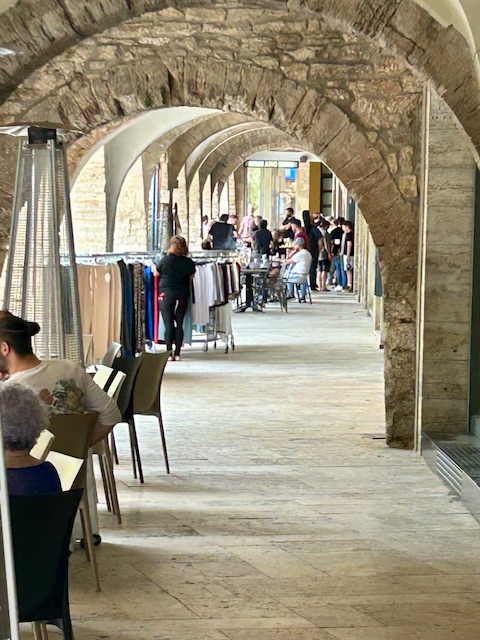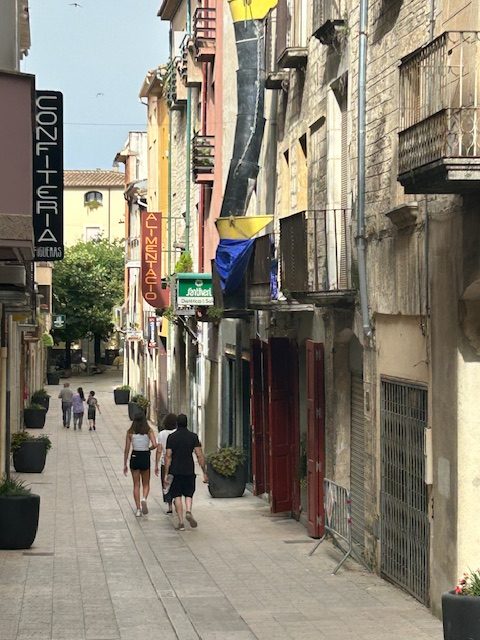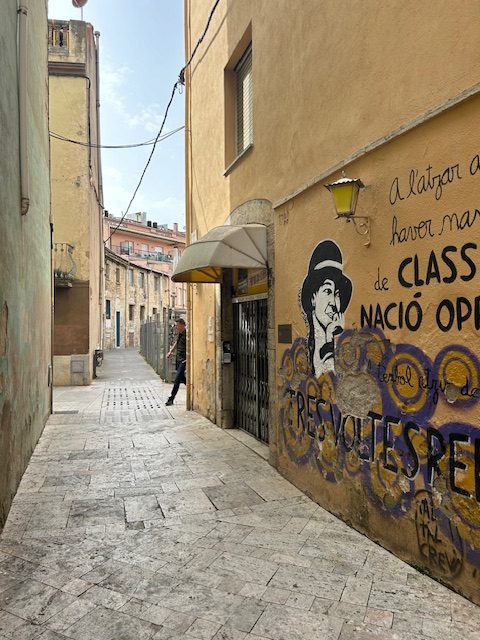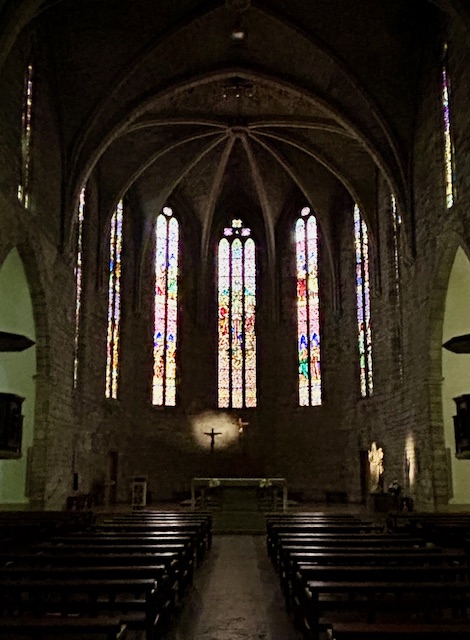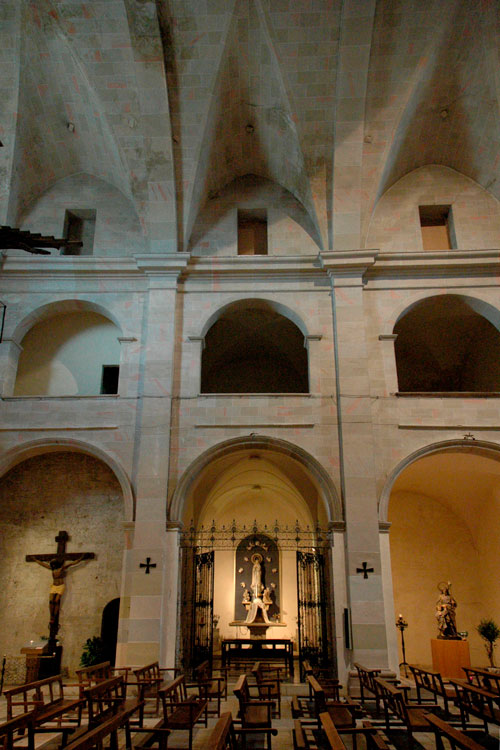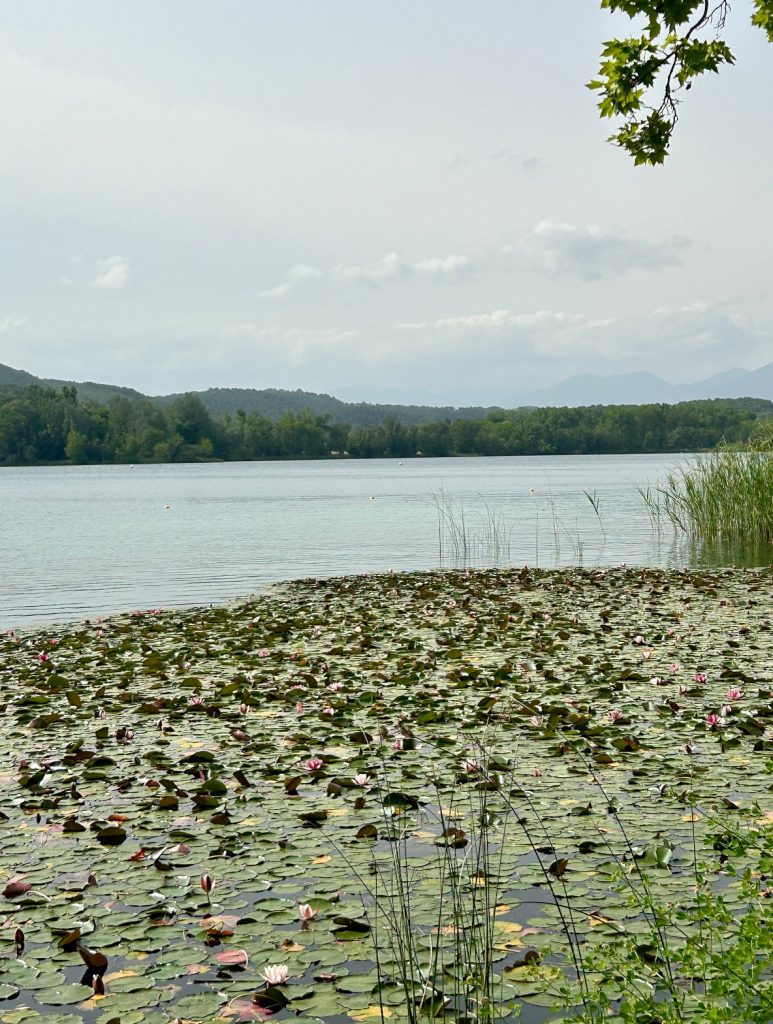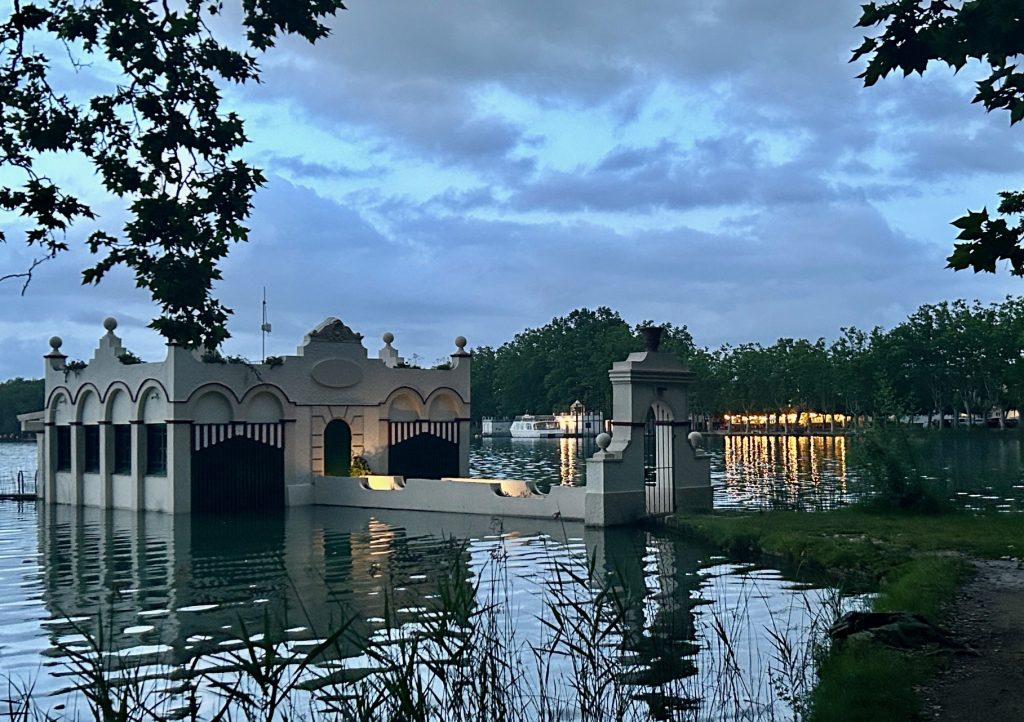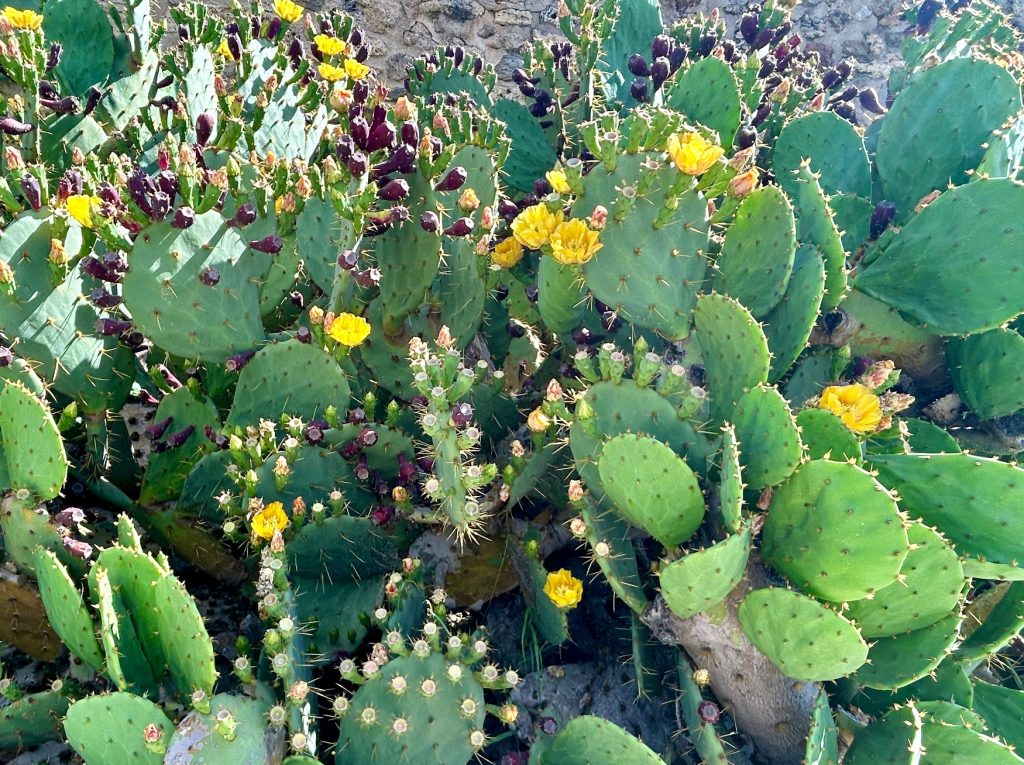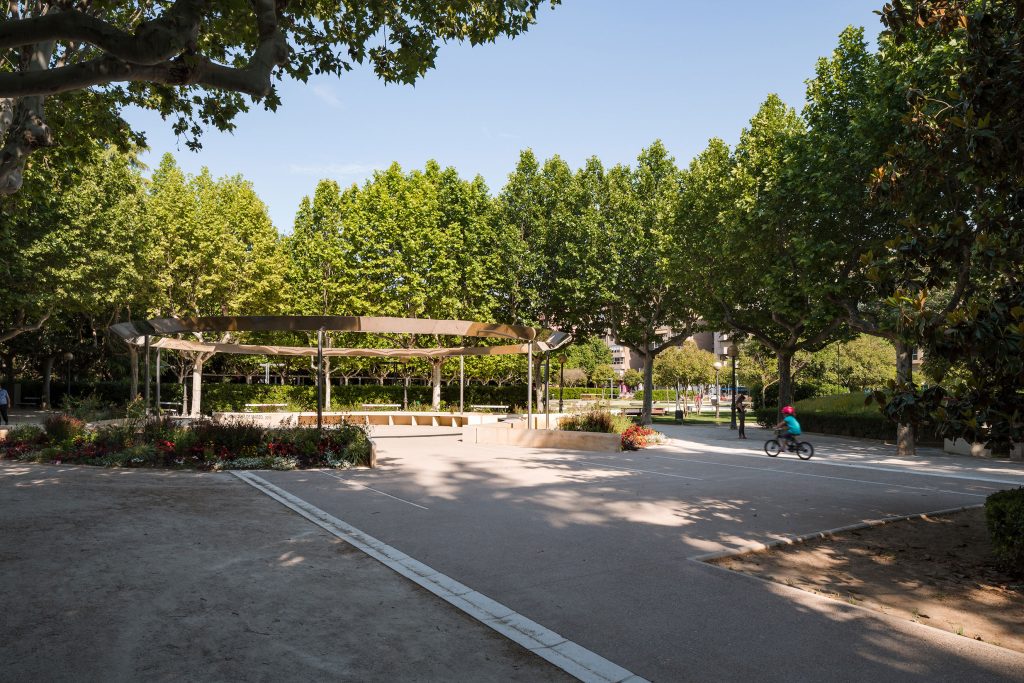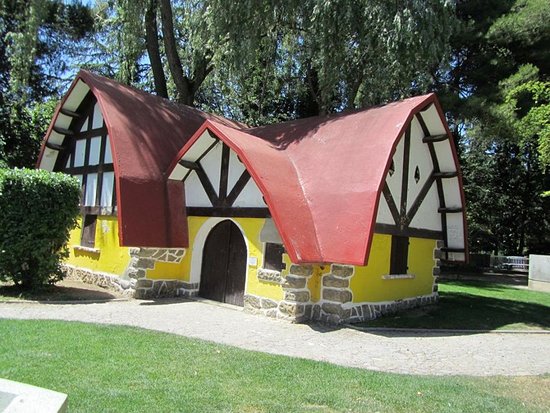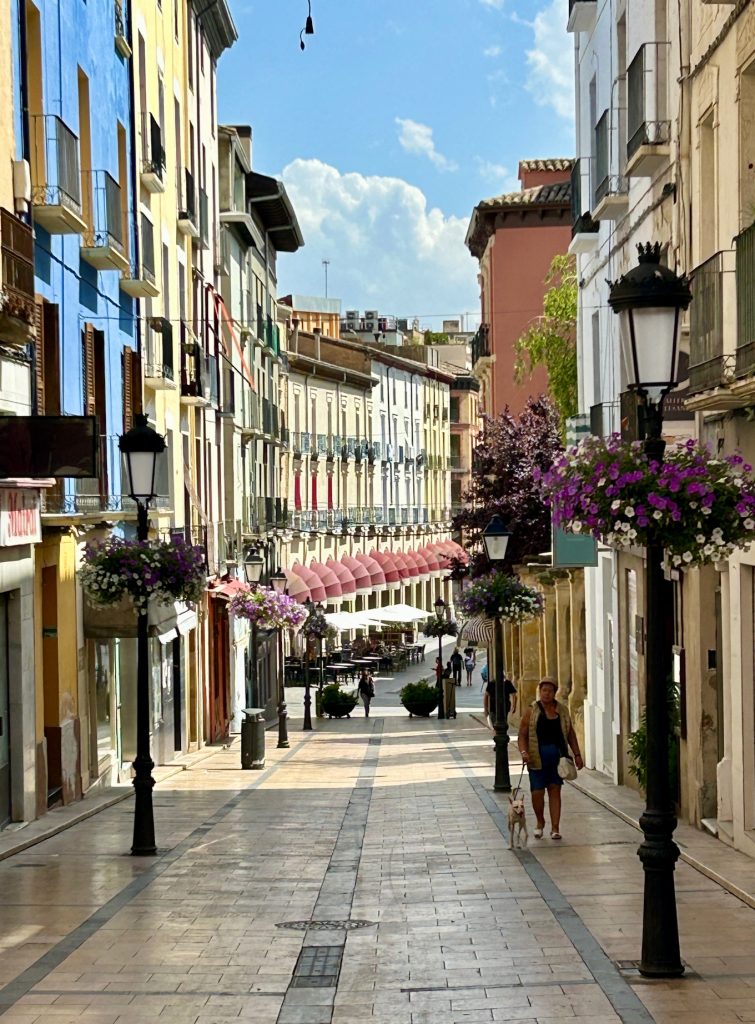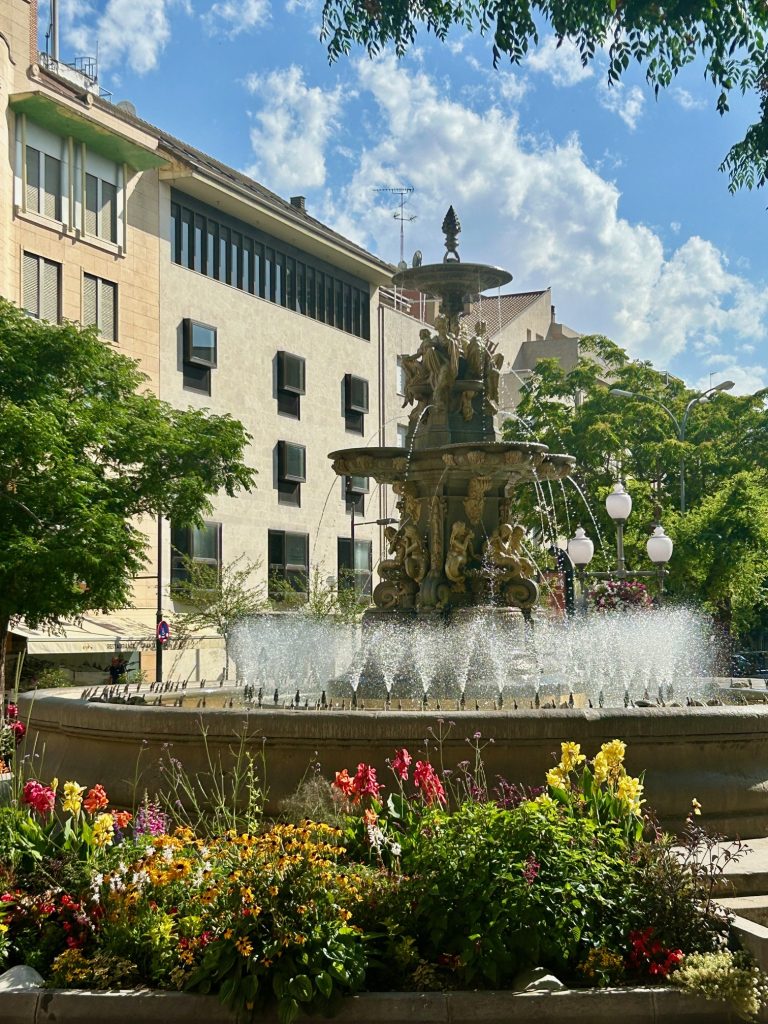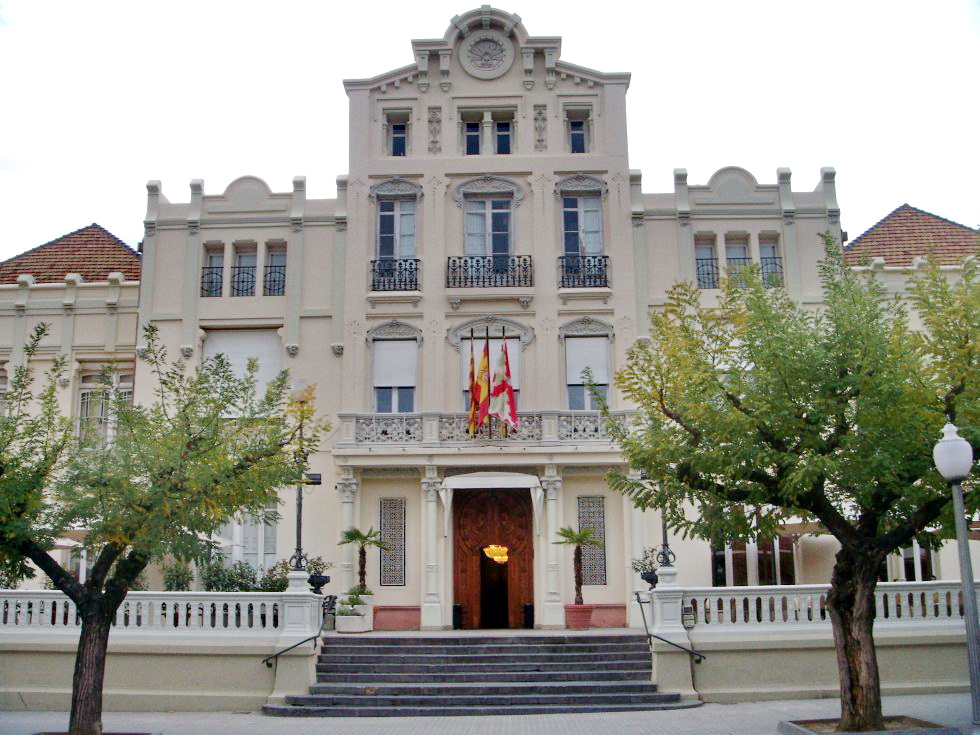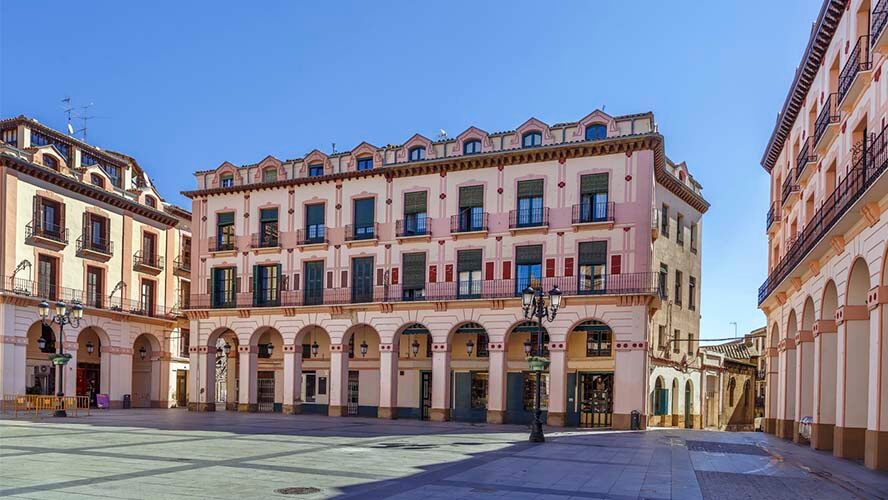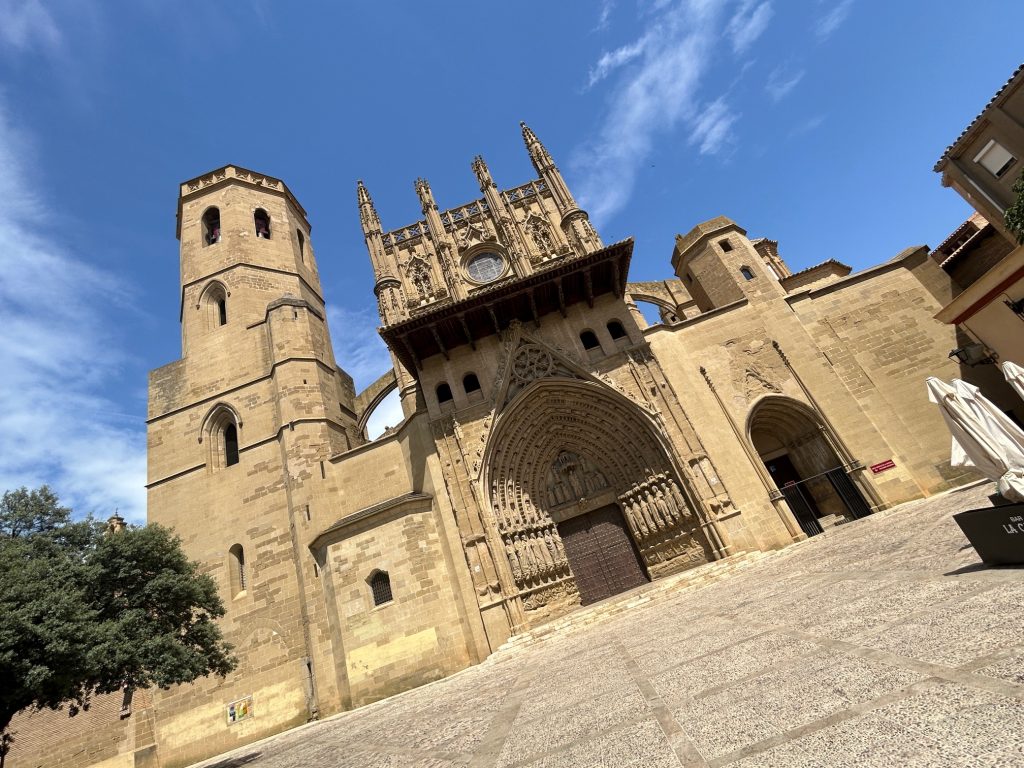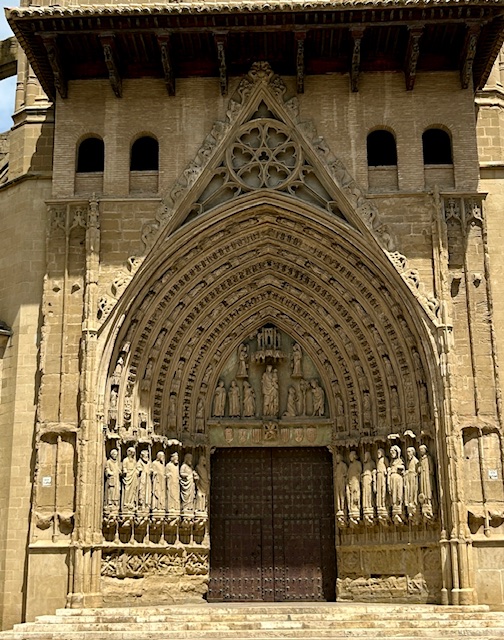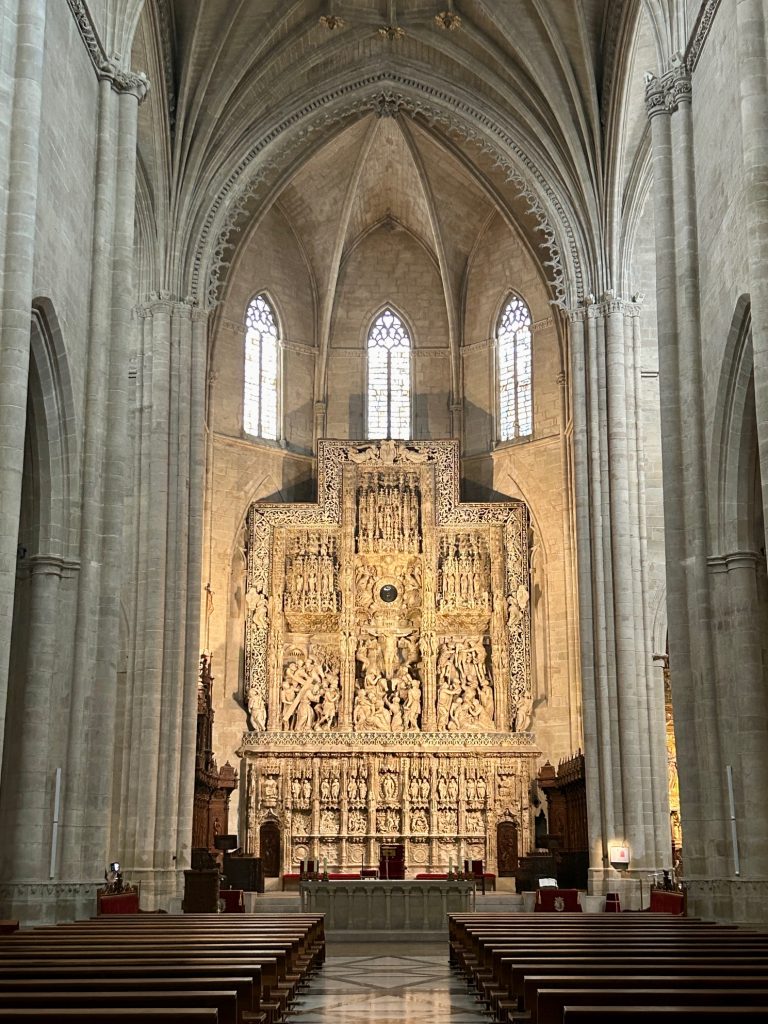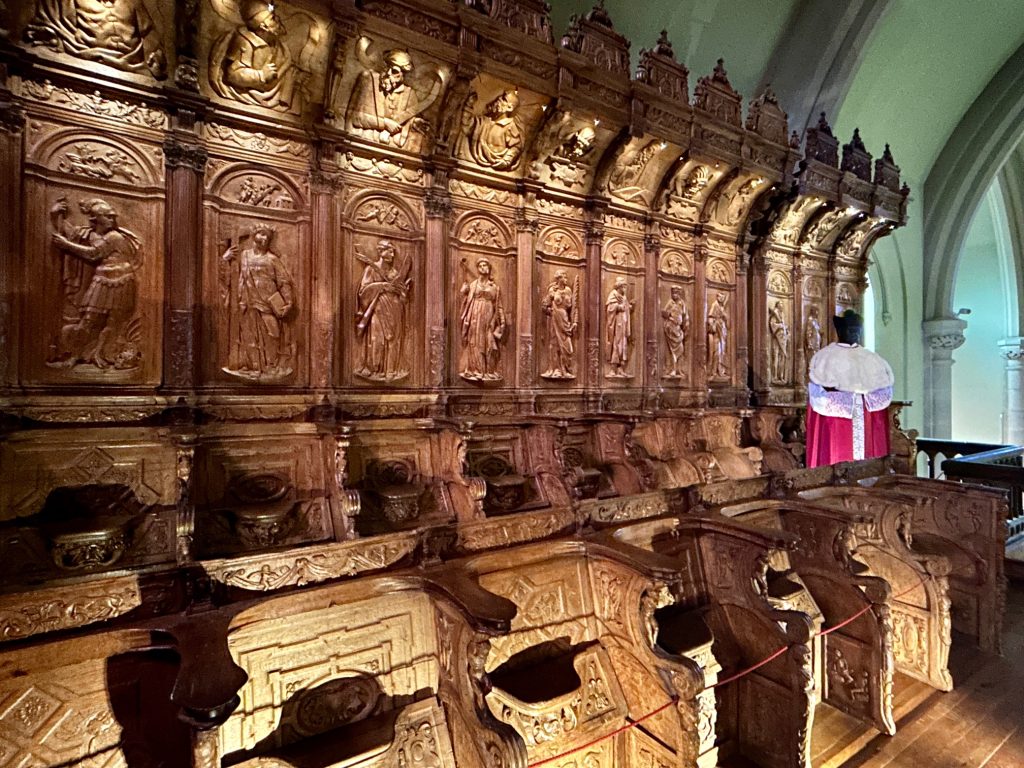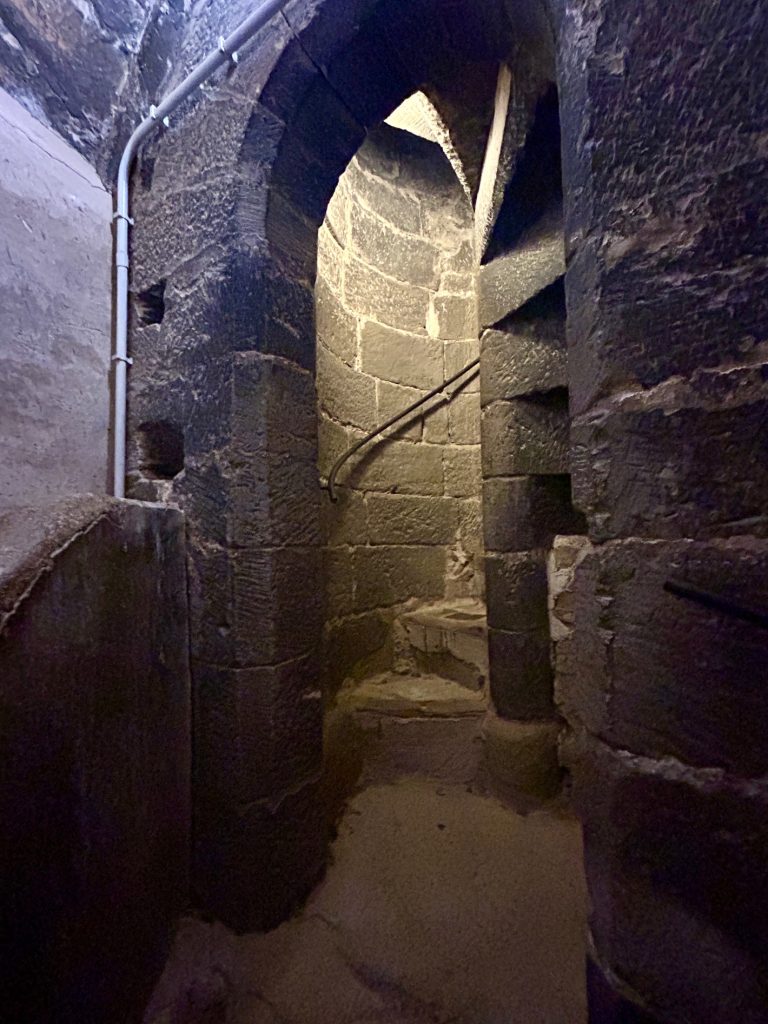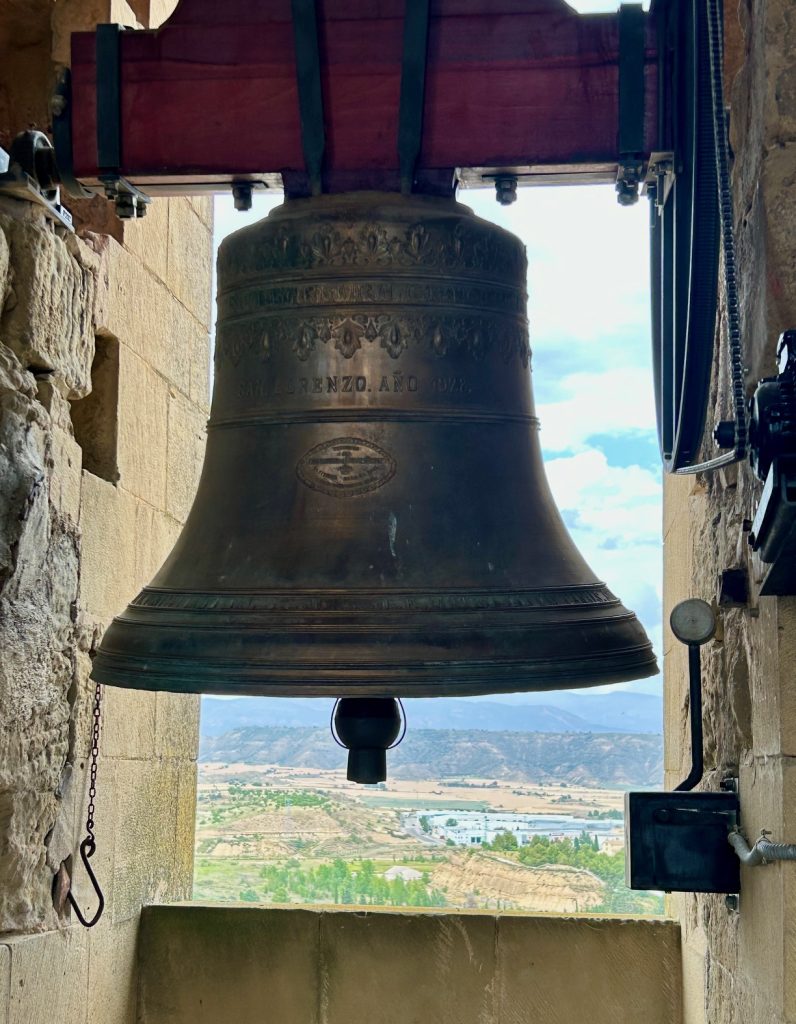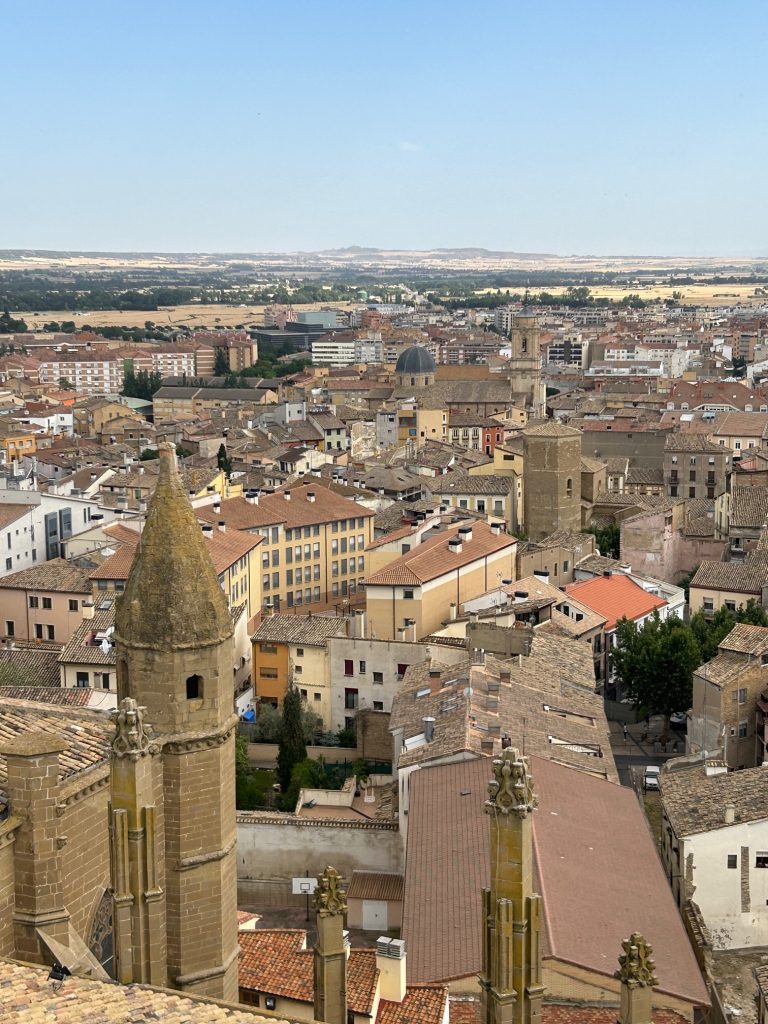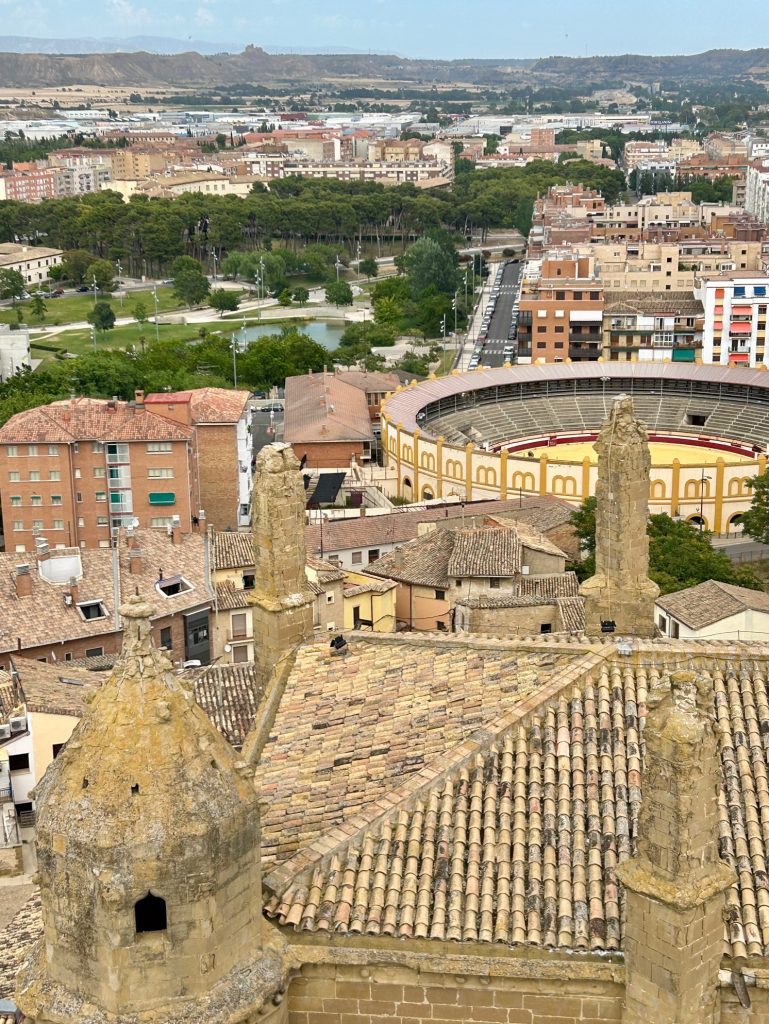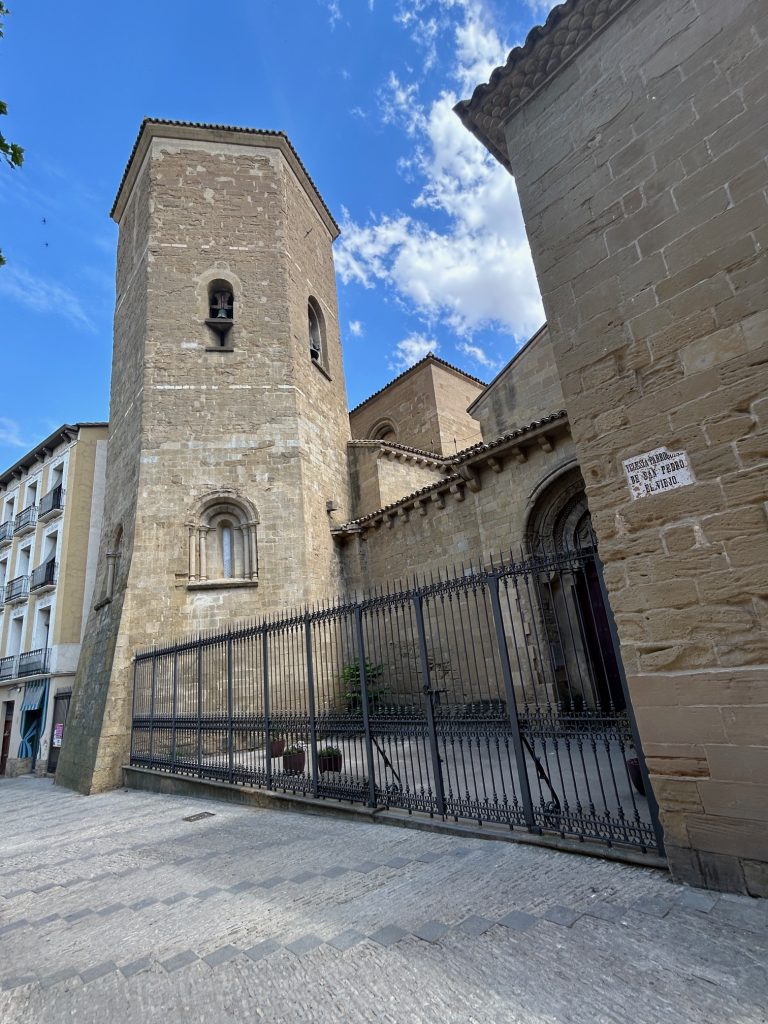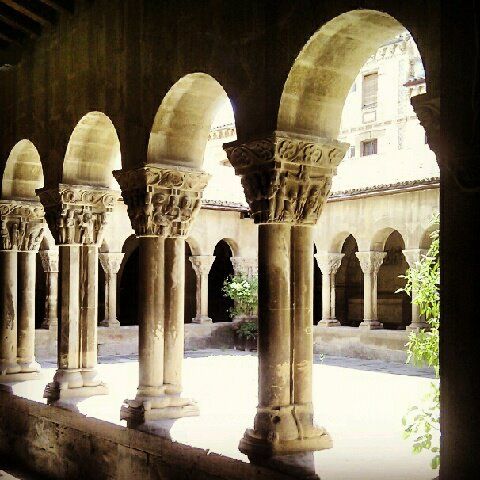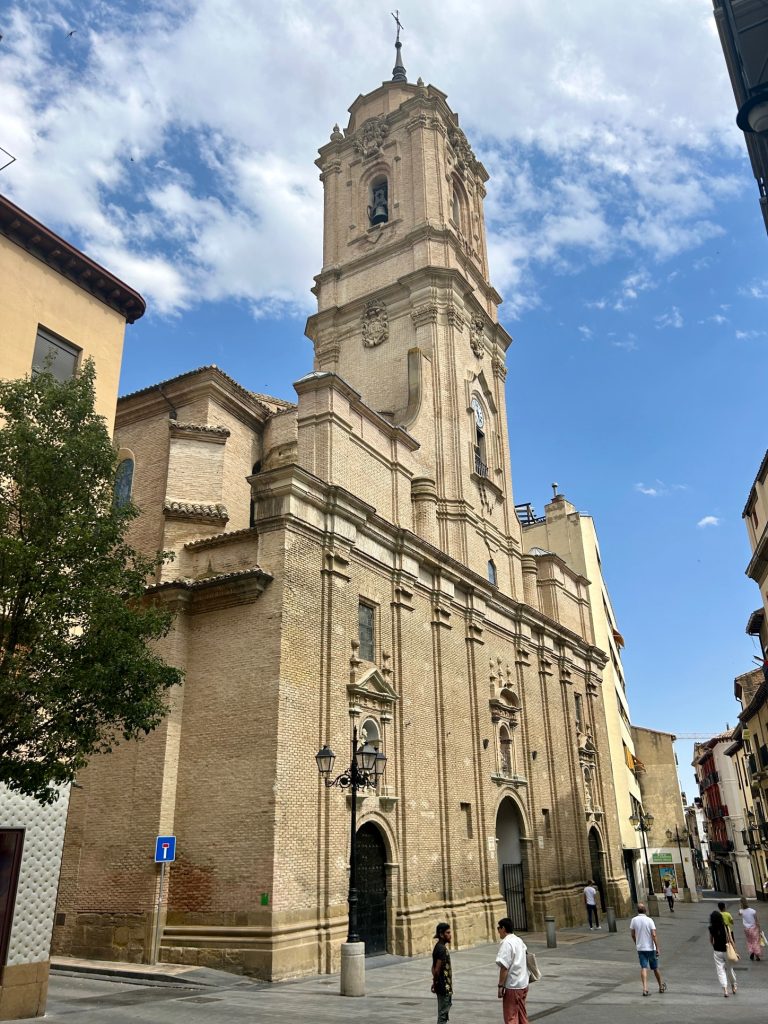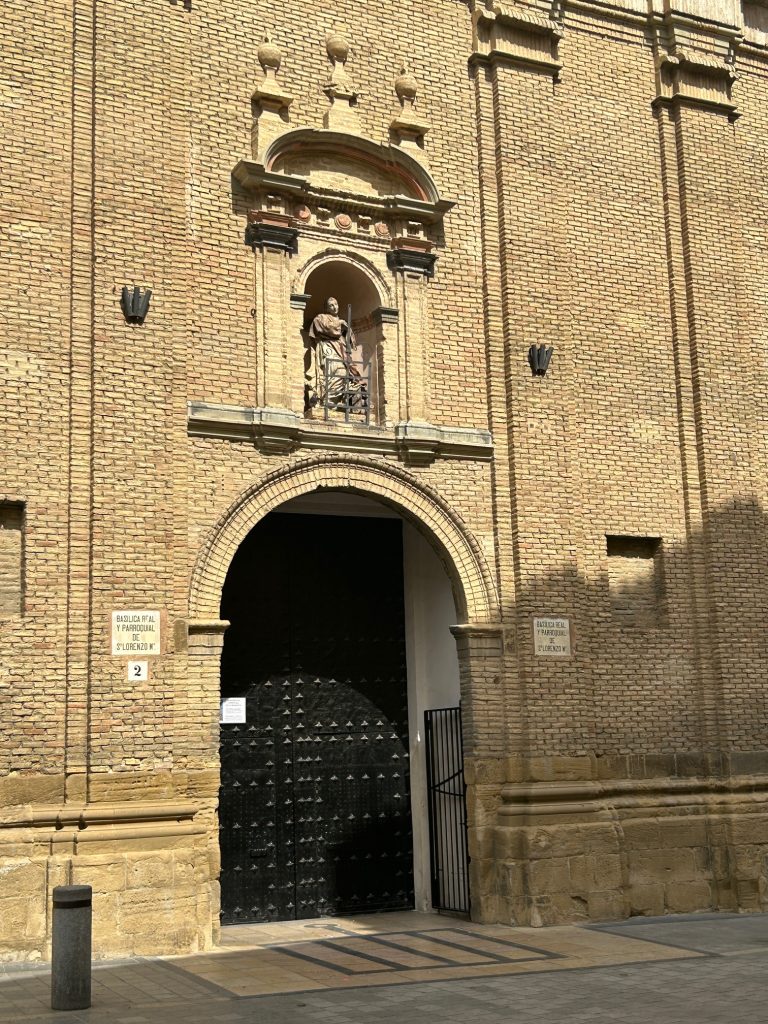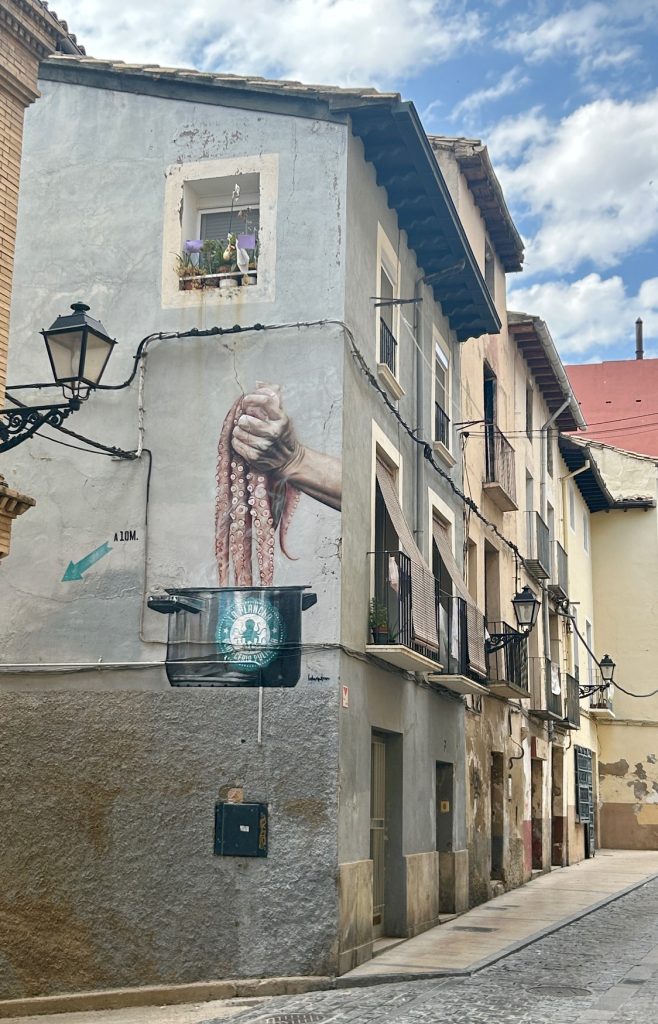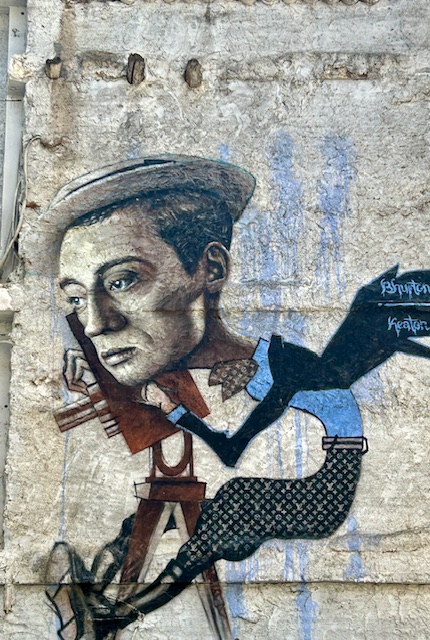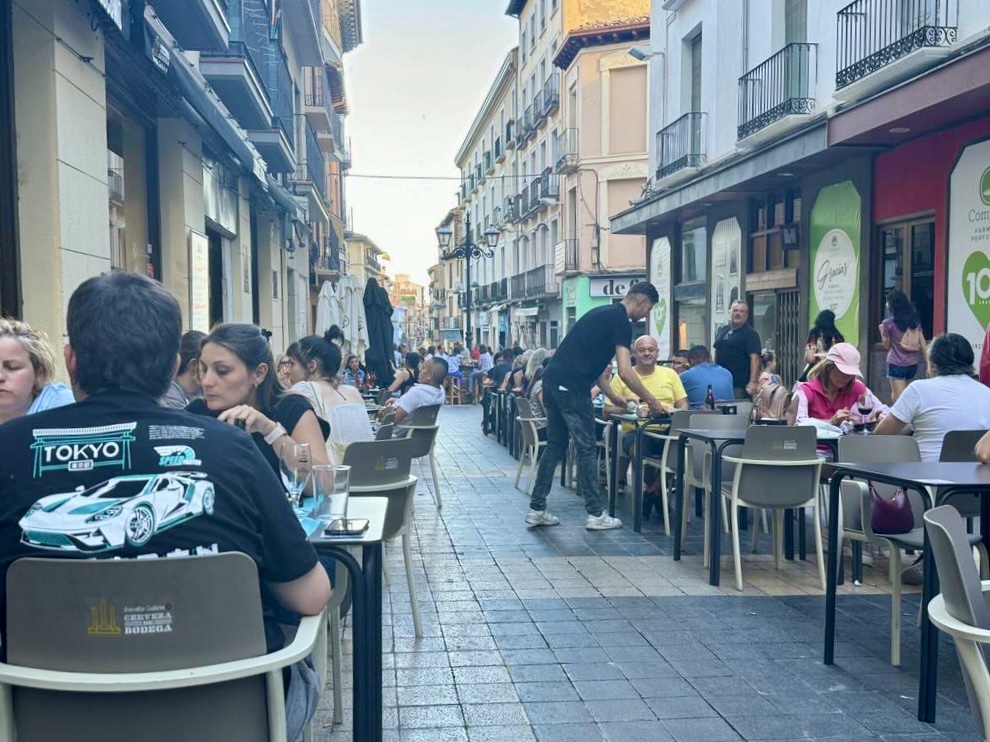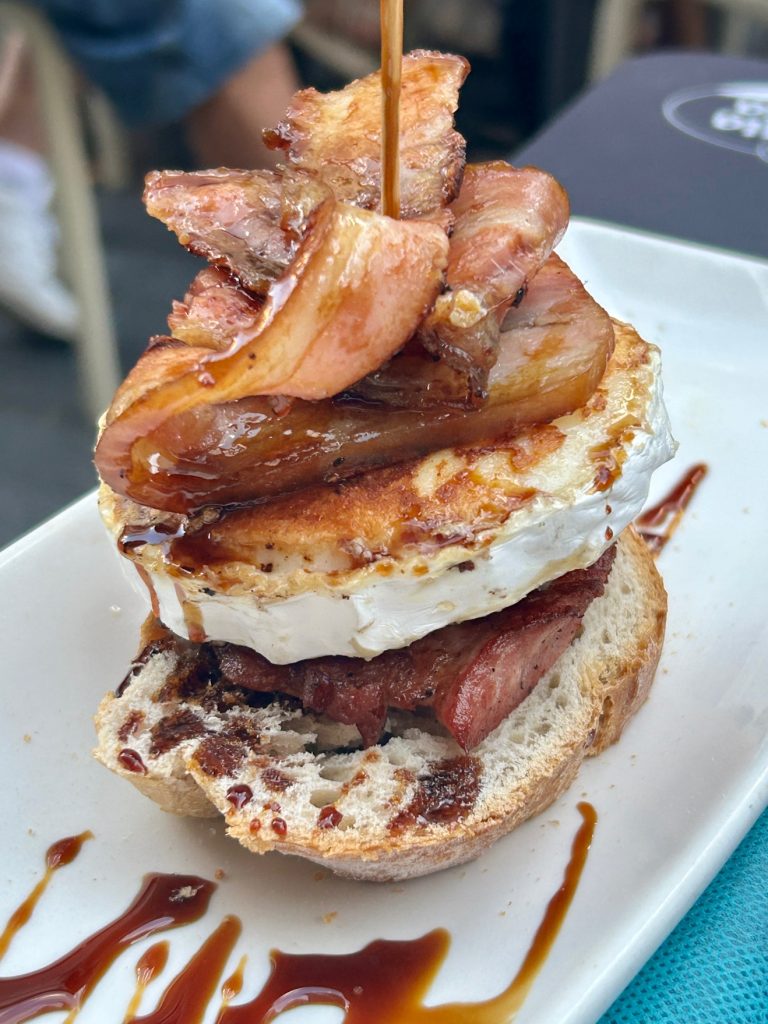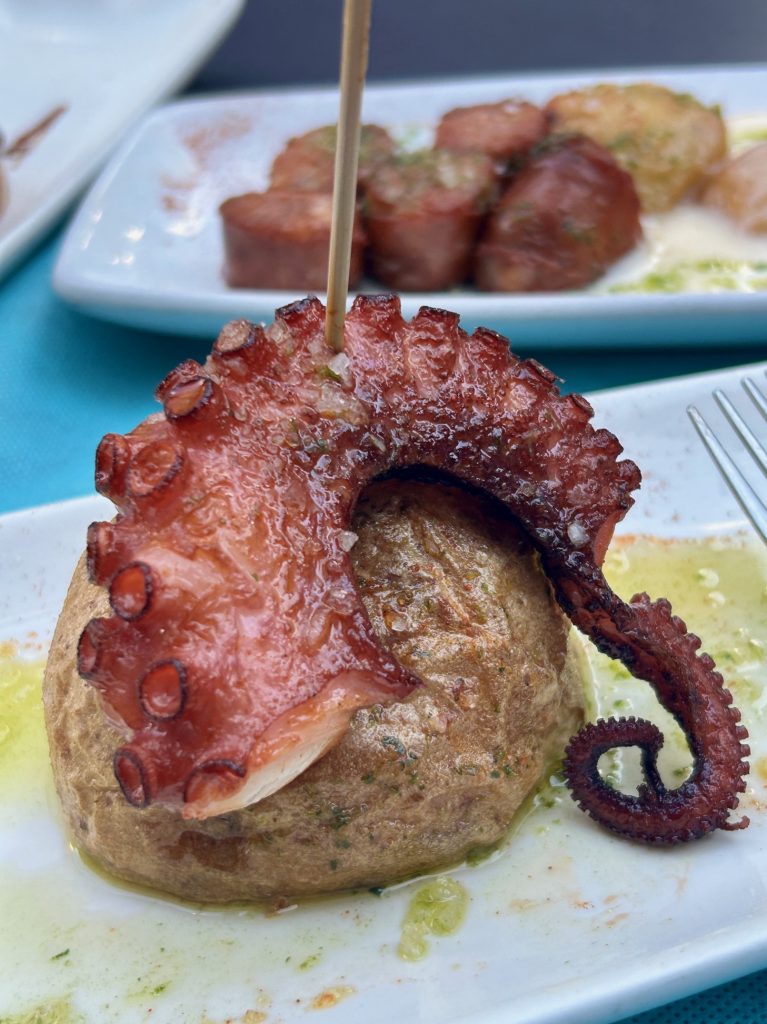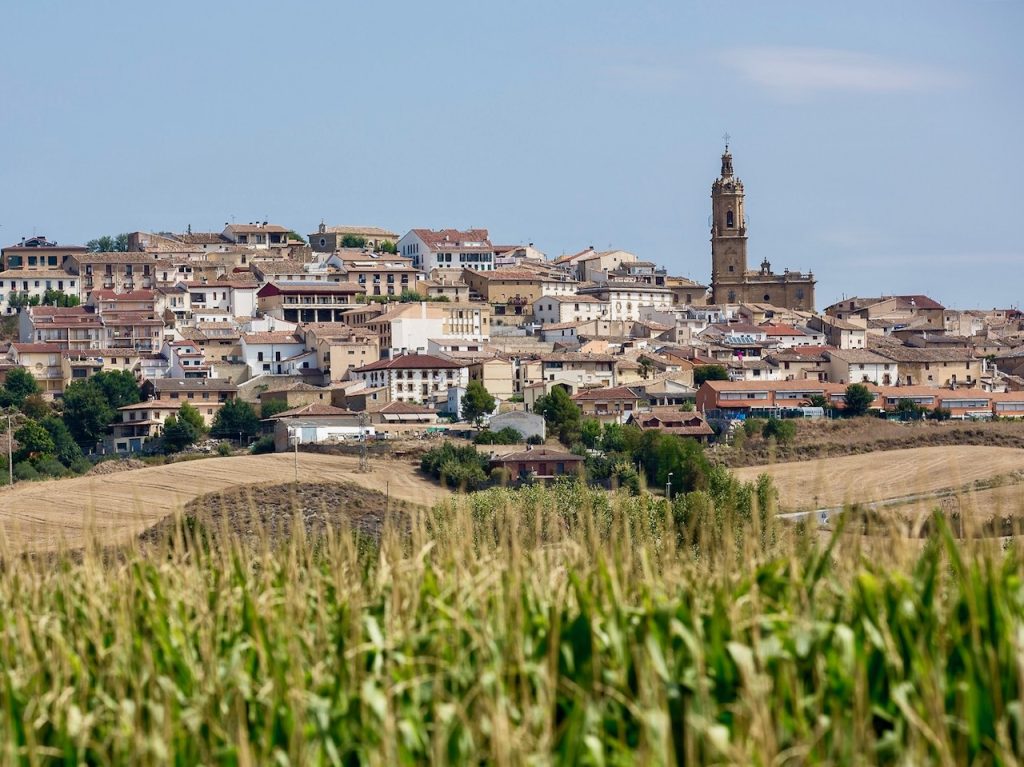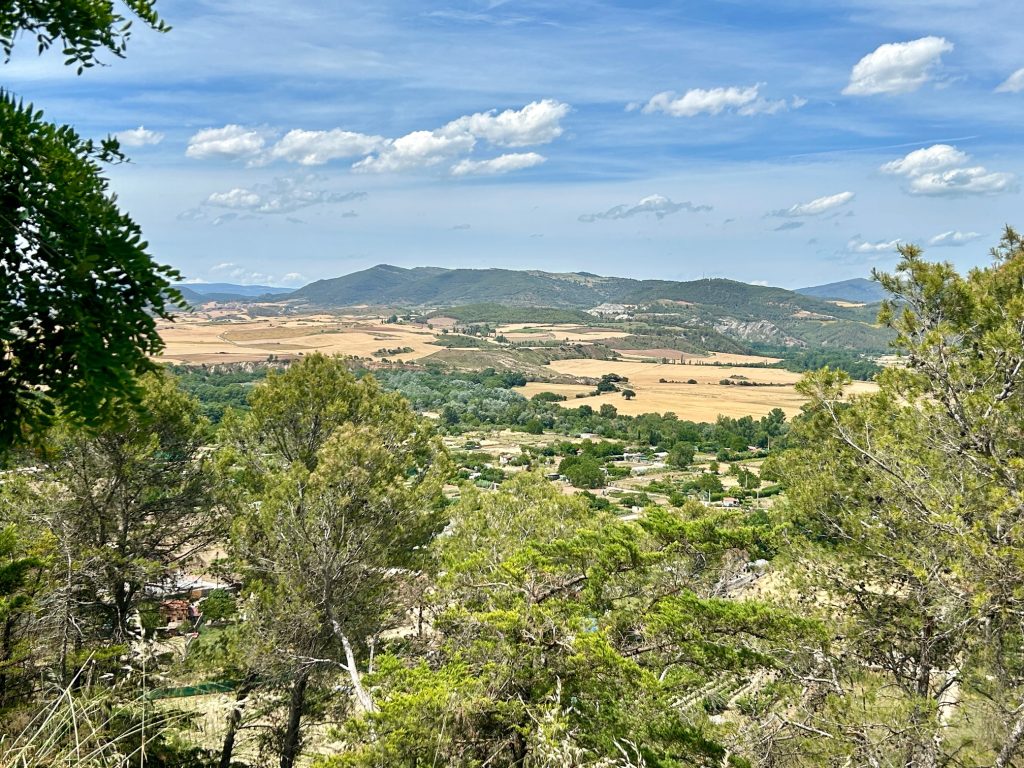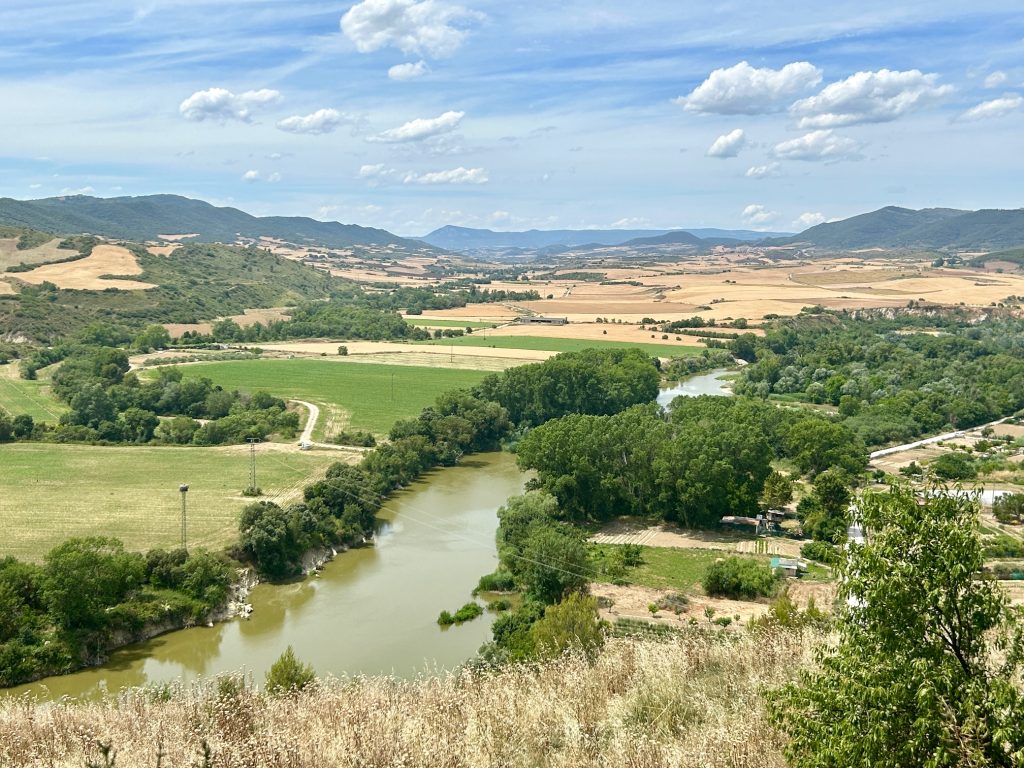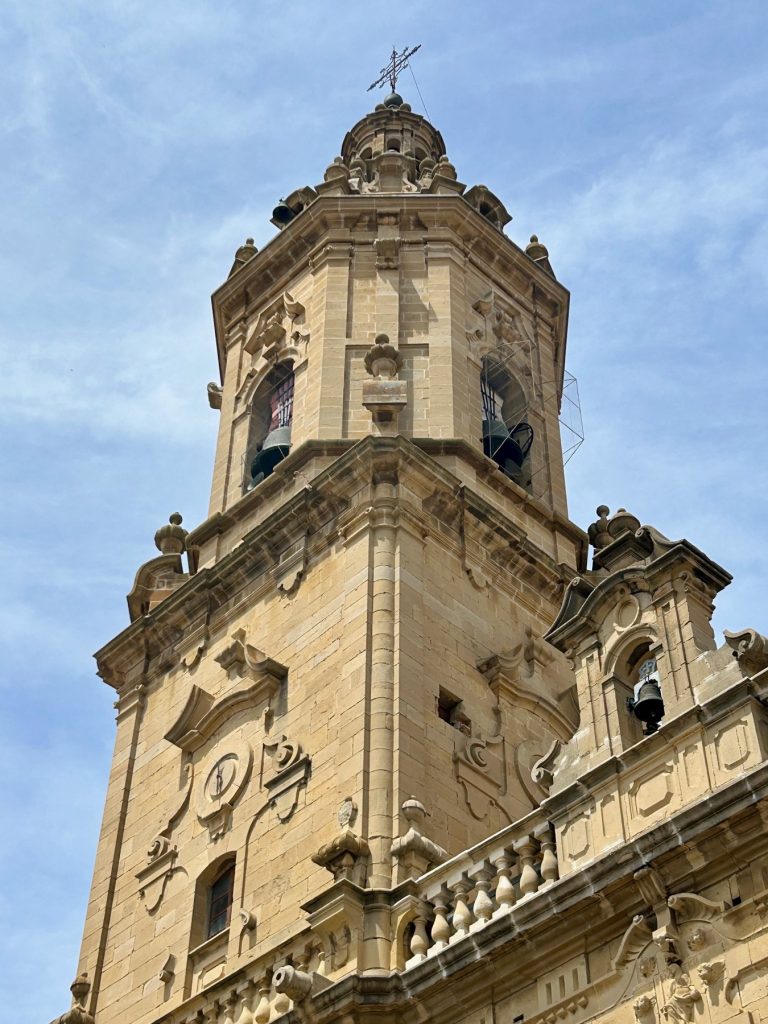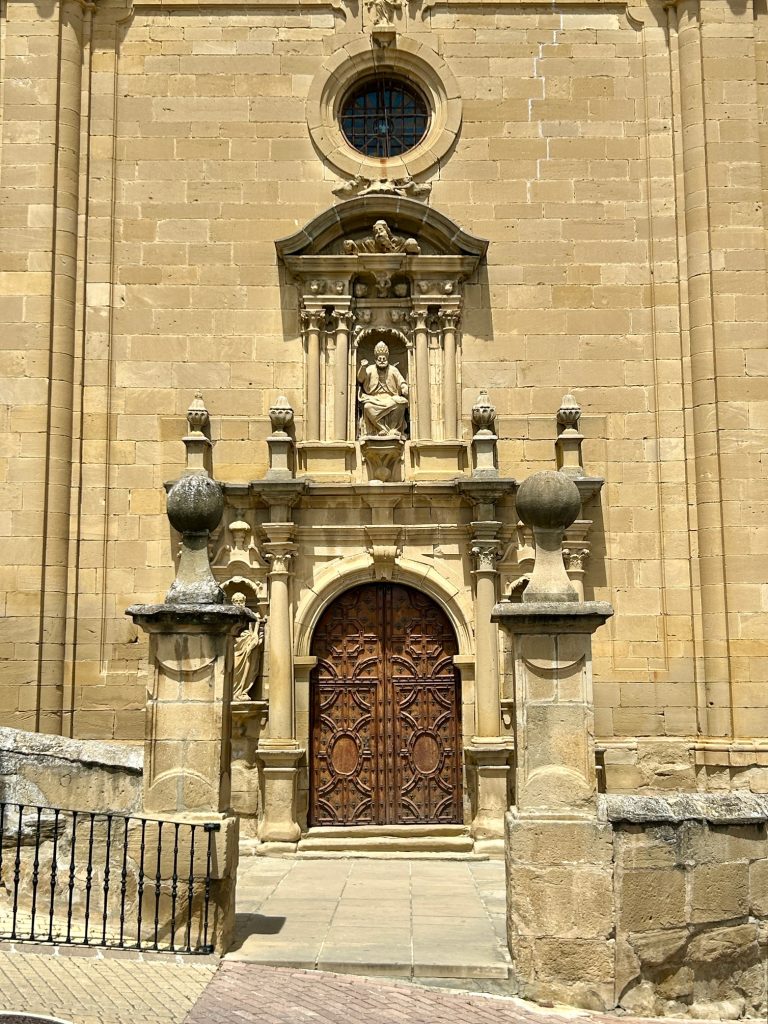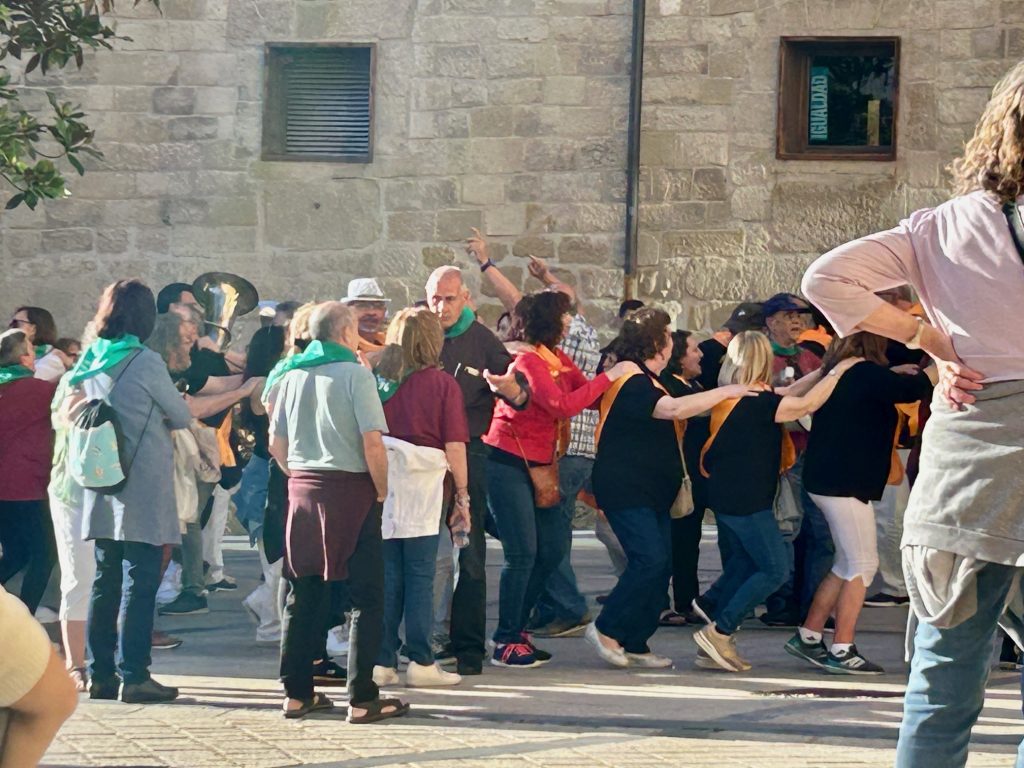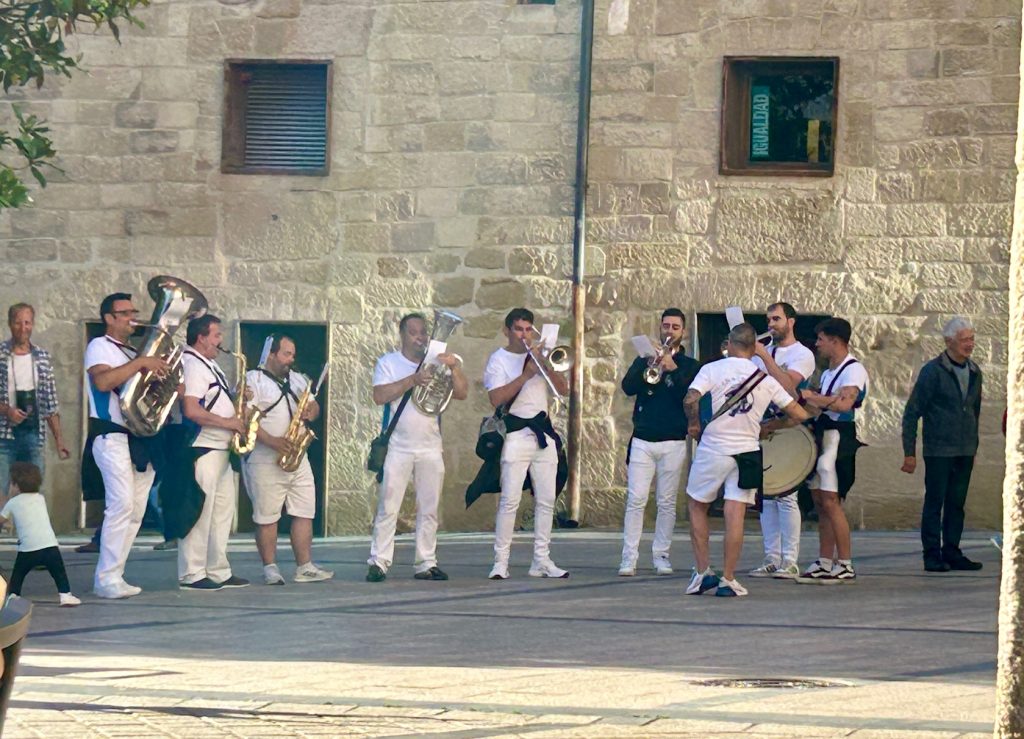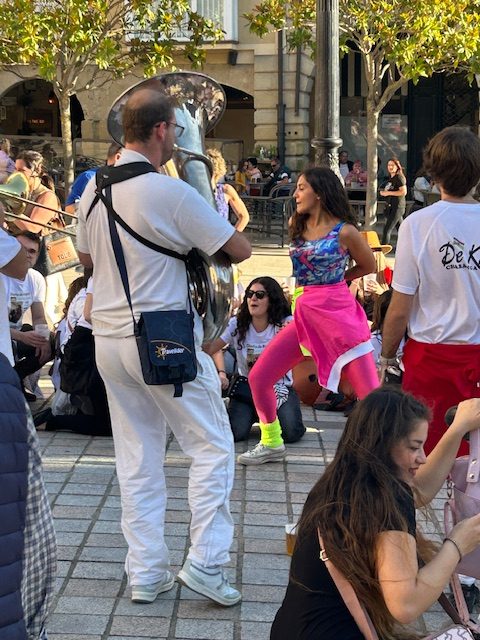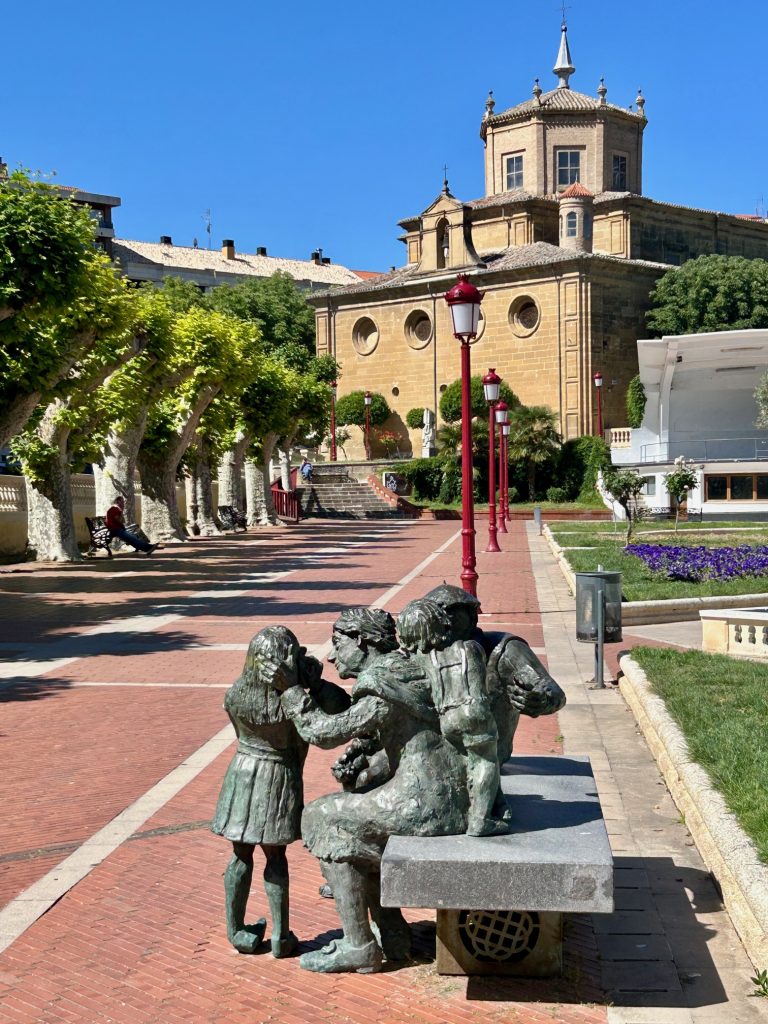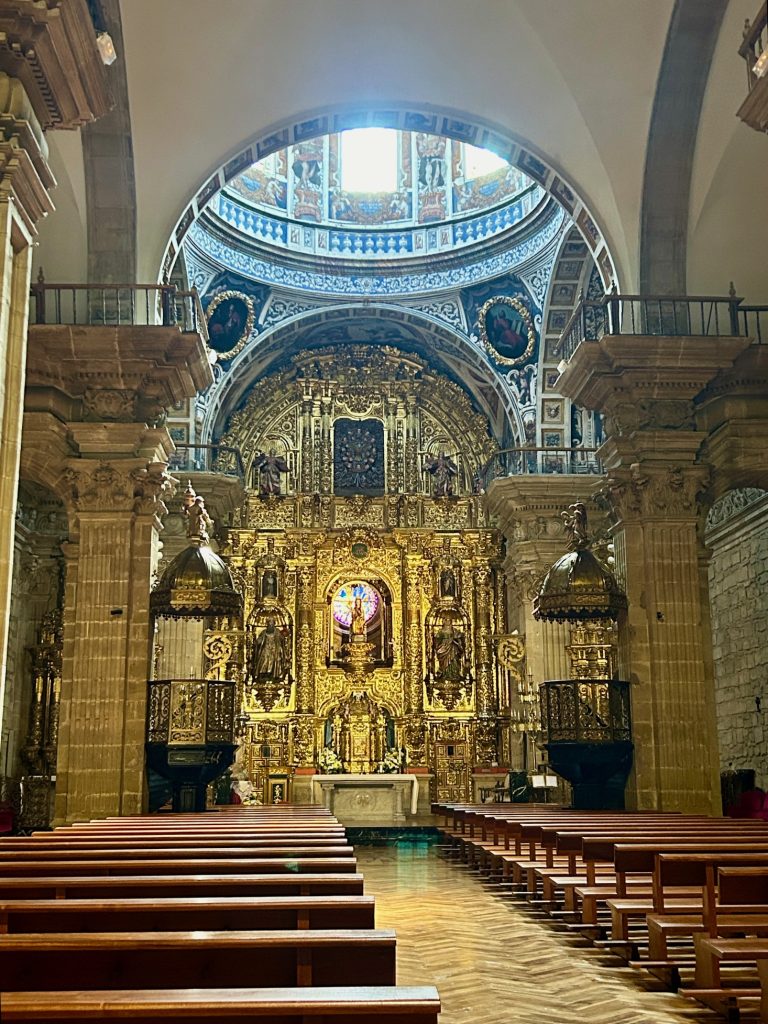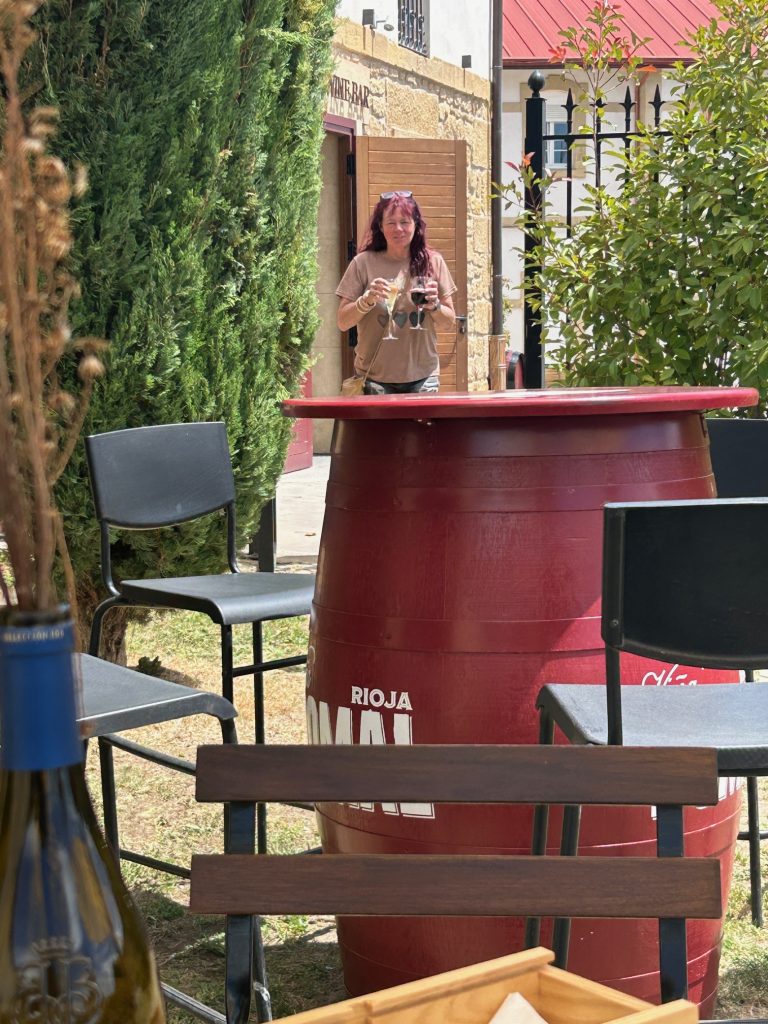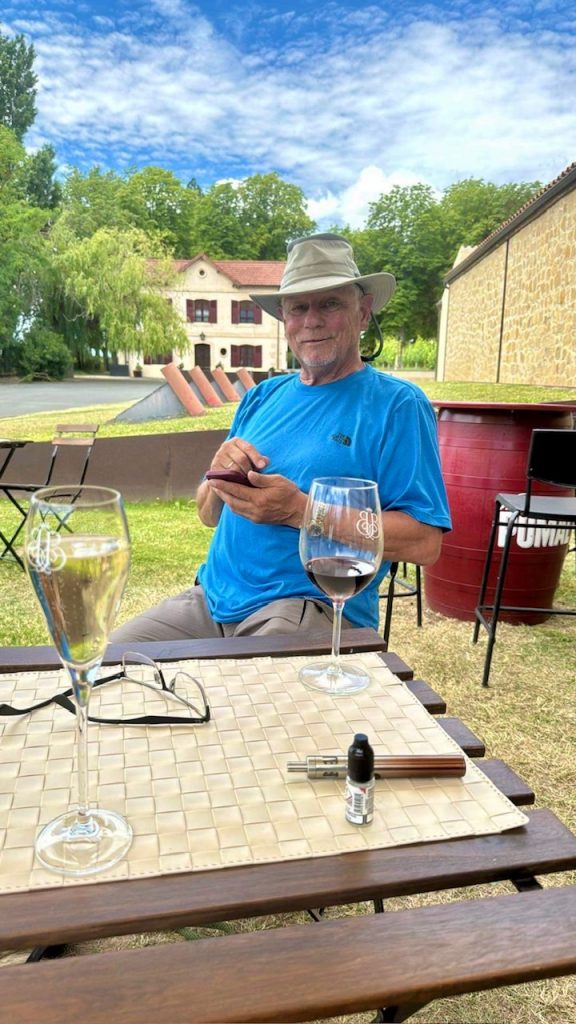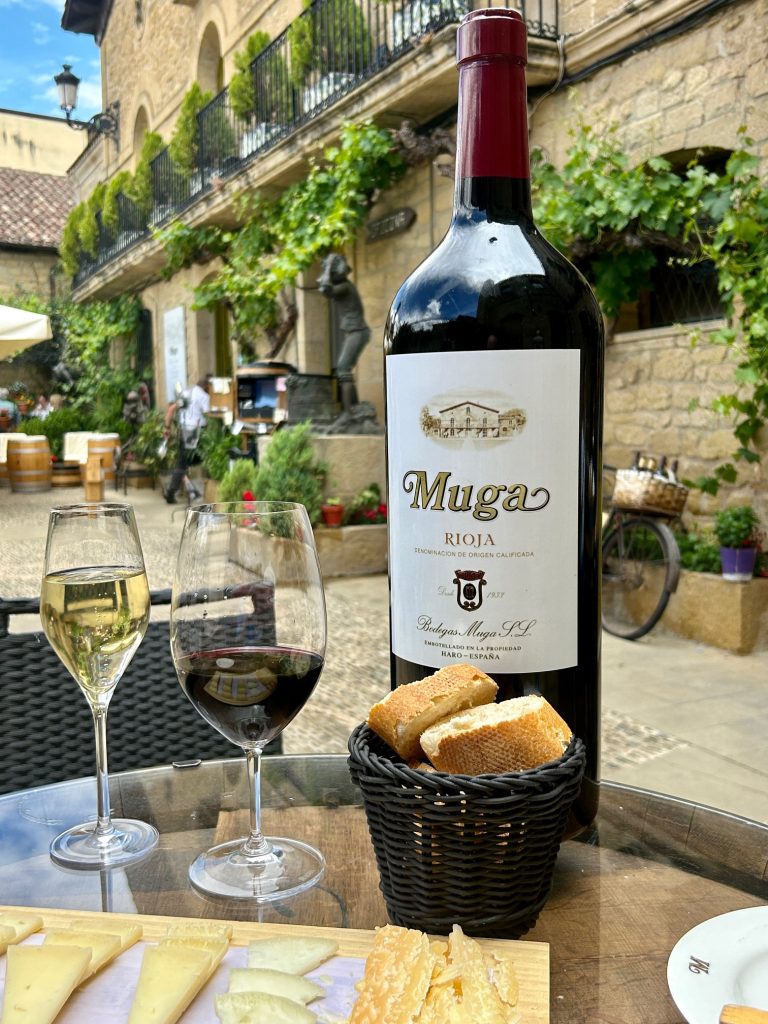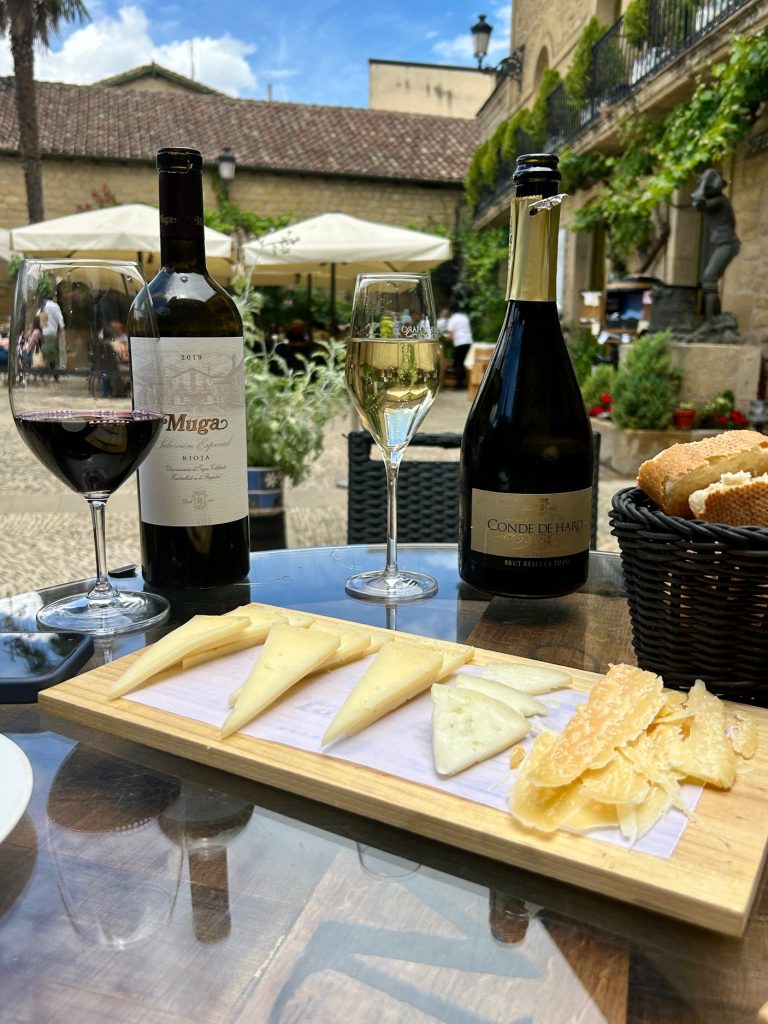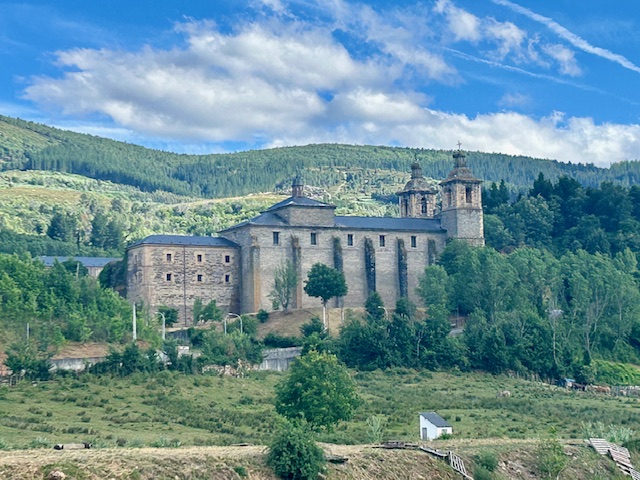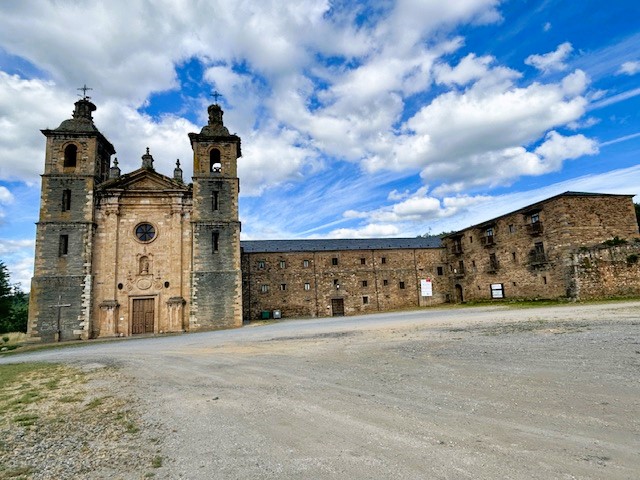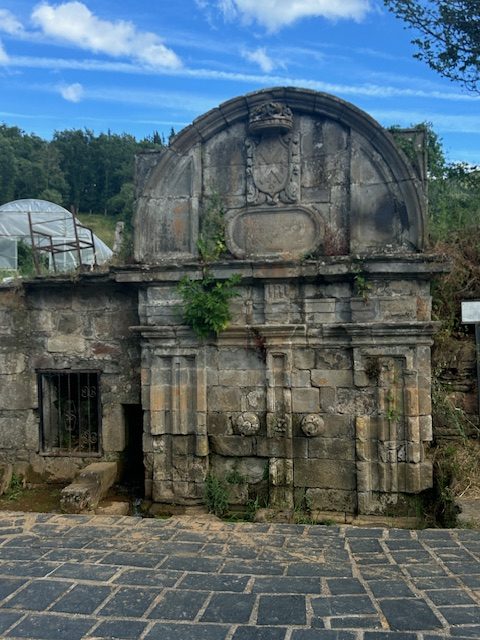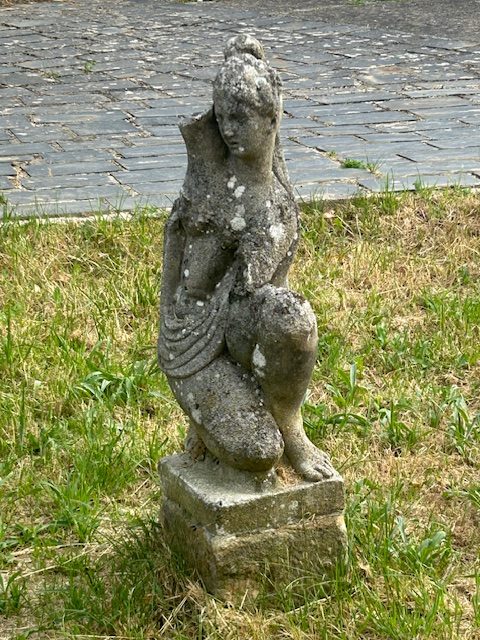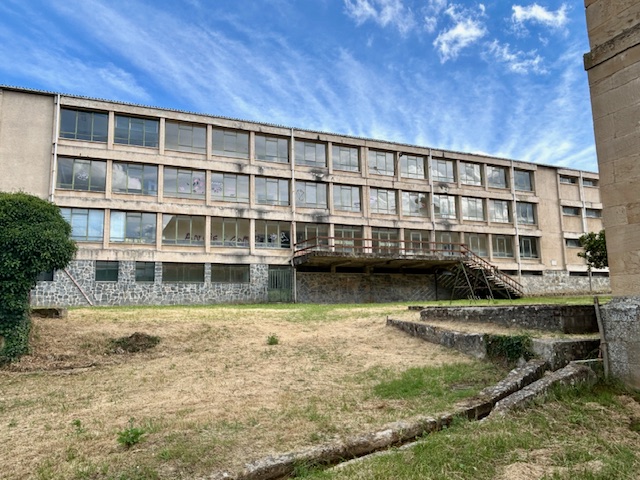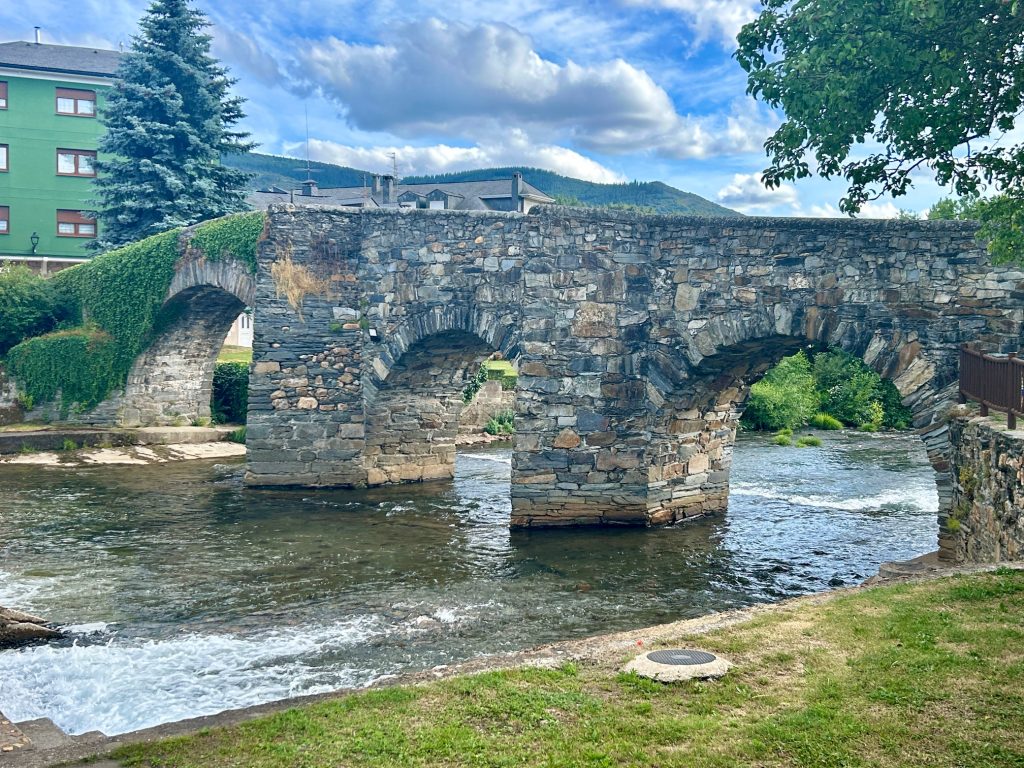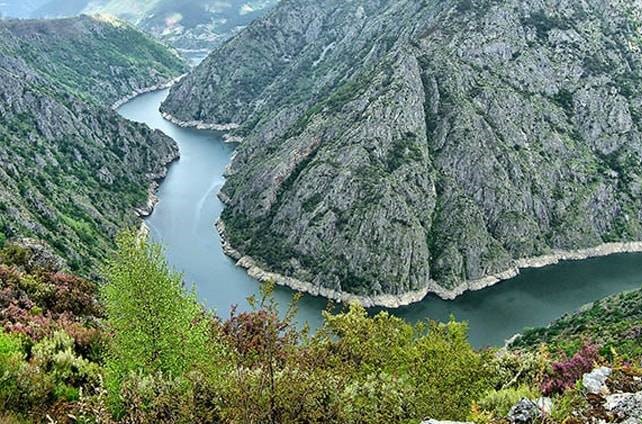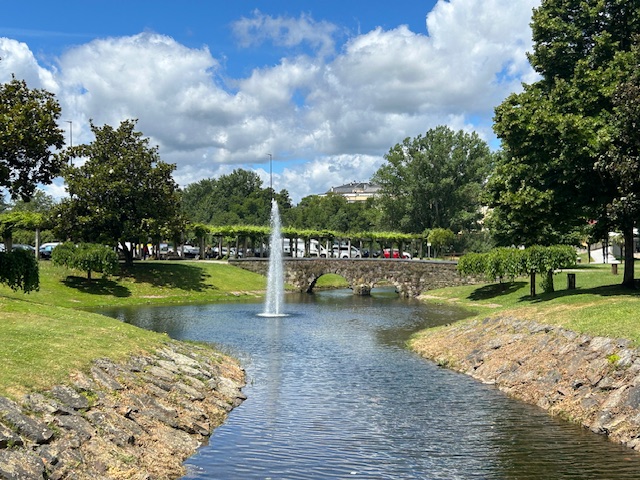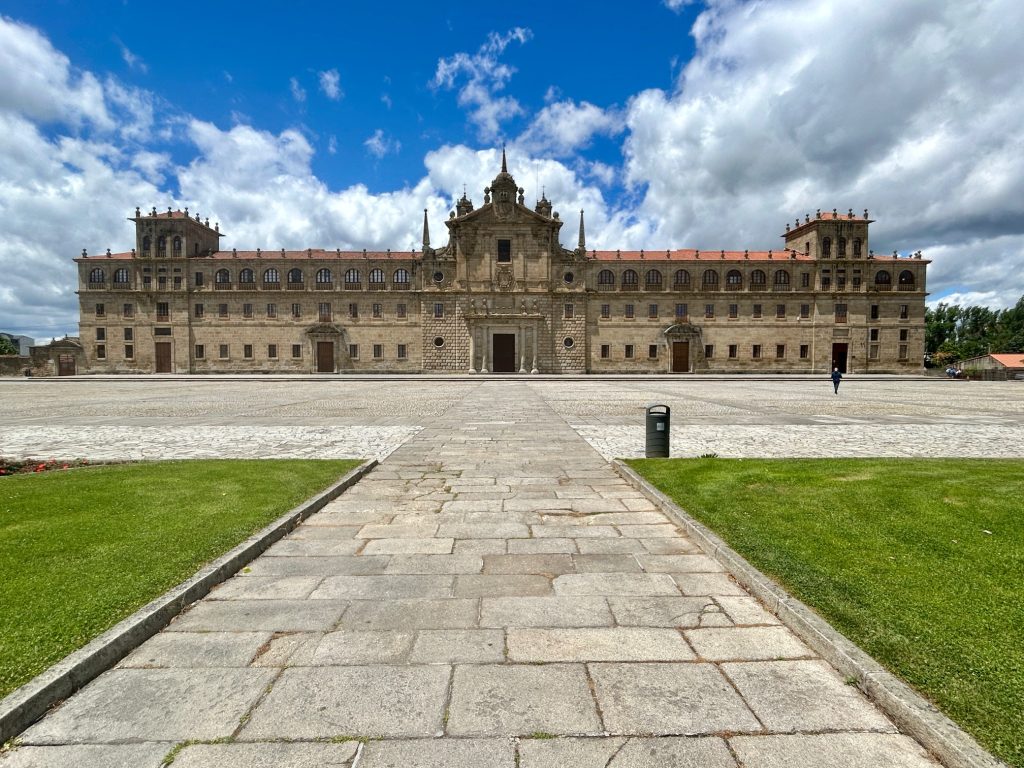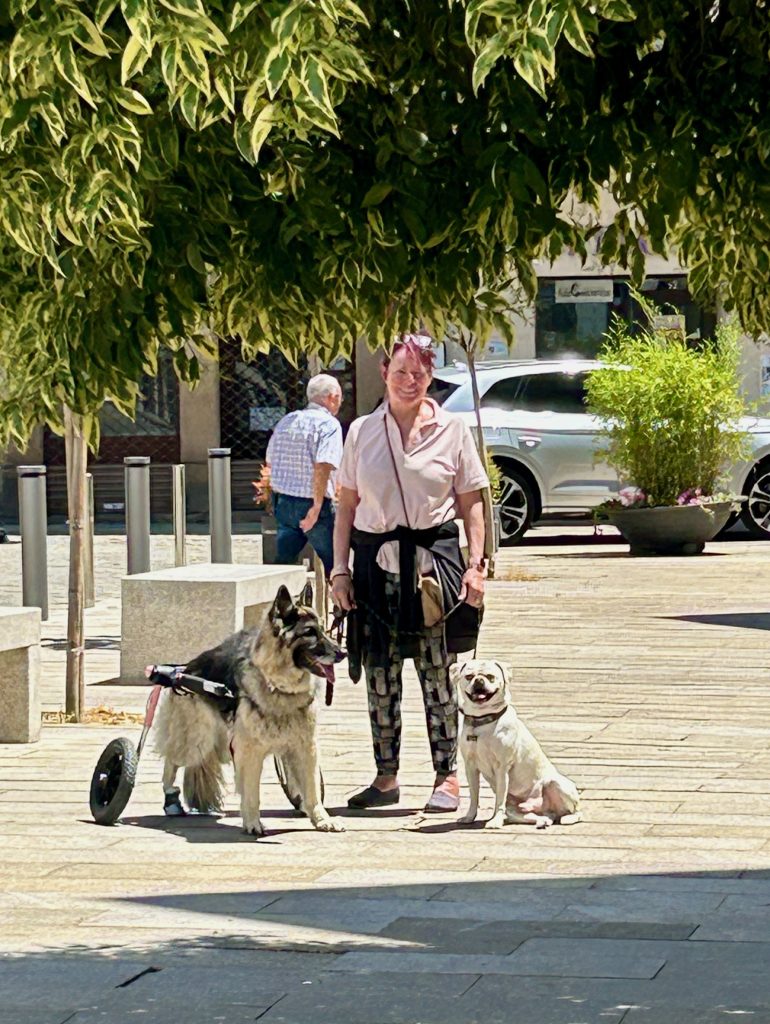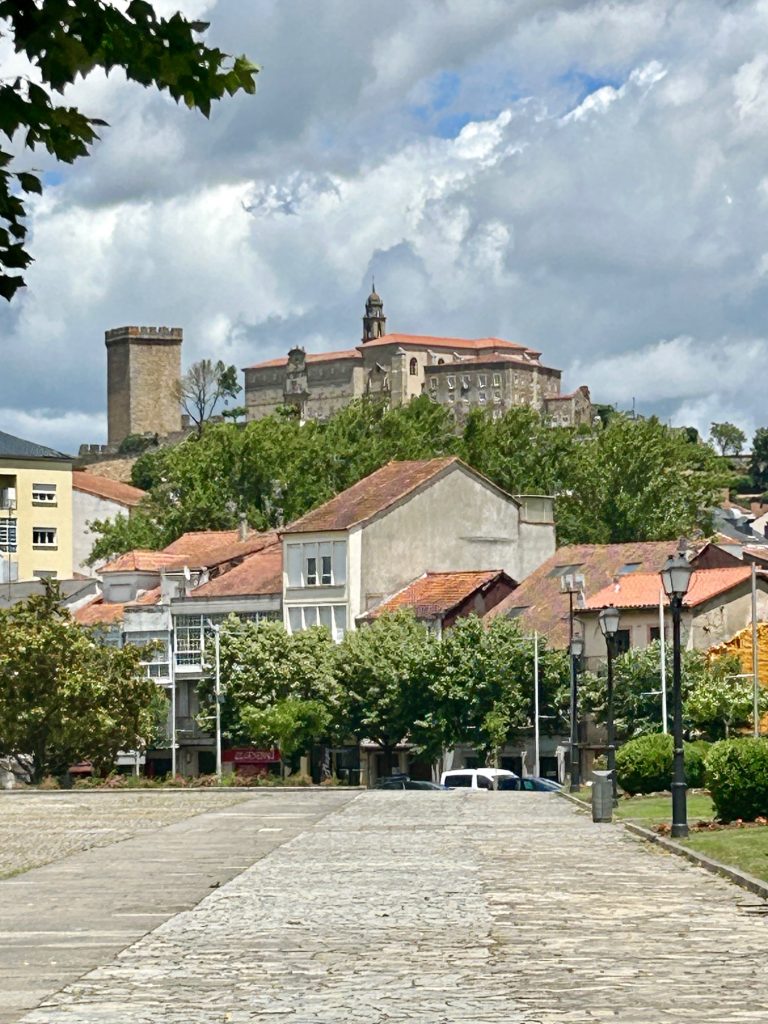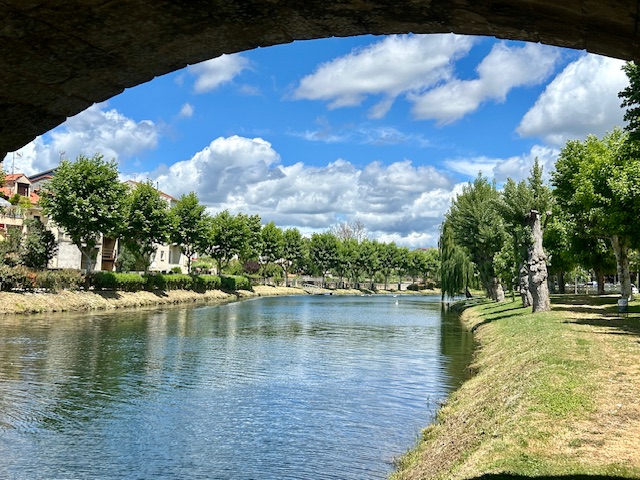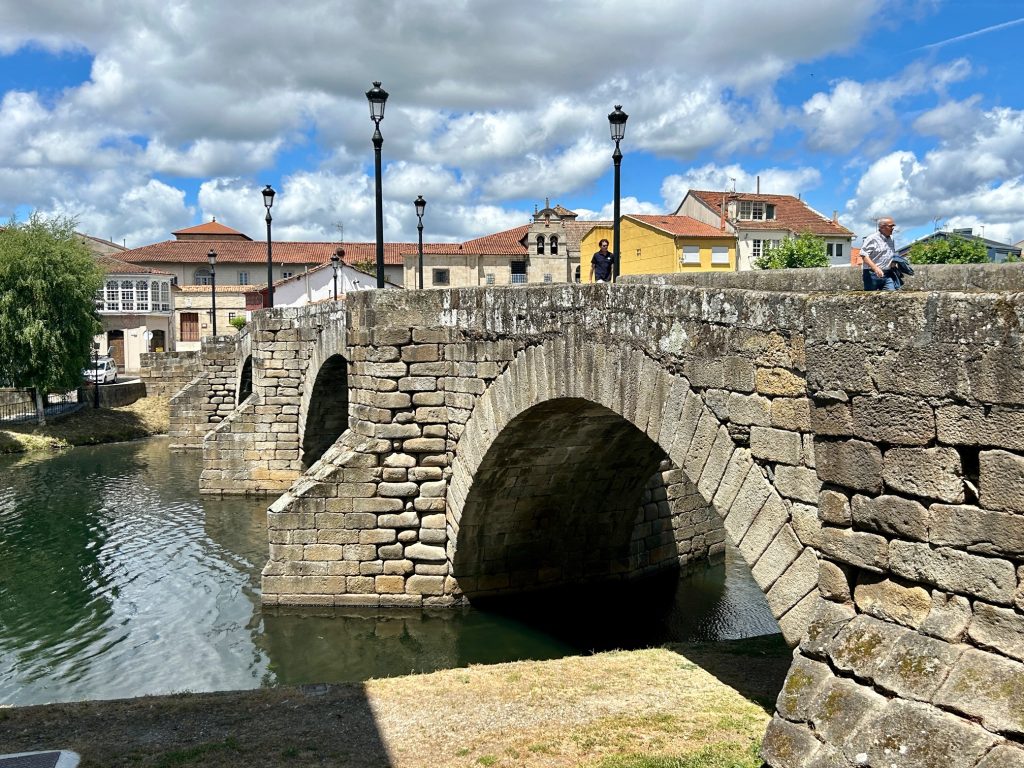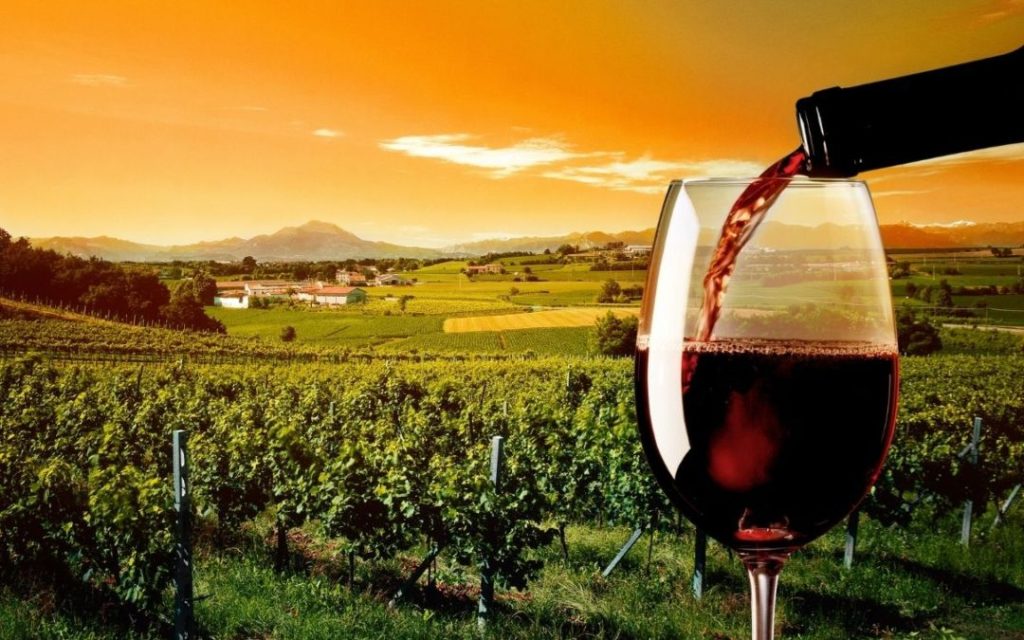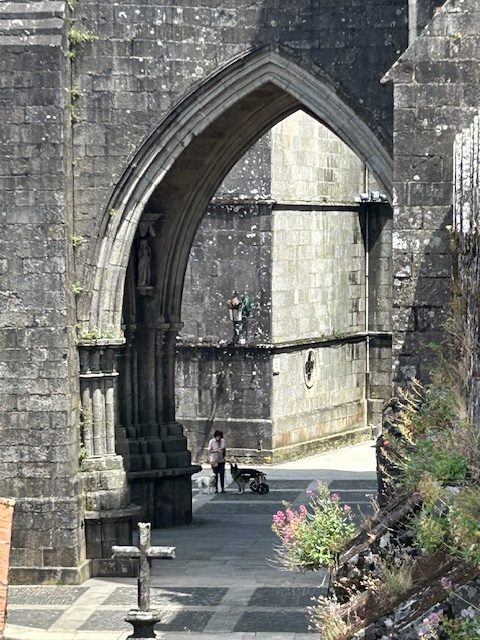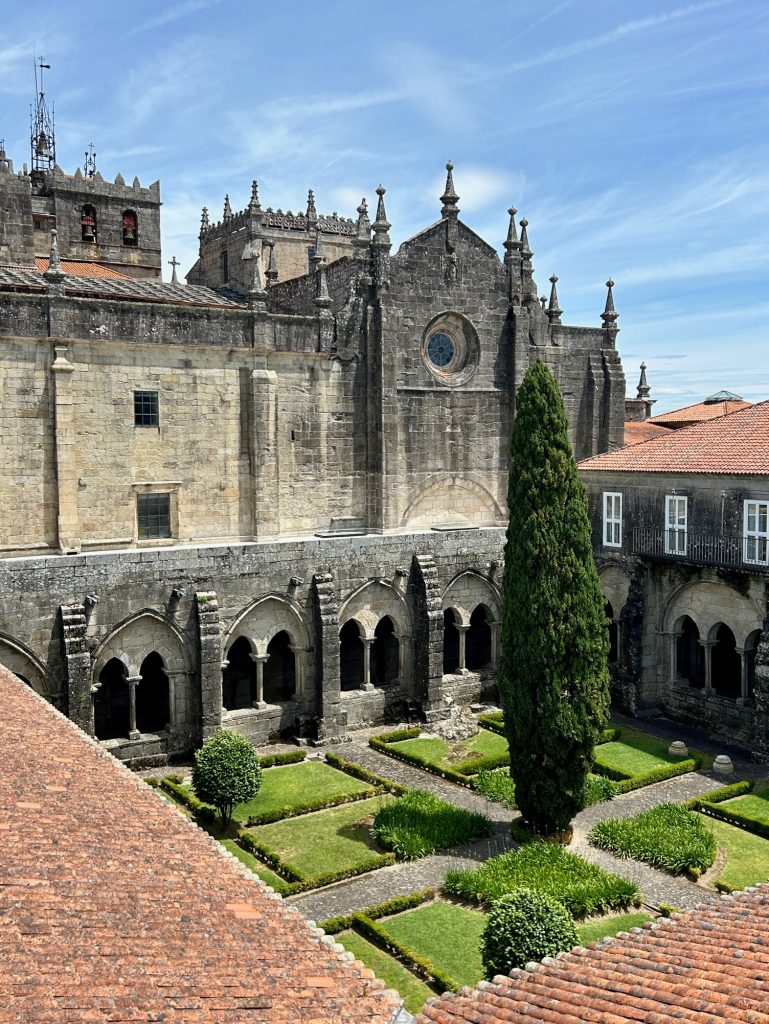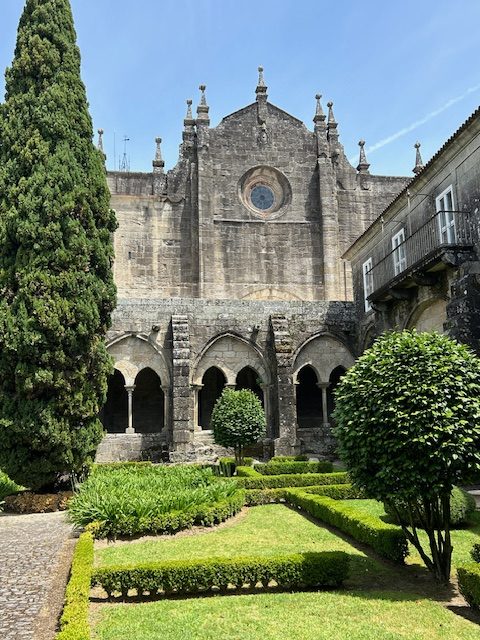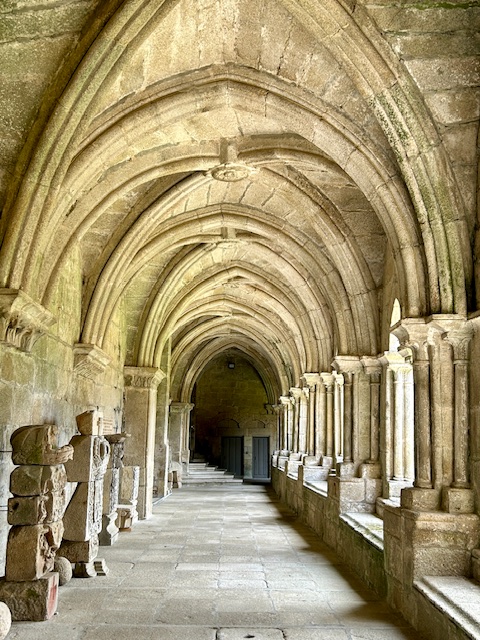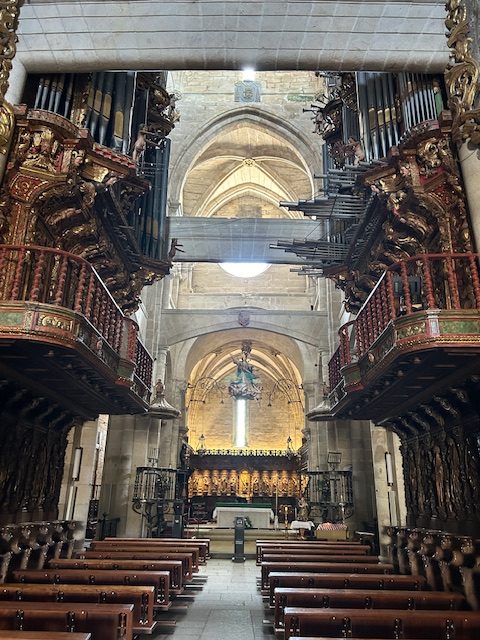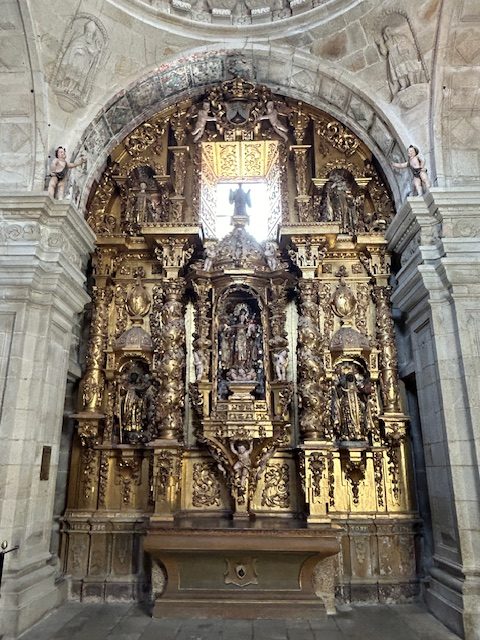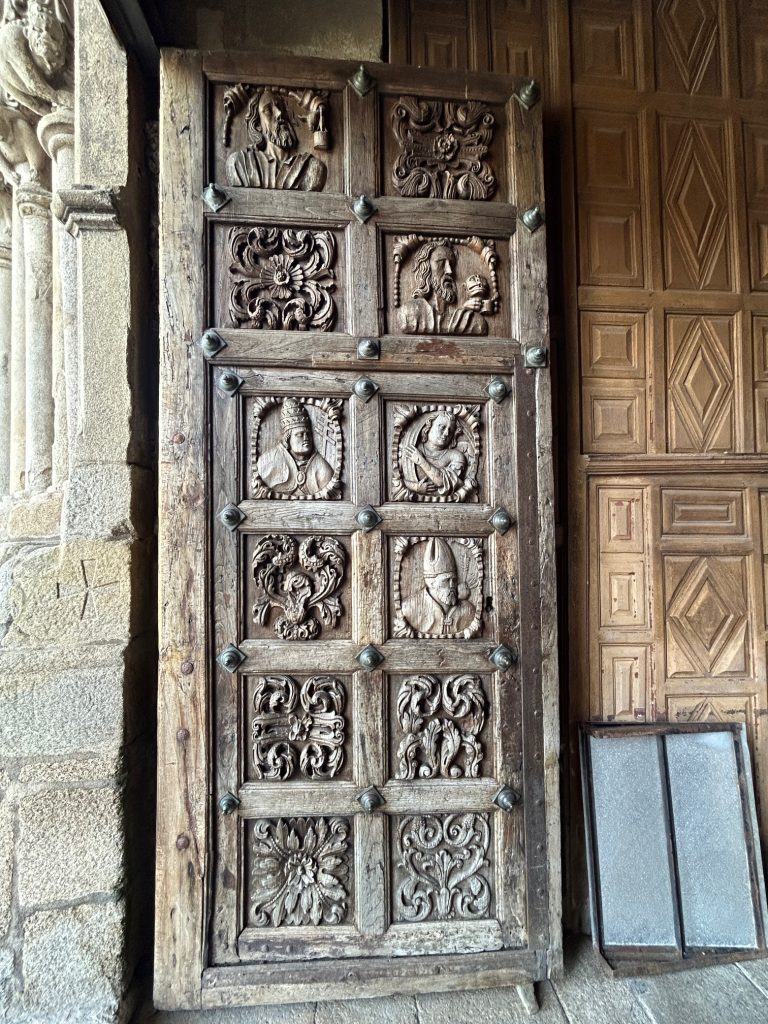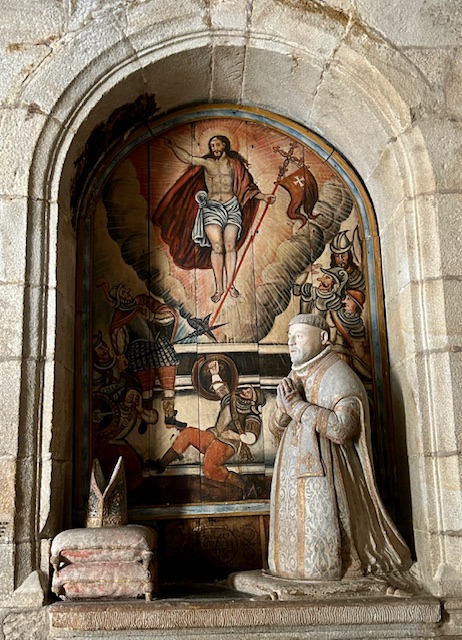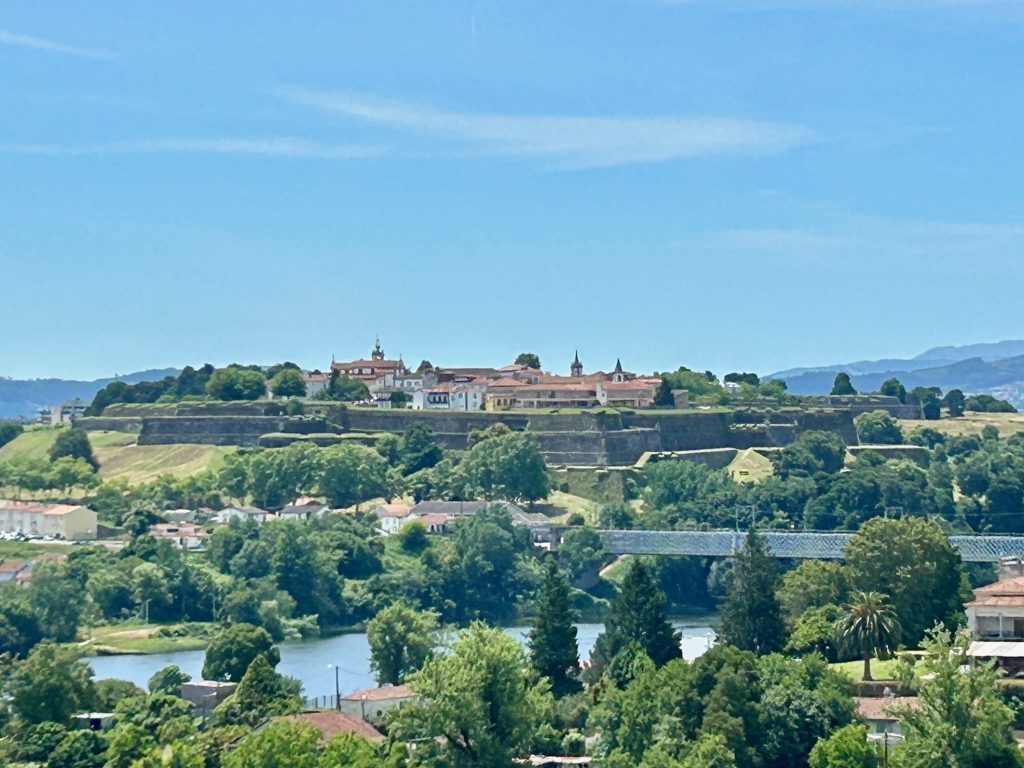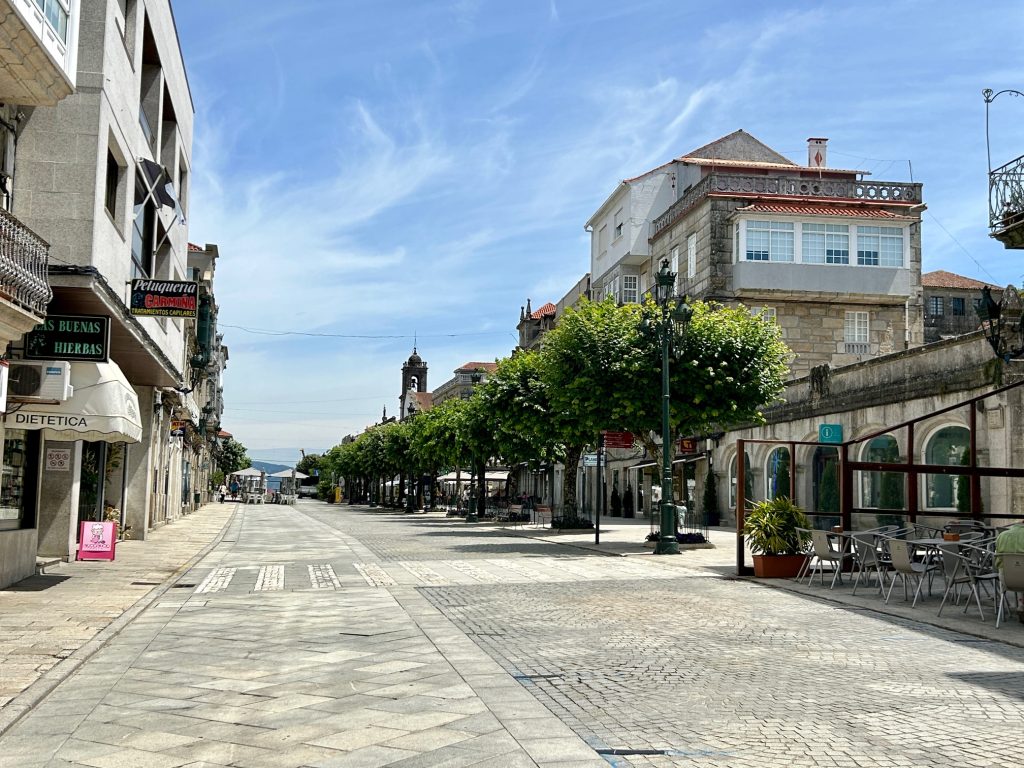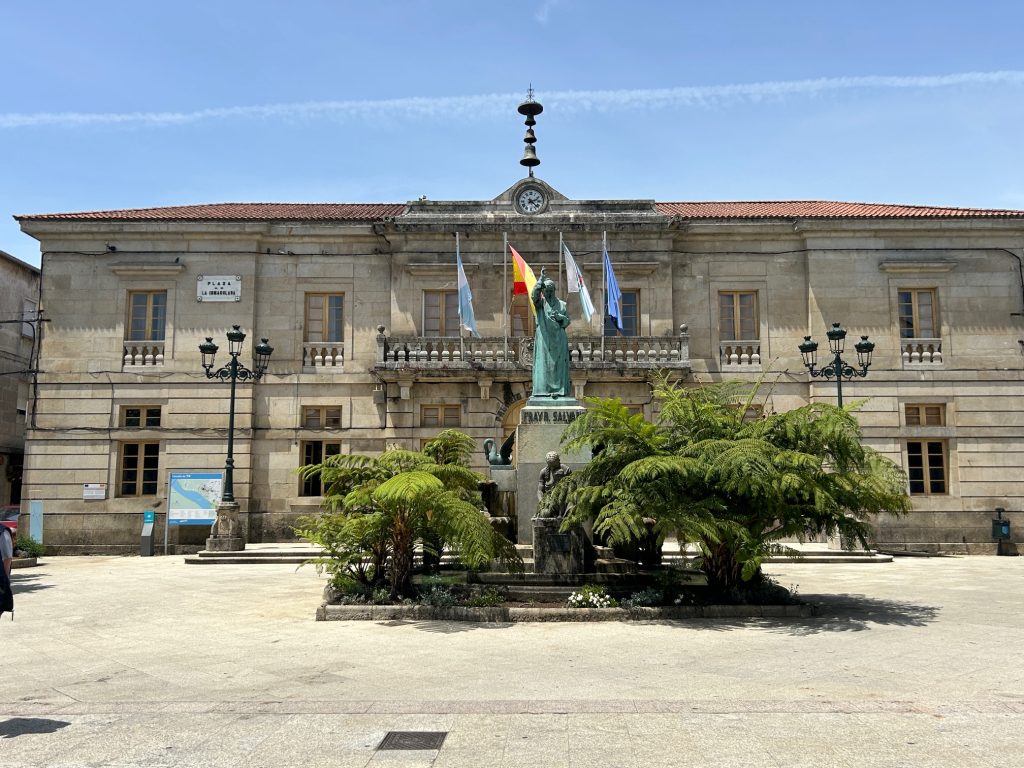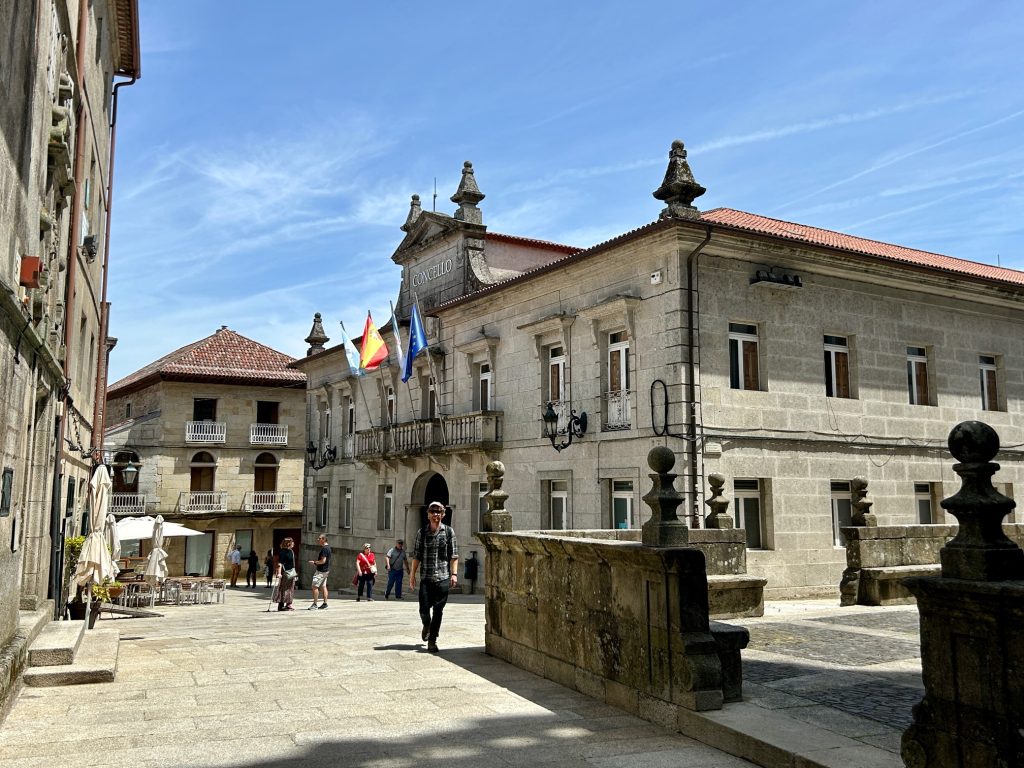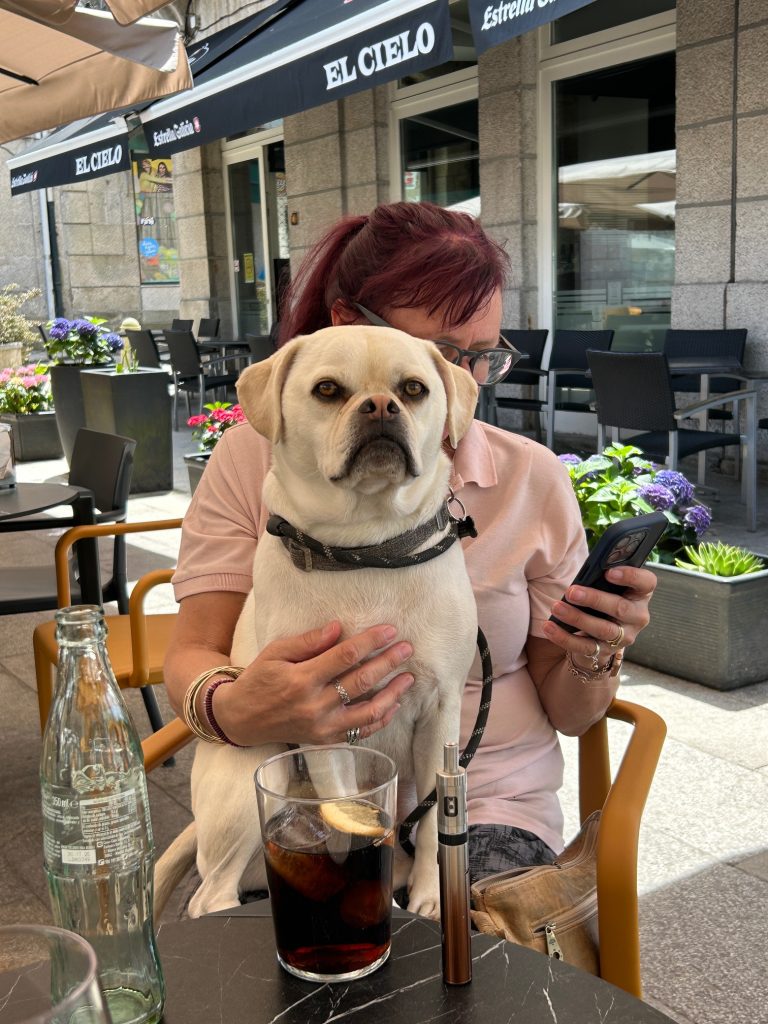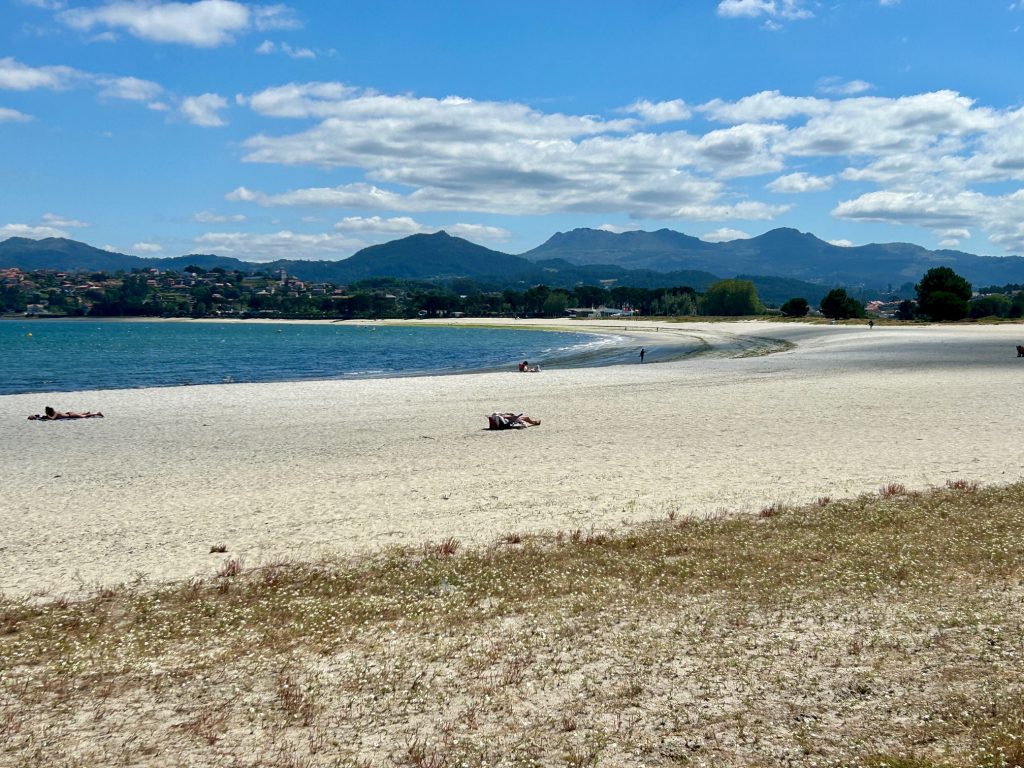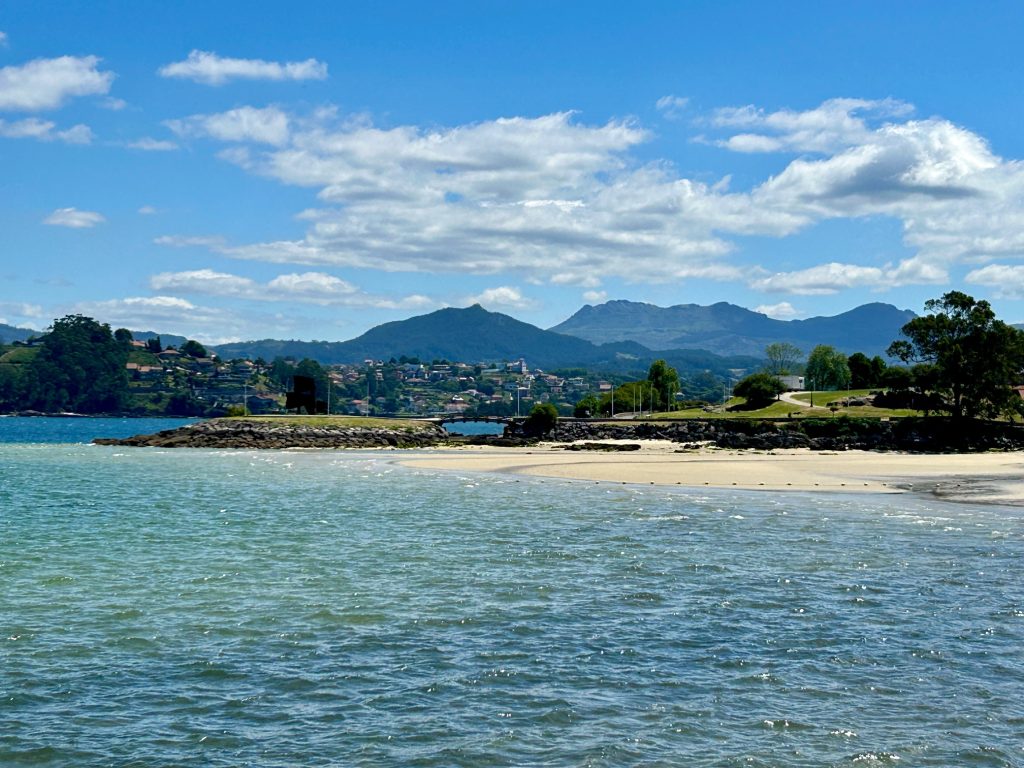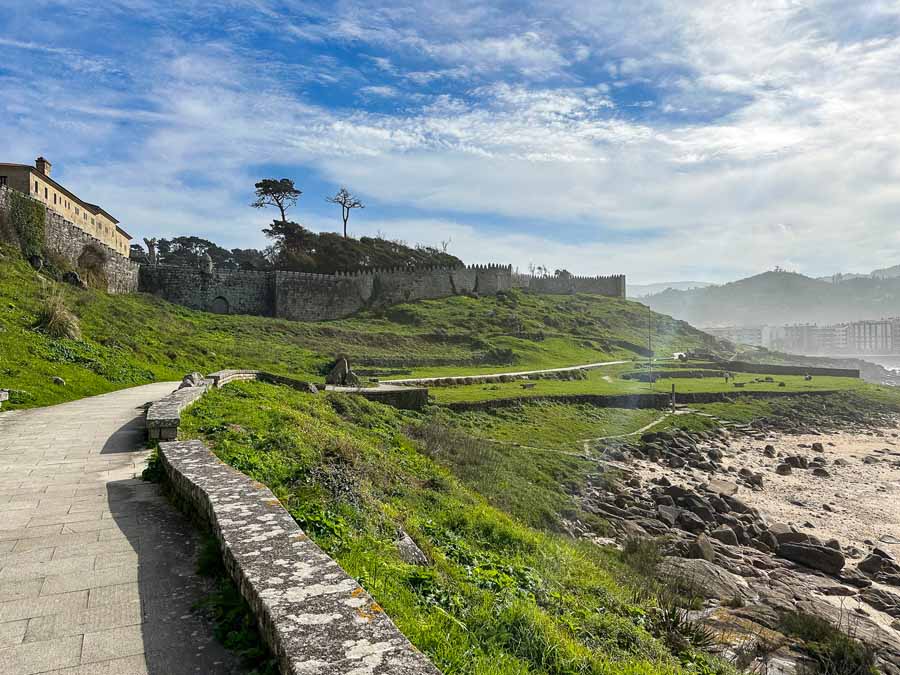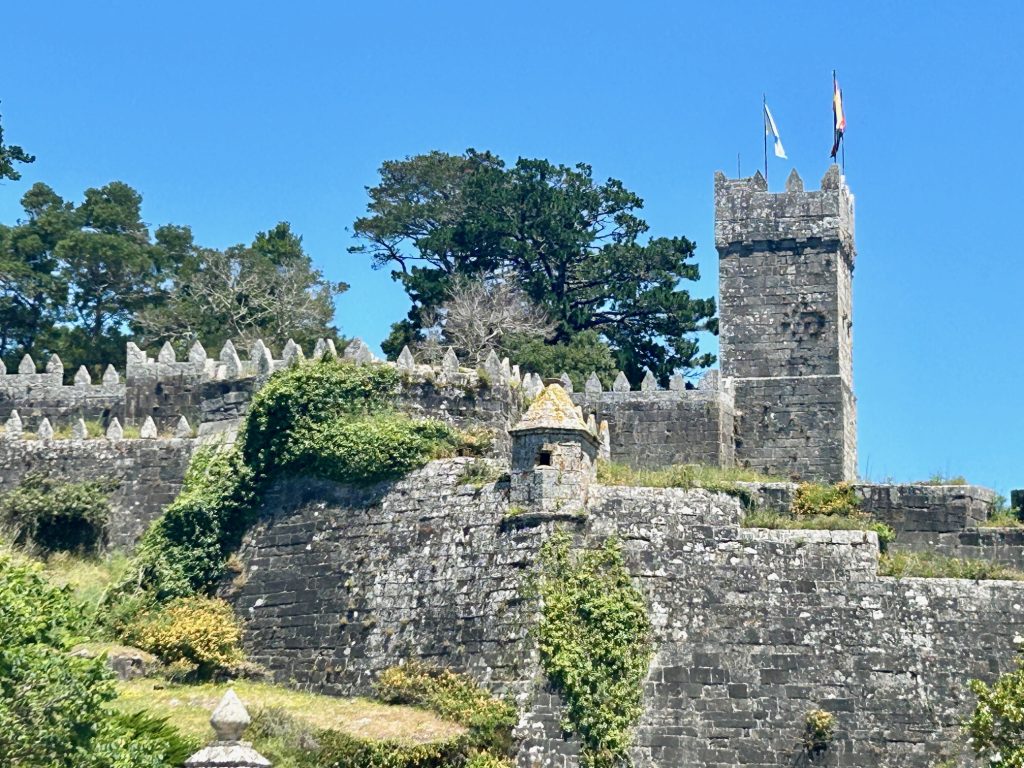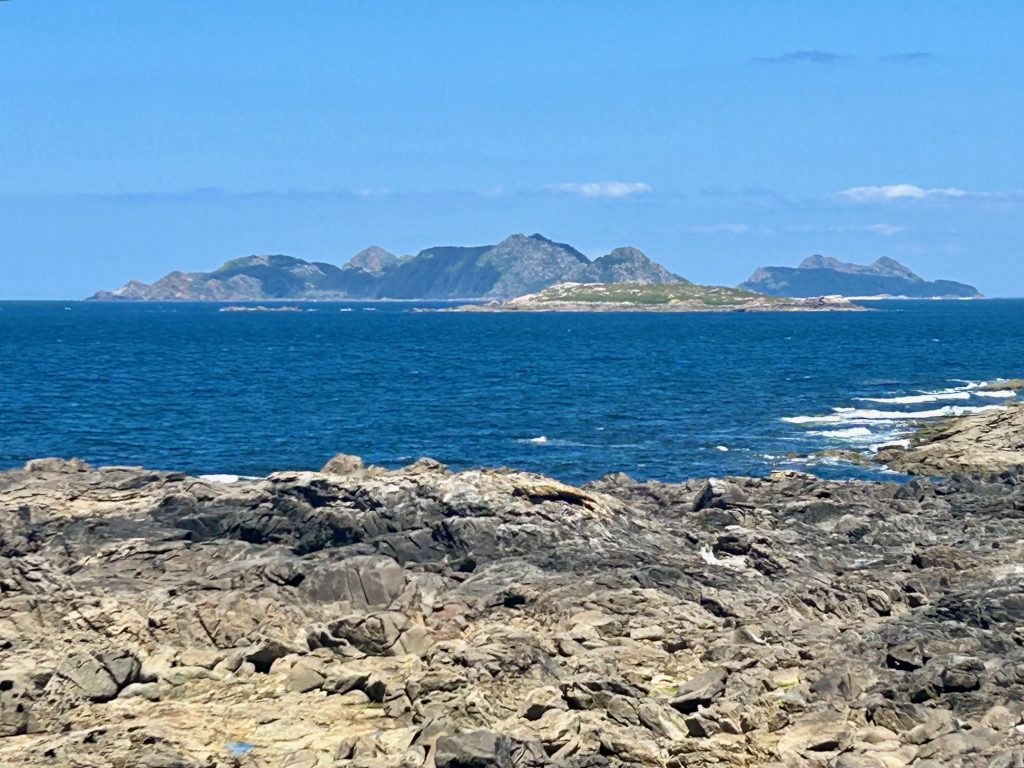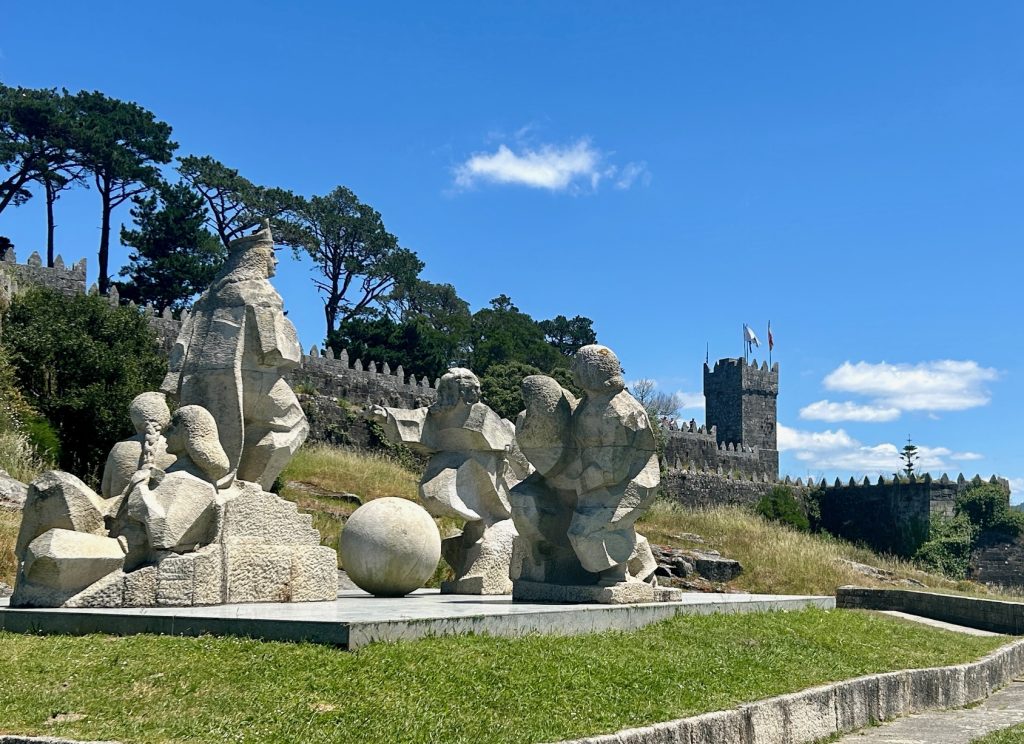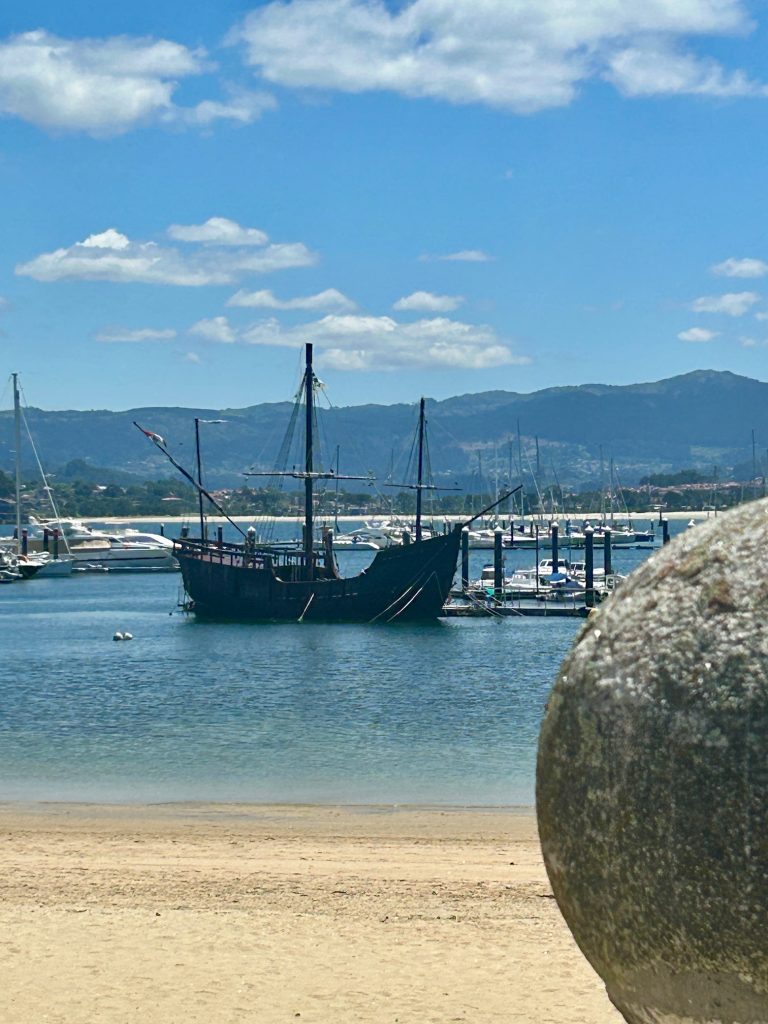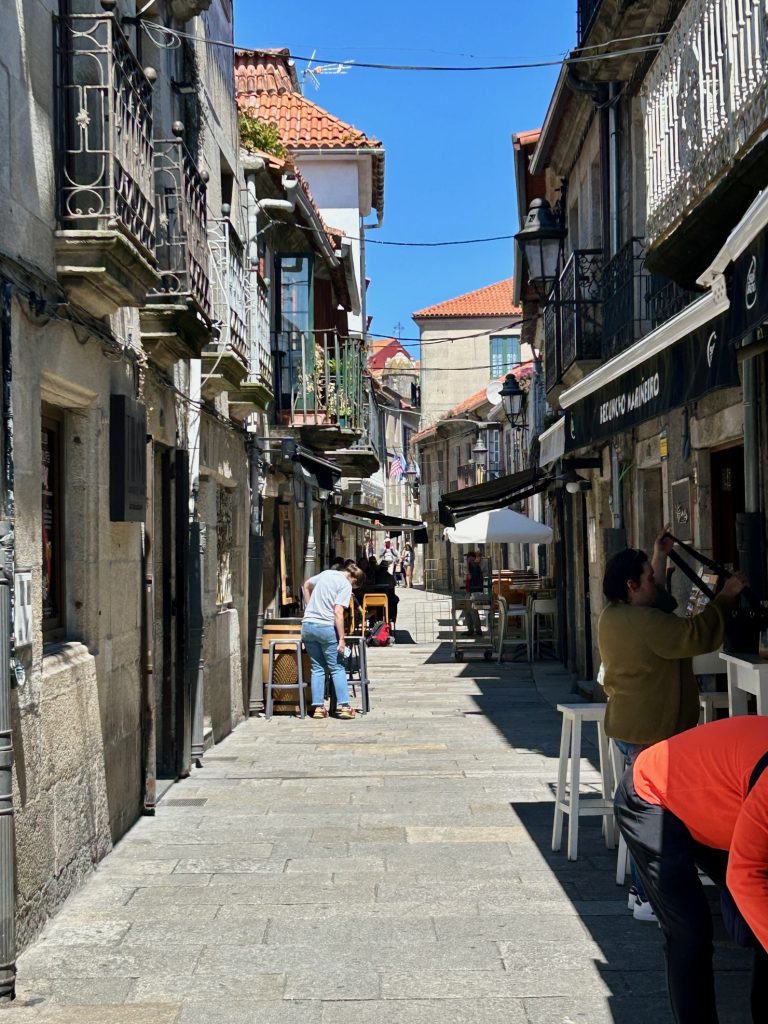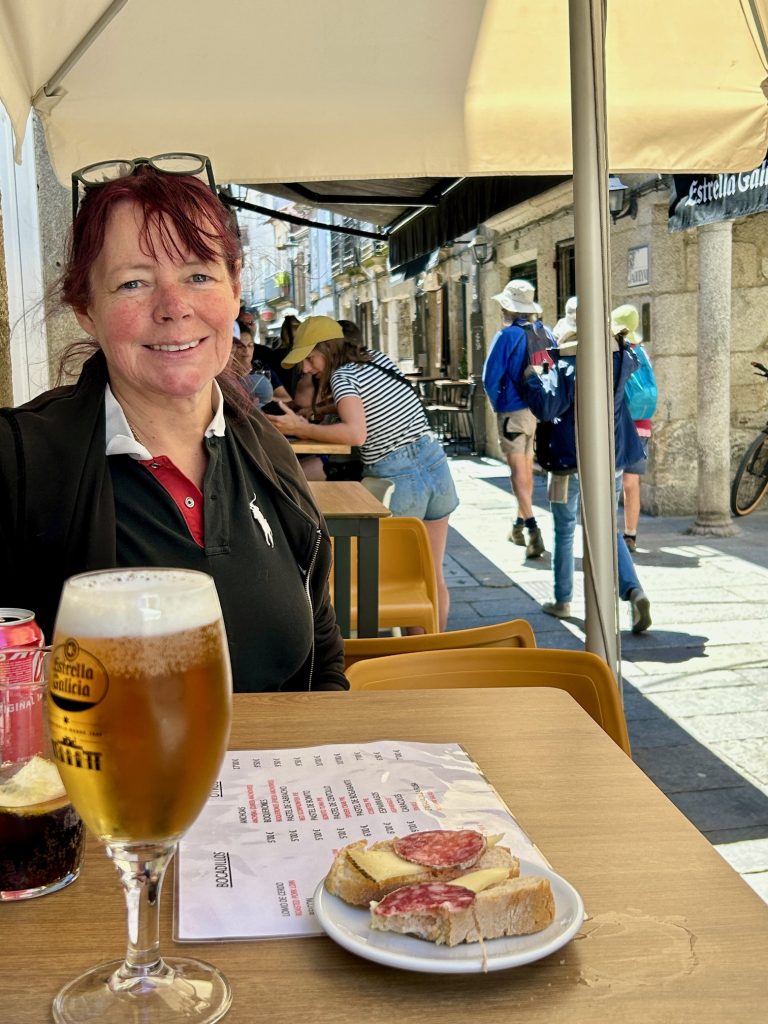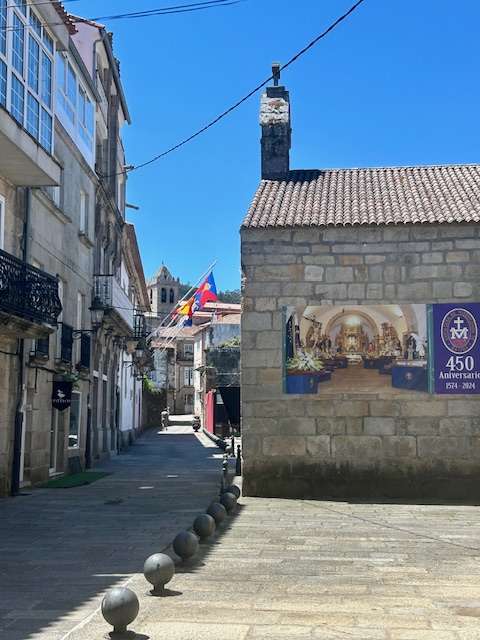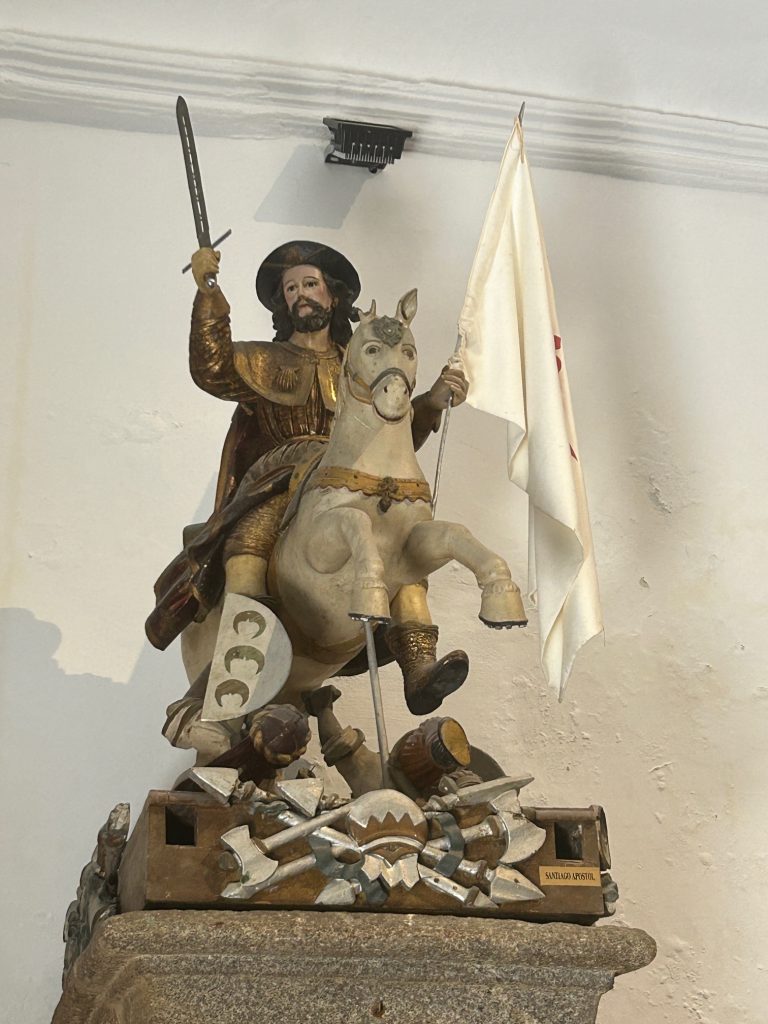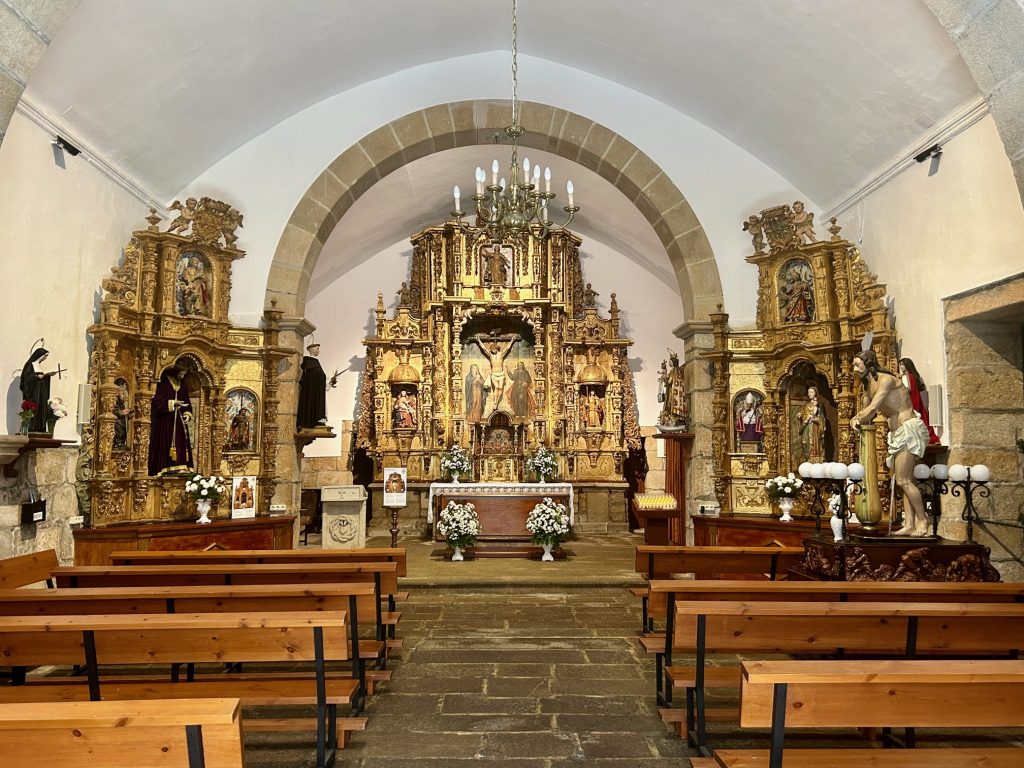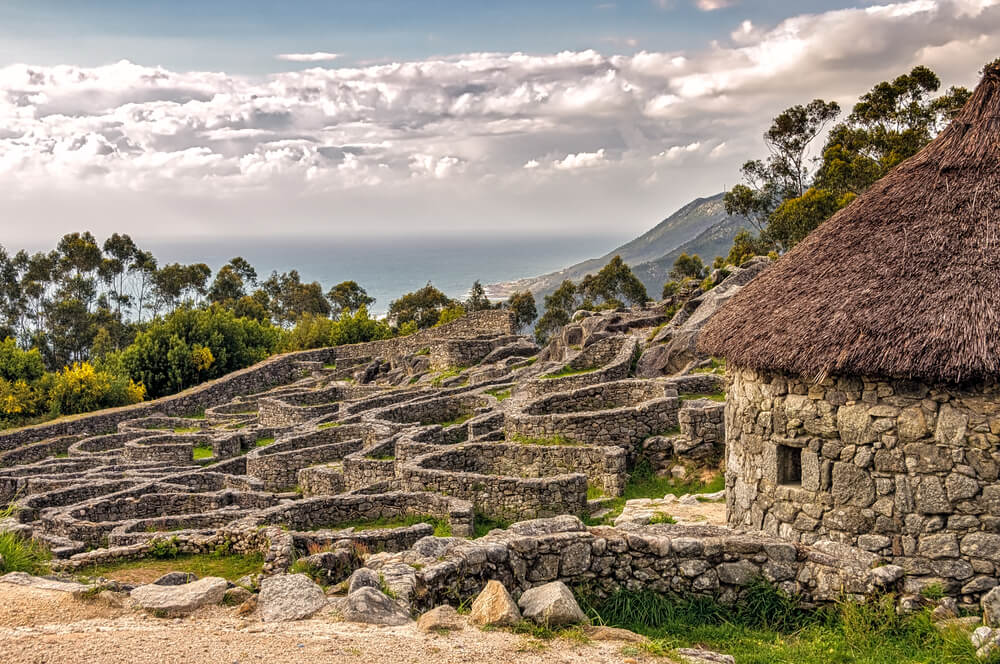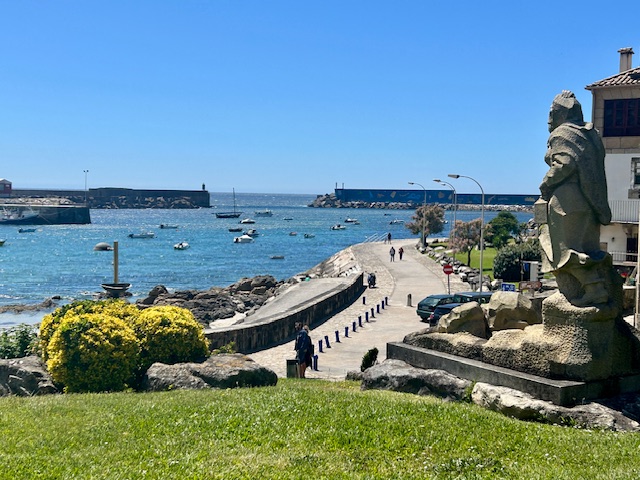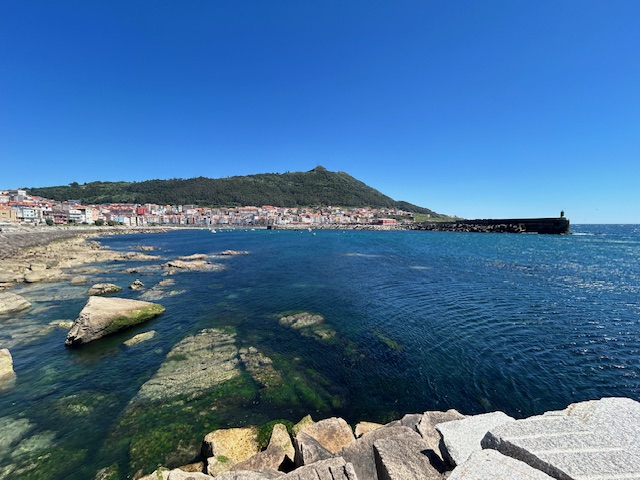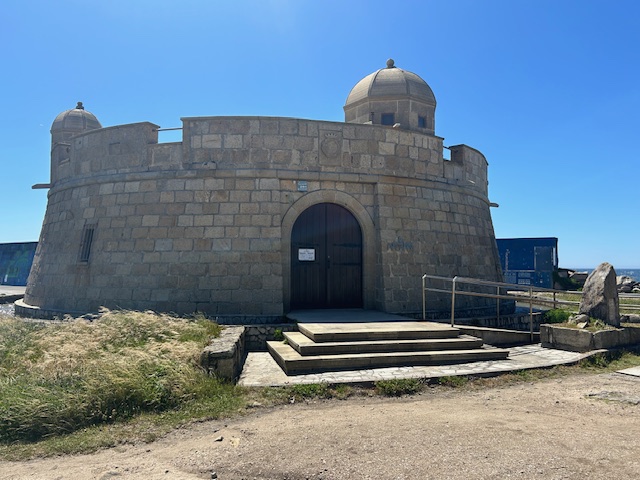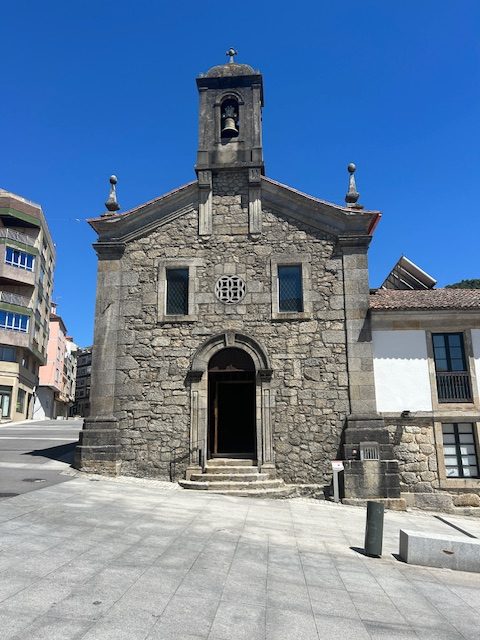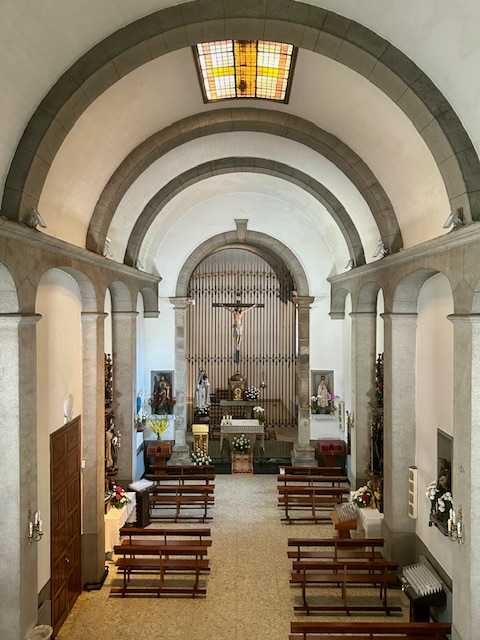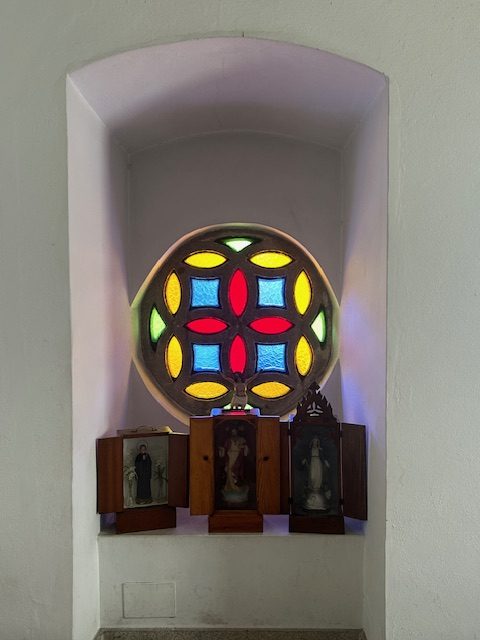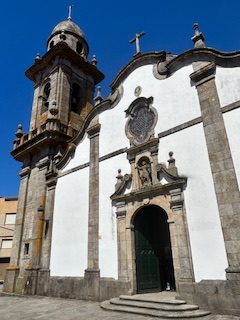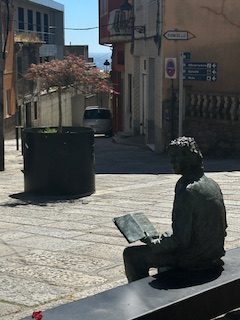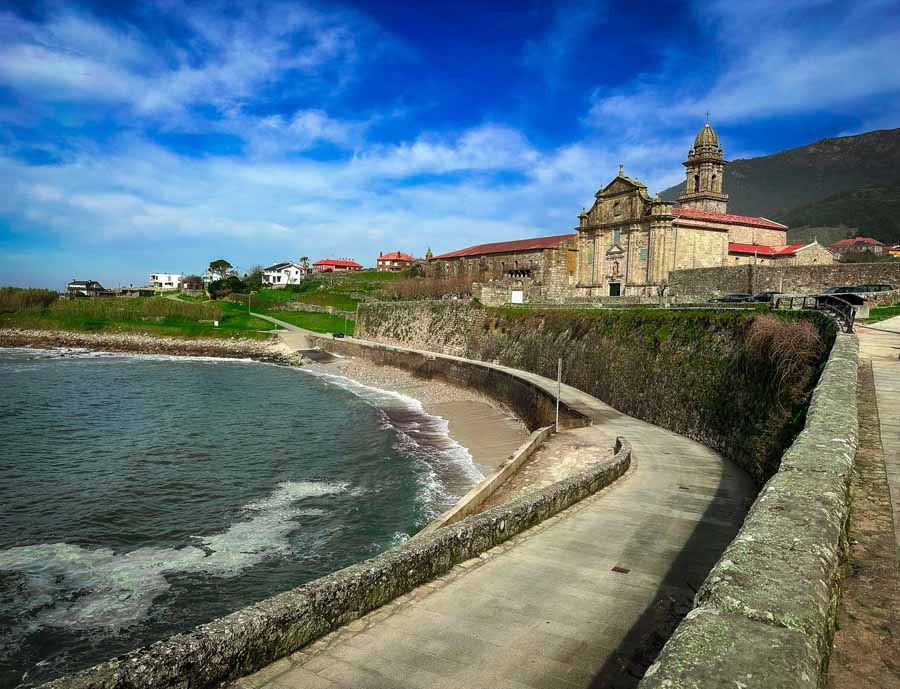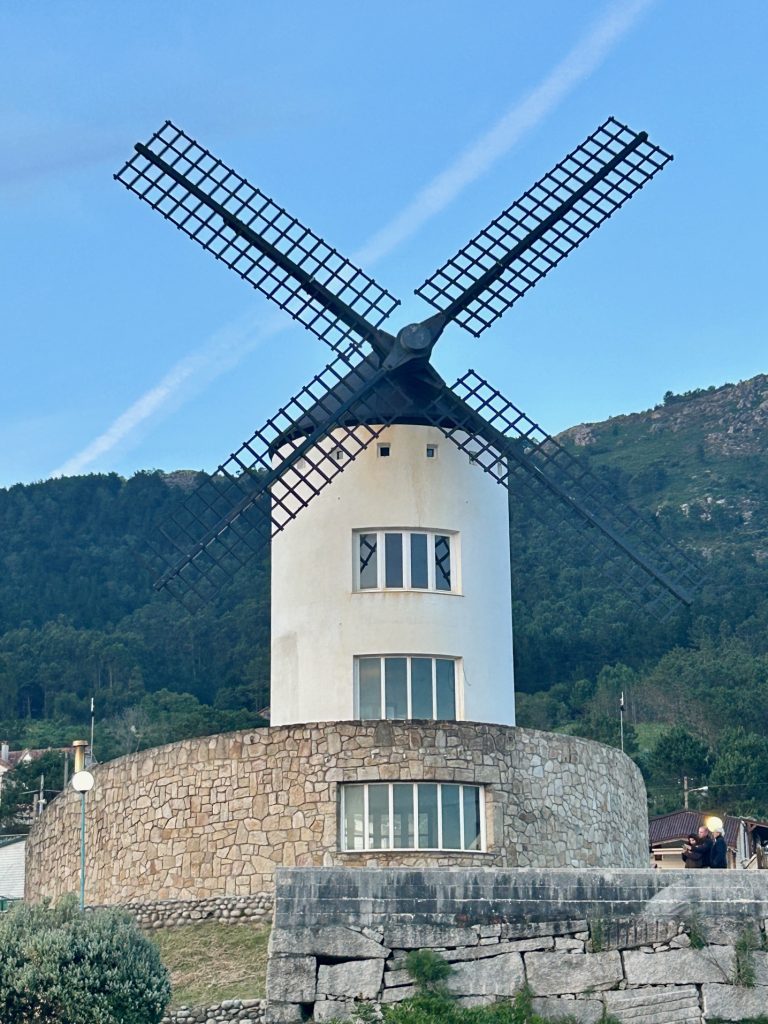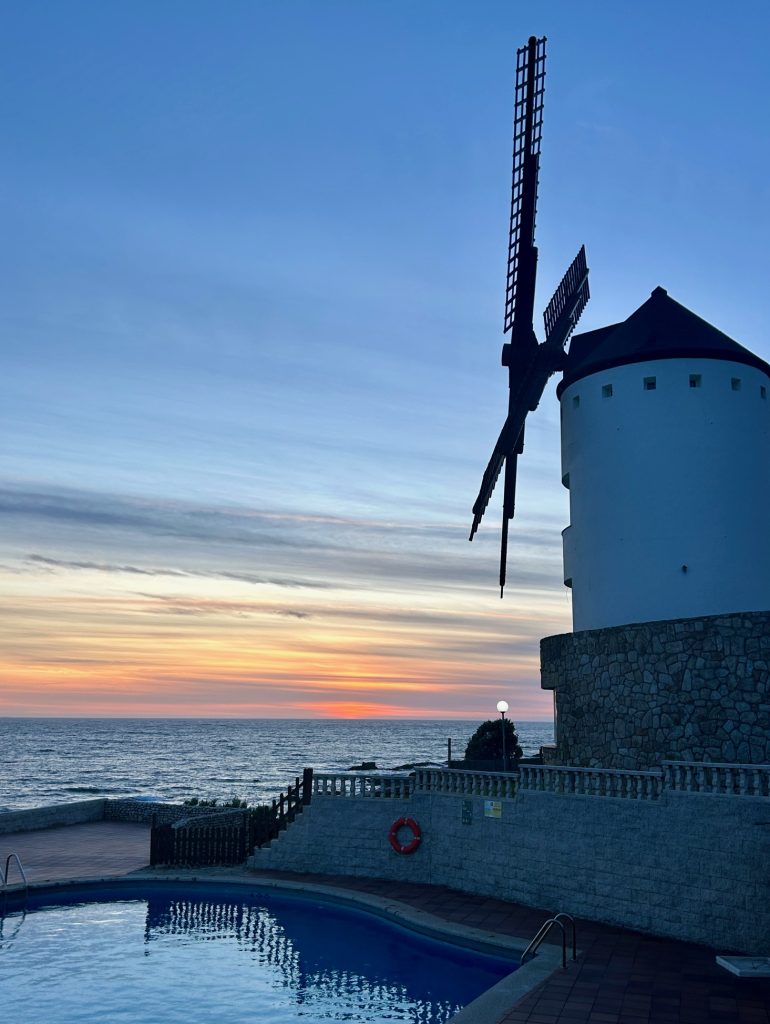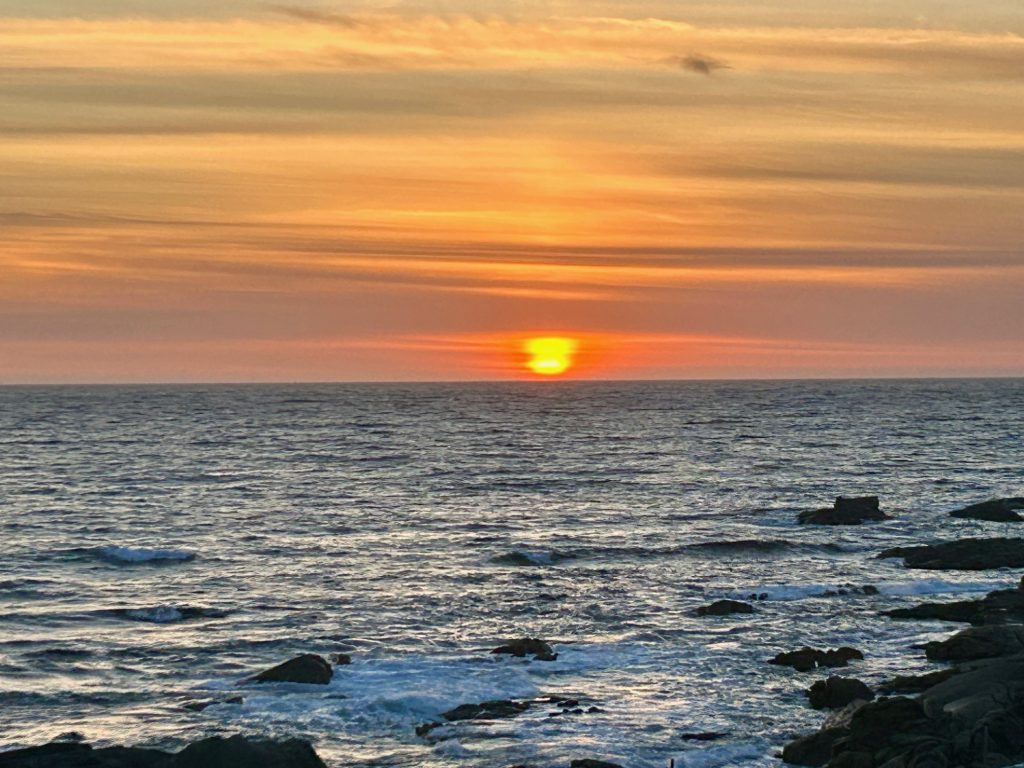It was an hour’s drive to the small town of Llanca on Spain’s Costa Brava. We were to stay a couple of nights and then cross the border into France to meet some friends who live in the Aude Department of Occitanie.
Together with nearby Cadaques and Roses, Llanca was a tiny fishing village until tourism took over. With 5,000 inhabitants it has doubled in size over the last fifty years but, although it lives in the shadows of Cadaques and Roses, it is a beautiful and picturesque little town with many attractive beaches.
After parking the Van at Camping L’Ombra I set off to Llanca’s old town.
There is little left of Llanca’s erstwhile medieval centre, the town having suffered considerable bombing during the Spanish Civil War but, what remains is concentrated around the Placa Major – that’s the 18th century Parish Church (Parroquia Catolica de Sant Vicenc), the tower of an earlier 14th century church, the remaining tower and some of the walls of the 14th century Abbot’s Castle-Palace (the Torre de l’Homenatge) and the ‘Tree of Liberty’ planted in 1870.
There is also a bar with tables set underneath the huge Plane tree which is the Tree of Liberty and I found time to sit there with a beer to both reflect on what I had seen and plan the rest of my route around Llanca.

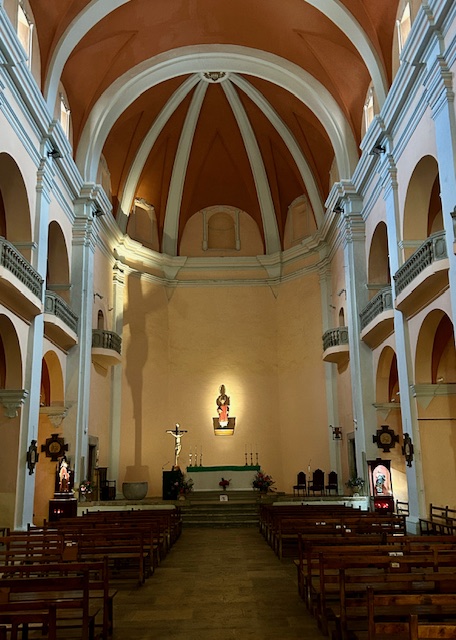
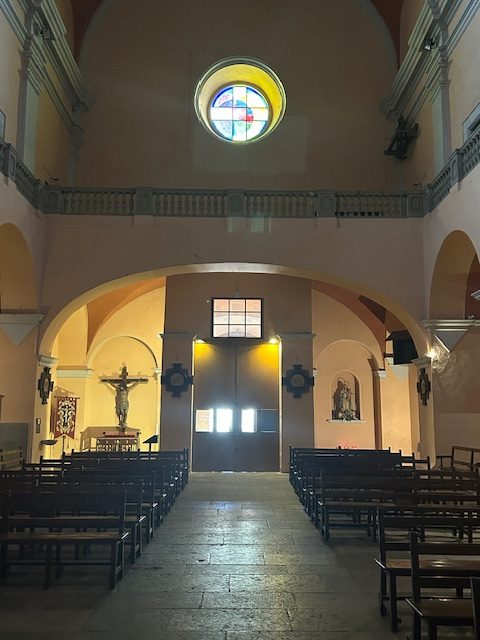

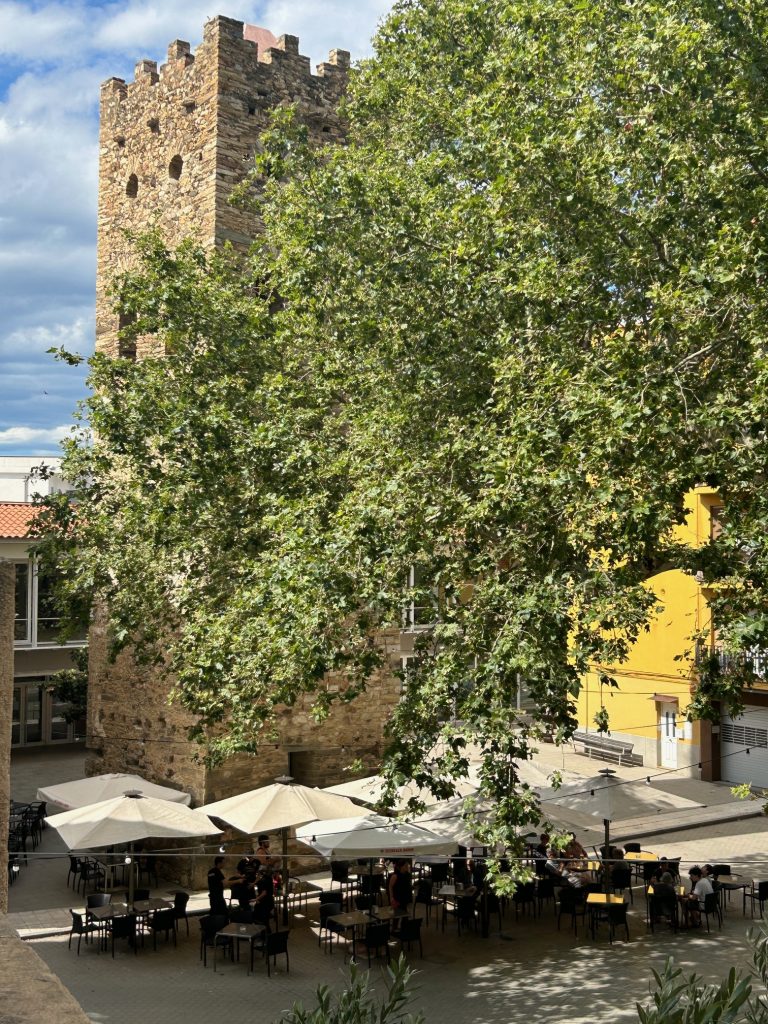
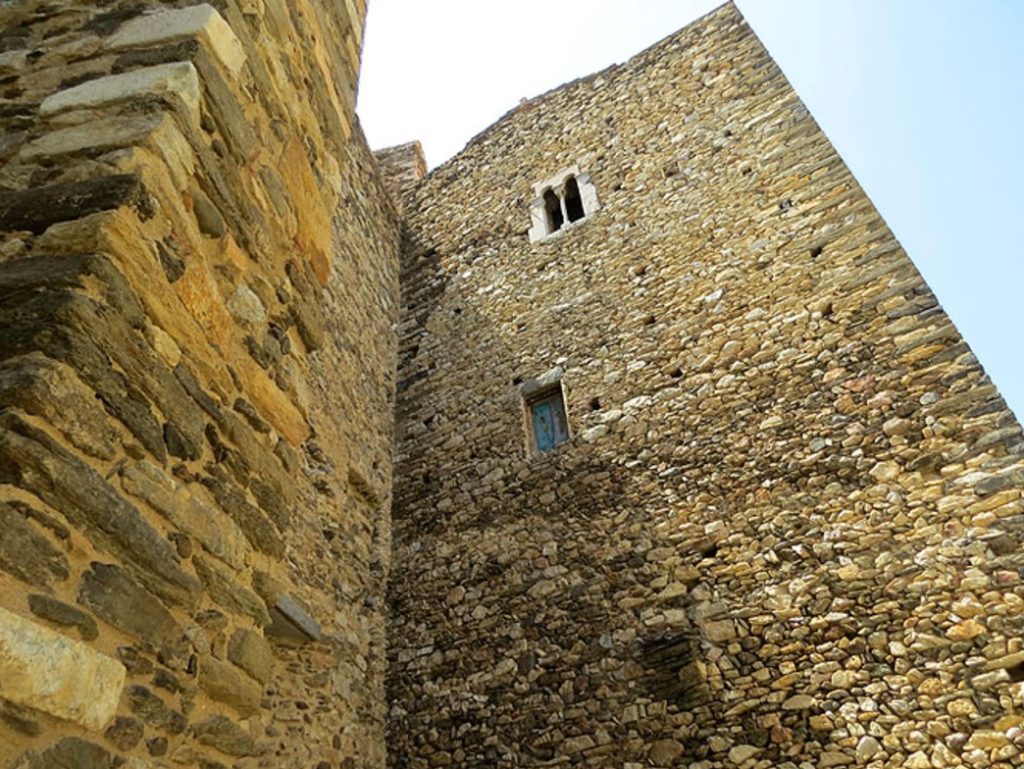

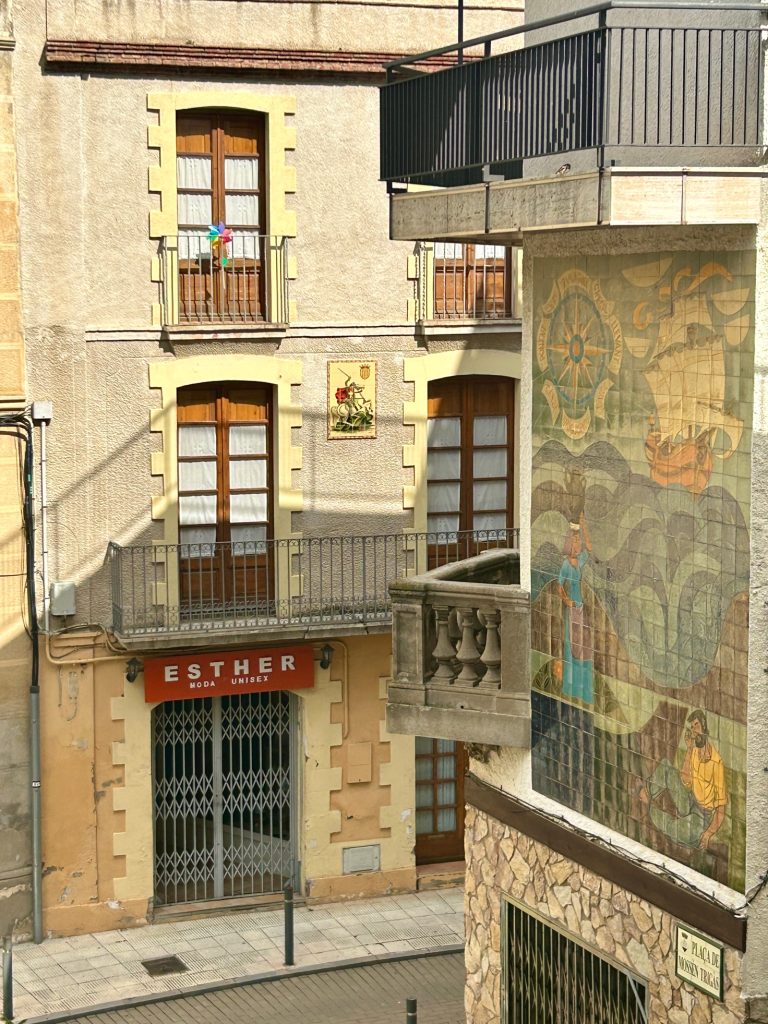
After a further short wander around the old town and then the port, I made my way back to Camping L’Ombra. The dogs wanted walking and Vanya and I needed feeding.
I mentioned perviously that this part of the Catalan coast is renowned for it’s food (see last years post on Roses) and we weren’t disappointed with the food served to us at a bar-restaurant named ‘El Floc’, which in Catalan means ‘the flake’. A lady we spoke to down at the port had recommended El Floc for it’s food, service and ambience and she was right on all counts.
El Floc is a modern, clean and very popular restaurant on Avenida Pau Casals. It was busy as we arrived but we secured the last empty table on the terrace at the front of the restaurant and, over the next couple of hours, enjoyed a really pleasant late lunch. The food wasn’t cheap but it was good value, being very tasty and beautifully presented. My starter, Scallops with a Trumpets of Death Parmentier, was outstanding and as for Vanya’s dessert of Strawberry Soup… she adored it.
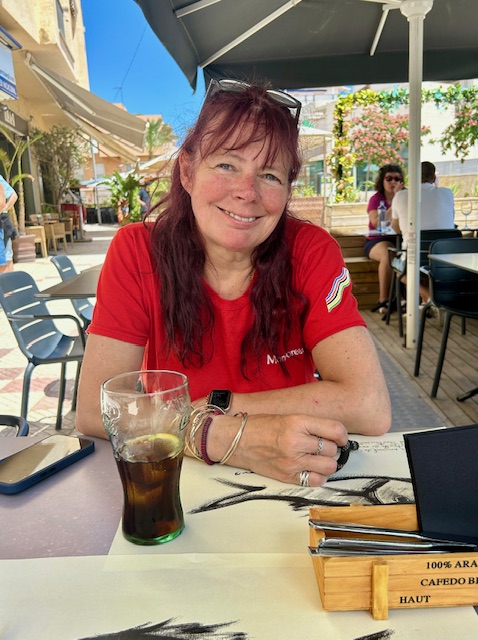
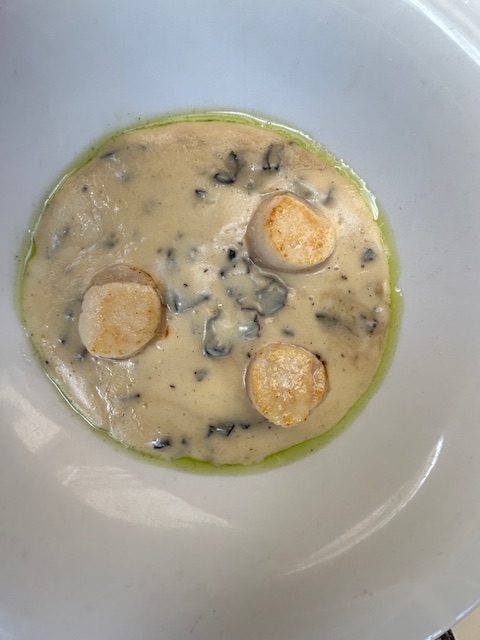
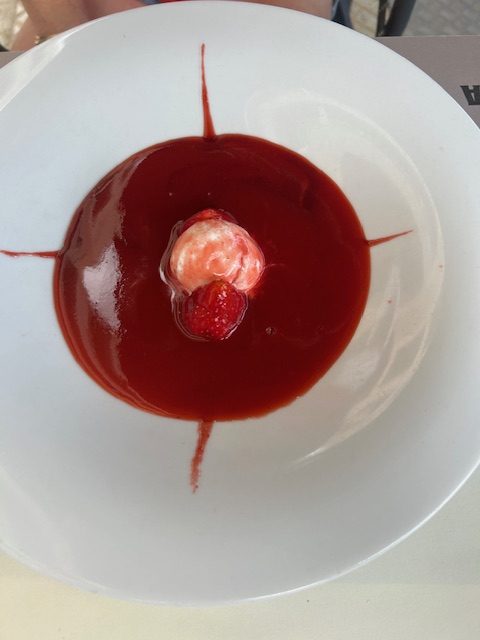

The next day I set off to explore some of the beaches around Llanca. First I headed south from Llanca in the direction of El Port de la Selva to the beach at Cap de Bol. I enjoyed the walk and would have continued on beyond El Port de la Selva to Cadaques but there was insufficient time. Instead I retraced my steps to Llanca and then walked north along the coast taking in the beaches of Platja del Port, Platja de L’Argilera, Platja de San Jordi, Platja de L’Alguer, Platja Sota del Parador and Platja de Grifeu. There are some 23 different beaches in the vicinity of Llanca and they vary enormously but all have something about them.
The Platja del Port is the largest of the beaches visited during the course of the day, measuring some 425 metres (by 30 metres) between Llanca’s port area and the mouth of the River Valleta. Unsurprisingly, the Port Beach is the busiest of all those in the area and it is lined with bars, restaurants and shops. The sand is coarse but, like the water in this area, it is very clean; so much so that the beach has been awarded a Blue Flag. Further north, the smaller Platja de Grifeu with it’s fine sandy beach also has a Blue Flag and it is my favourite. I sat for an hour outside one of the two bars on the Grifeu just sipping beer and chilling. Most of these beaches are small and are to be found in inviting, unspoilt little coves with crystal clear water and mountain backdrops.
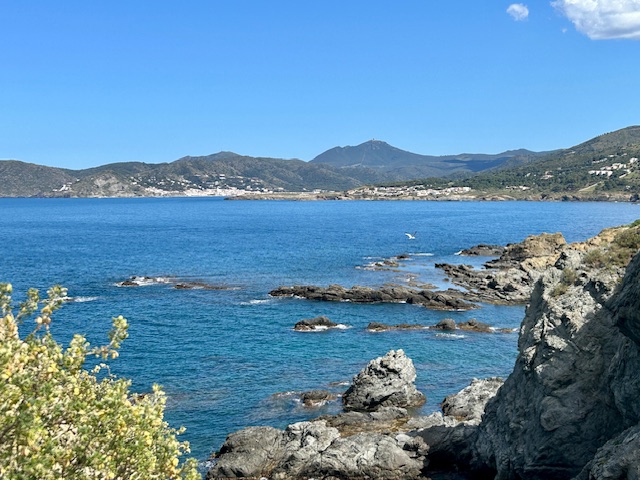
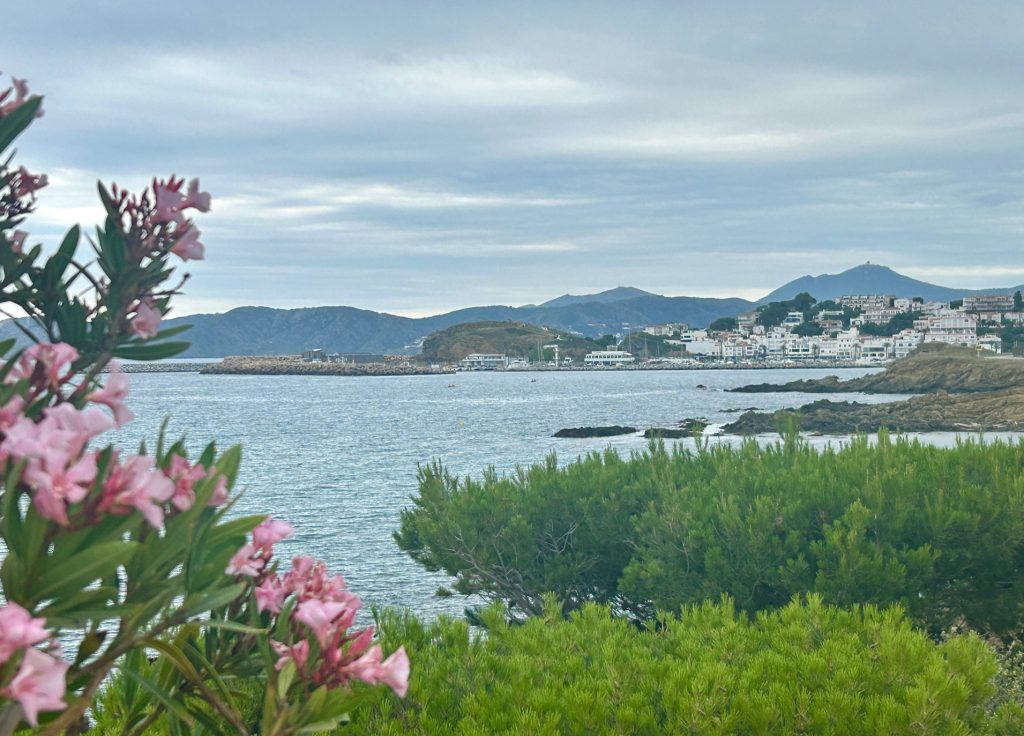
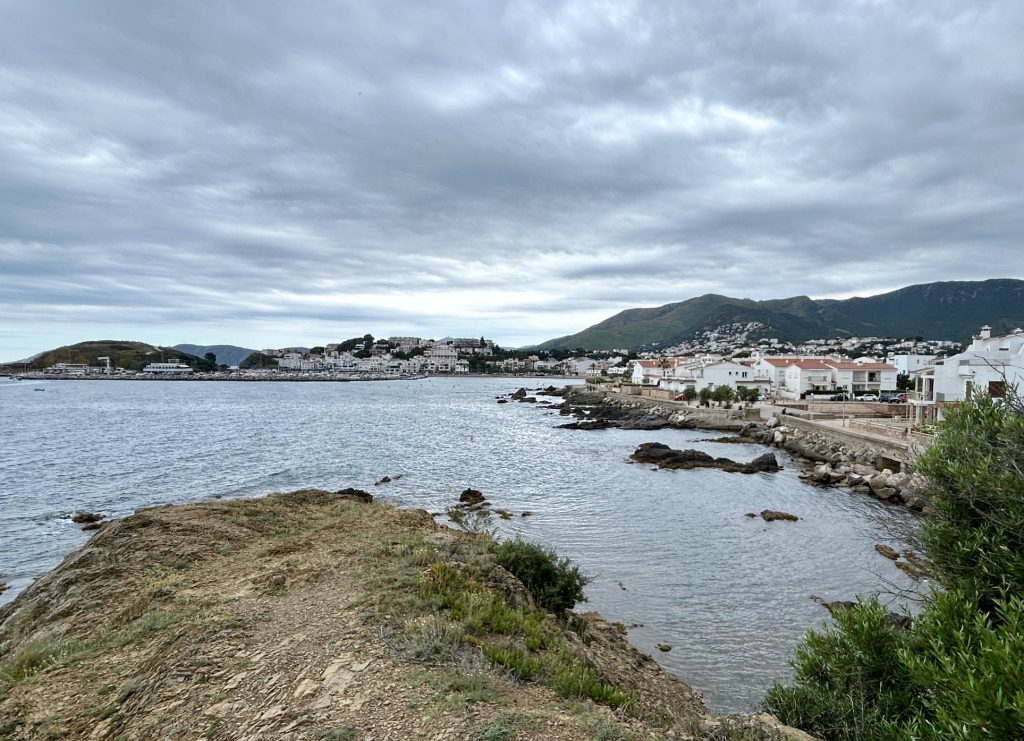
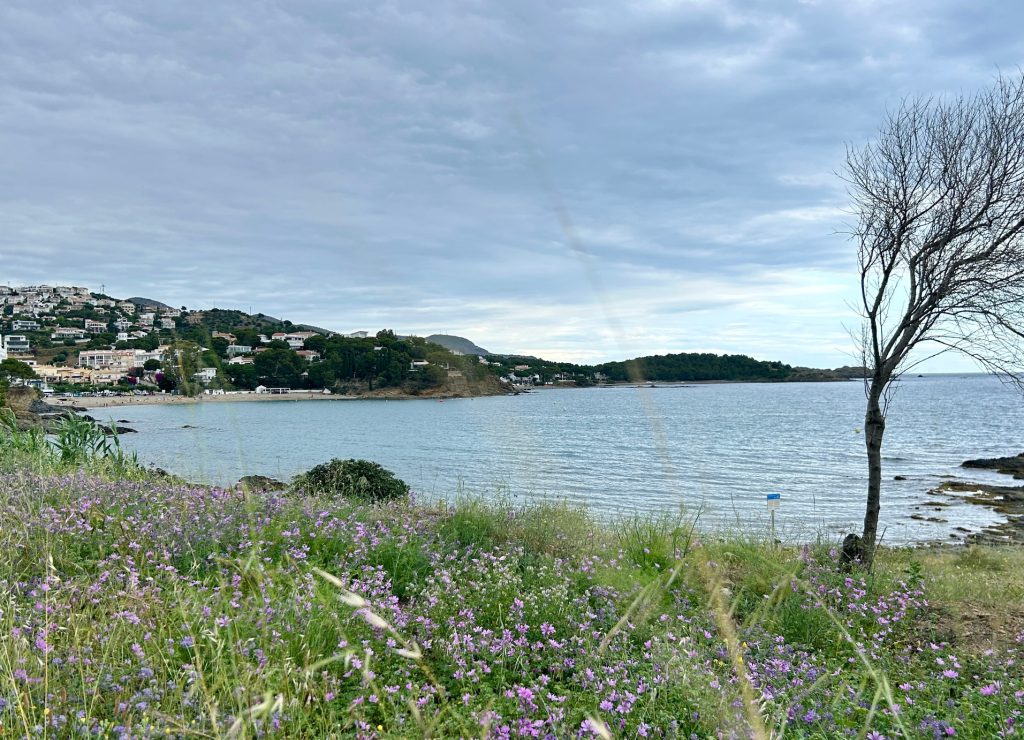
One beach that I didn’t reach but will visit in the future is to be found at the remote pocket sized cove of Cala Bramant, some two miles north of Llanca. Platja Bramant is a small pebble beach with a narrow opening to the sea. It’s crystal clear water offers interesting snorkelling and is best visited in the morning when the tide is high and the beach is quieter.
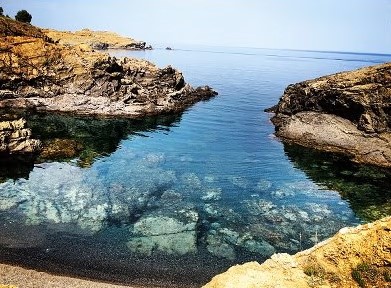
Reading back that which I have written so far it perhaps appears I have been rather restrained with my thoughts regarding Llanca. Let me explain. The facts are that (i) Catalonia, especially in the north, has many pretty coastal resorts and I cannot, in all honesty, rank Llanca amongst the best and (ii) many of the Region’s towns have considerably larger and more interesting medieval quarters whereas; little remains of Llanca’s old town (not least because of damage caused to the town during the Carlist Wars and the Spanish Civil War) and (iii) as good as the food is in Llanca (and with apologies to El Floc and Els Pescadors), Llanca is a small town with nowhere near enough restaurants to compete with the likes of Barcelona, Blanes, Casamar, Miramar or either of Roses or Cadaques (where Michelin Stars abound). Nevertheless, I like Llanca and I will definitely return to the town.
Out of season, and this is a real plus, Llanca is nowhere near as crowded with tourists as the other towns I have mentioned in this post. Moreover, it offers an almost perfect balance in terms of things to do being (i) it’s proximity to other interesting towns and villages in Catalonia and (ii) it’s walking and/or hiking opportunities along the rugged and rocky coastline of the Costa Brava* and (iii) it’s many and varied beautiful beaches** and (iv) it’s wonderfully fresh food and drink and (v) the warm and inviting welcome afforded by the locals. Best of all, it is a great place to chill.
FOOTNOTES to Llanca Blog:-
* Coastline Catalonia has more than 500 kilometres of wonderfully rugged and rocky coastline, 160 kilometres of which form the Costa Brava and include the Camino de Ronda (and not forgetting the GR 92 which connects Porbou on the French Border with the Pont de L’Olivar where Catalonia meets Valencia). The well maintained coastal paths around Llanca provide for a range of spectacular sights (soaring sea cliffs and impressive rock formations, headlands with scenic panoramas, sheltered bays and shady forests, etc).
** Beaches There are 100+ beaches and coves on the Costa Blanca alone, 32 of them with Blue Flags. Many have all the facilities one would expect of seaside resort (restaurants, bars, deckchairs and showers, etc) while others are hidden and often deserted). The beaches and coves around Llanca are a stunning mix of gently sloping golden sands and sheltered rocky coves, all with clear calm sparkling water. I was going to include ‘warm’ in that description but no… not in June. Not while I was there.
And so to France…

